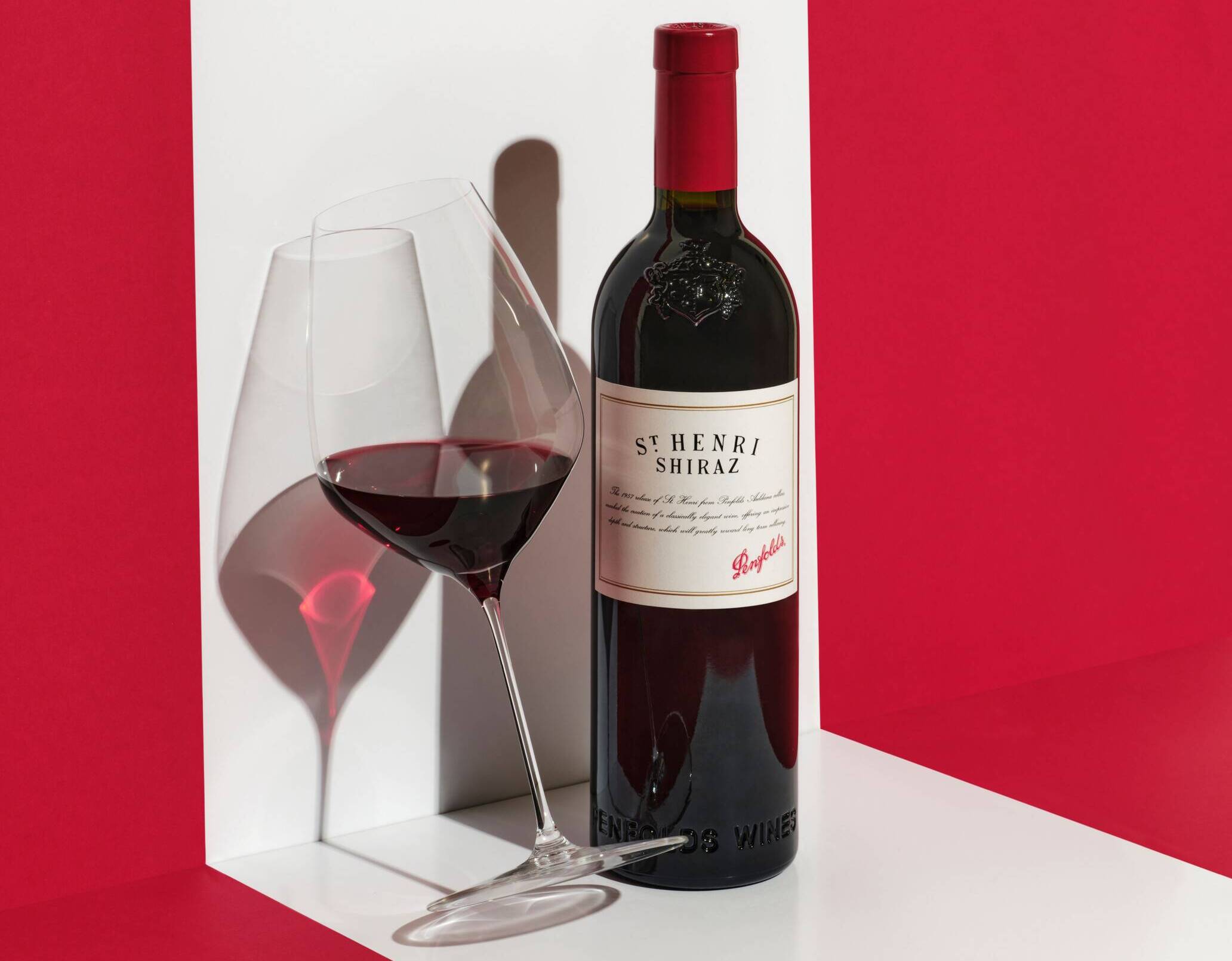
A collectable Penfolds St Henri bottle
It’s a given: when you gain enough wealth, you start to collect what interests you. But what really drives the collector of wine, art, watches or cars? Immediately below, LUX Editor-in-Chief Darius Sanai, himself a collector, gives his views; and then we speak to some prominent figures in each of those worlds, including the chief winemaker of luxury wine house Penfolds, who is also a collector, for their own, unique, analysis
Is collecting – wine, art, watches, cars, anything – about passion, investment, obsession, love, show? It can be about any or all of these, sometimes with a serious splash of philanthropy thrown in (and more than occasionally, a dash of kleptomania).
One definition of collecting might be having more of any single category of object than you can ever make use of. No serious wine collector, however bibulous or generous, will ever be able to consume their entire collection. A car collector will have desirable and much loved cars that they don’t drive for months, sometimes years, due to lack of time. Art collectors, who have the luxury of being able to display all their works simultaneously, frequently don’t have the space to do so.
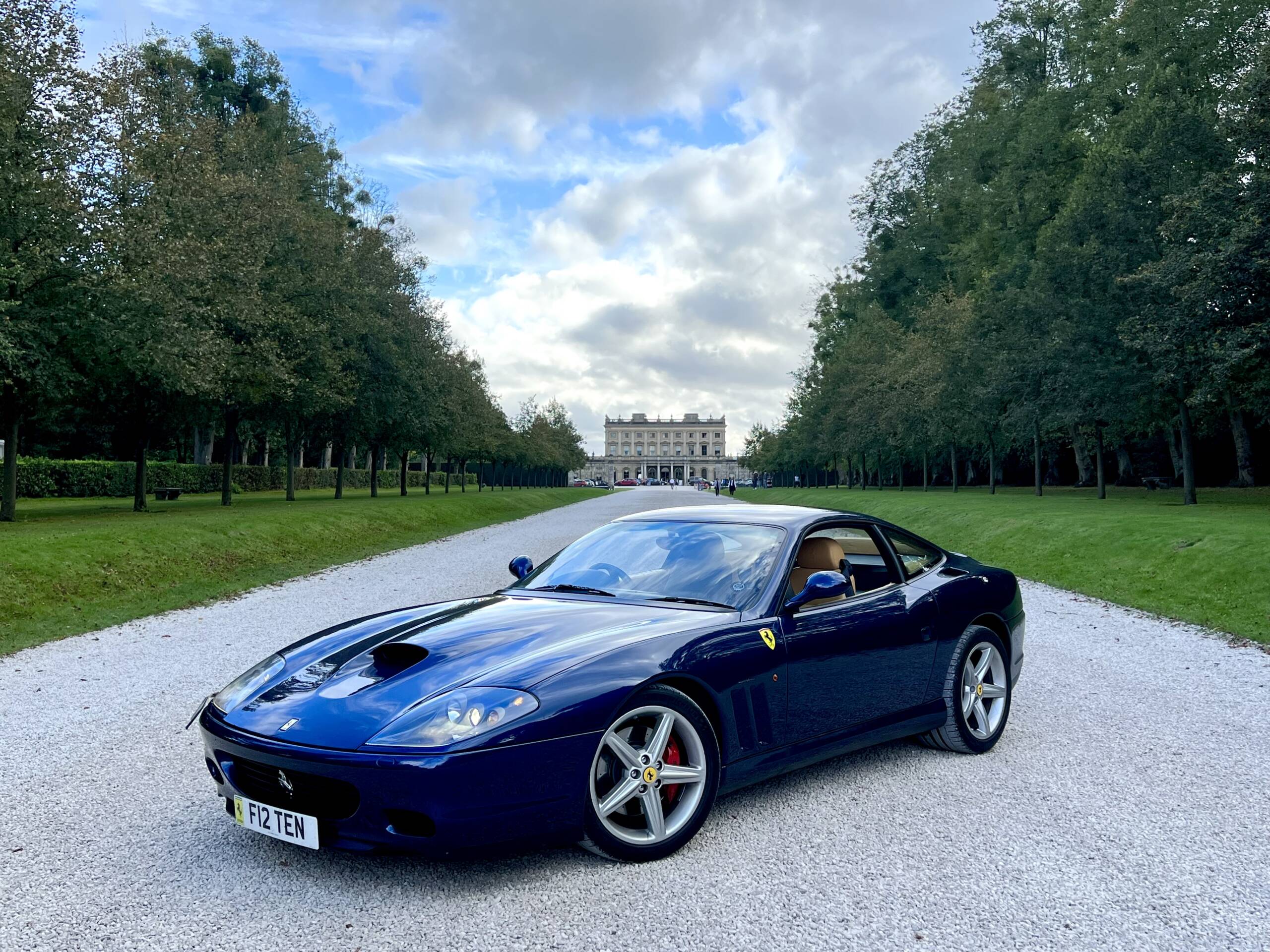
A rare, manual transmission 2004 Ferrari 575M with Fiorano race handling package, from the collection of Darius Sanai. Photographed at Cliveden House, one of England’s most sophisticated luxury hotels
What I love about collecting – and I indulge to different scales in all the categories above – is that it is essentially human, in that it is quite irrational. Why have more of something than you will ever make use of, and still spend your time and energy acquiring even more of it?
It’s usually not about investment. Sure, most smart collectors have a hope that there will be a financial upside to their acquisitions. And it can be very lucrative: fine-wine prices have increased by between 300 and 400 per cent since 2000, more for some special wines. The great classic cars have rocketed in value. And everyone knows how superstars emerge onto the art market. But very few collectors of anything have investment as their primary motivation.
What you need more than anything else to start a collection is passion. And perhaps a hint of obsession. I bought my first bottle of wine as a student, driving a little French sports car through Burgundy. It’s still there, as a kind of founding stone, which is pointless, really. My first significant artwork was acquired from a group show I attended in Italy in the late 1990s; the then barely known artist has since become very famous, but I bought it because I liked the artist.
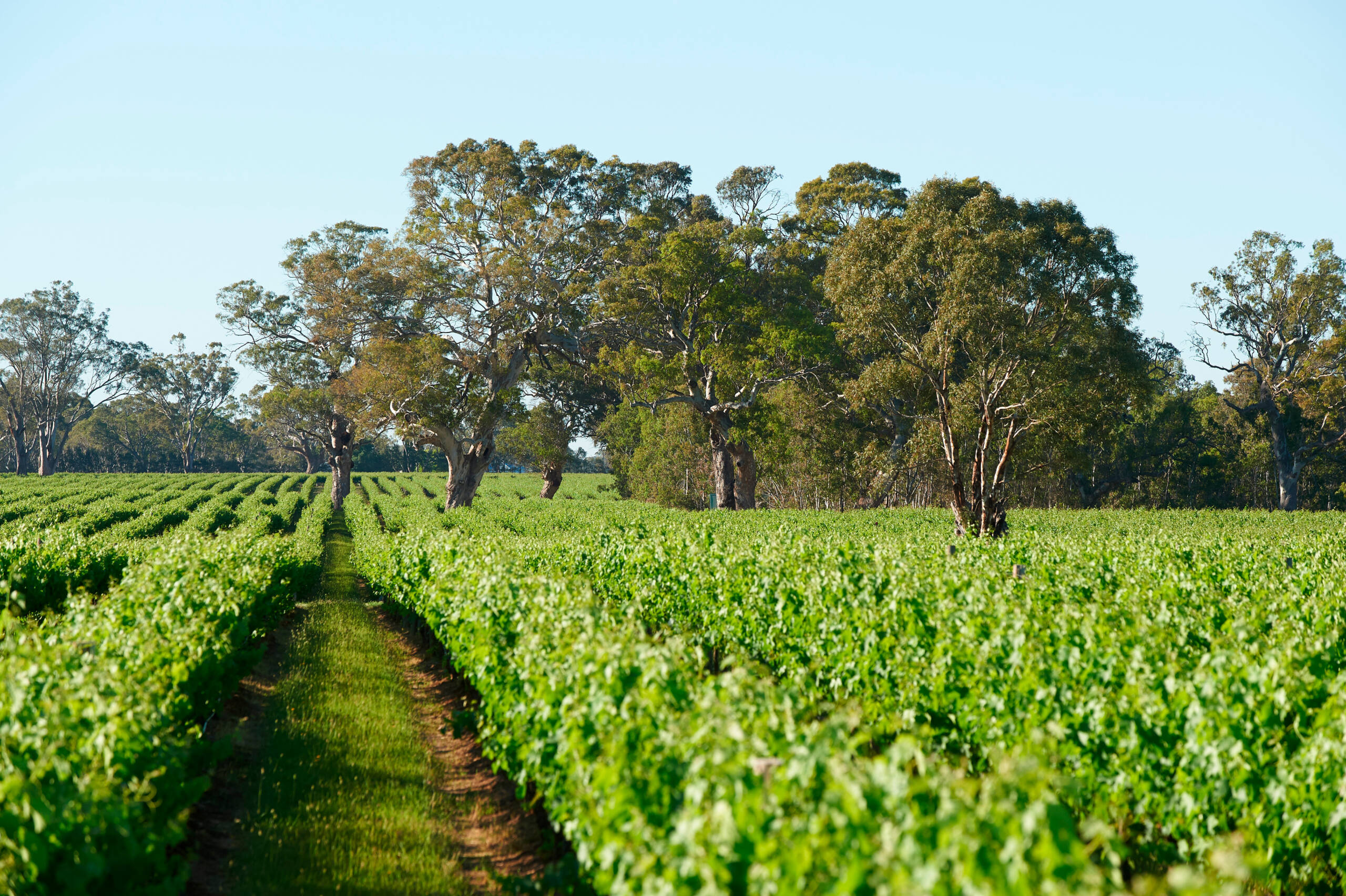
A vineyard at Wrattonbury, Australia, whose Cabernet Sauvignon grapes are used in Penfolds’ now-legendary Bin 707
Passion leads to exploration, education and expertise. The greatest collectors make the market. But, ultimately, collecting is about enjoyment: the art on the wall of the private museum, a different watch on your wrist every day, a great wine shared with friends.
In this, wine is in a category of its own, because when you enjoy it you consume and destroy it. My Penfolds collection (I bought my first Penfolds Bin 707, a case of the 1992 vintage, in the late 1990s) is depleted because it is so delicious. It makes opening a bottle more special than gazing at an artwork or climbing into your favourite classic Ferrari, as it’s all about taking a moment in time to enjoy a bottle made at a moment in time and that will never exist again. Good health.
Darius Sanai
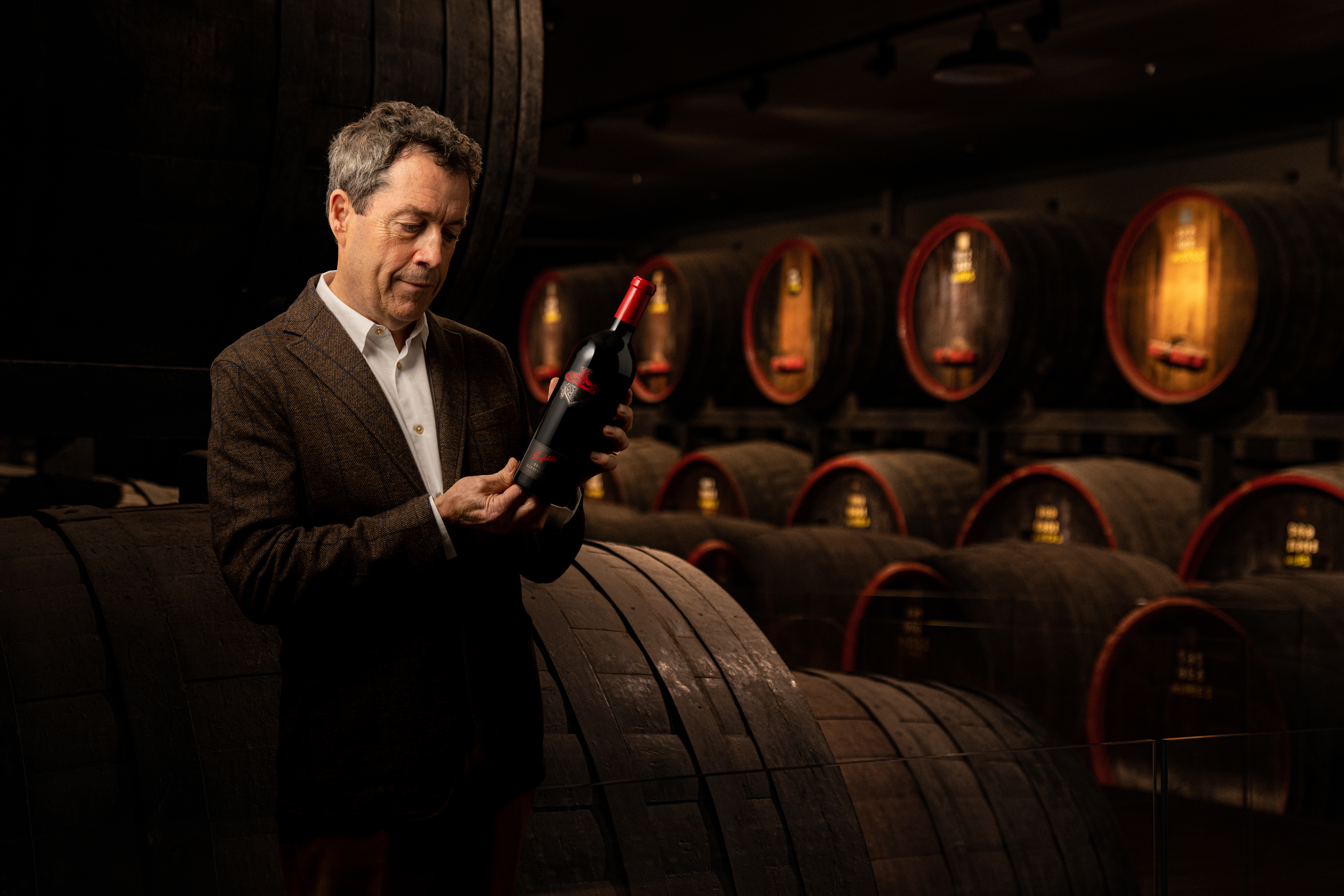
Peter Gago, Chief Winemaker of Penfolds, is also an art collector
THE WINE CREATOR: Peter Gago
Chief Winemaker at Penfolds, Peter Gago is the maker of hyper-collectable wines such as Grange. He is also a passionate observer of the wine market
LUX: What would you say makes a wine collectable, rather than just good?
Peter Gago: Just as beauty is in the eye of the beholder, wine quality and appeal is palpably subjective. However, global third-party endorsement – scores from highly regarded critics – do anchor a wine collectability index. Coupled with a great story, track record, rarity, historical secondary- market appreciation, the collectables follow. This humble collector also collects many elusive “good” wines that still improve in the cellar and reliably deliver alluring secondary and tertiary maturation characters over time.

A Penfolds Grange 1953 at the brand’s Recorking Clinic: in its early days, it was known as Grange Hermitage. This bottle is almost priceless
LUX: A number of Penfolds wines have become collectable over the past years. Did you expect this to happen when you made them?
PG: At Penfolds we aspire to craft wines with a propensity to cellar, that mature gracefully over time. We also retain a culture of releasing Special Bins that by their very nature are rare, smaller-volume, high-quality intermittent releases, which can only be created in stellar vintages, allowing our other wines not to be short-changed or compromised. Our flagship wines – Grange, Bin 707, Yattarna – are rewardingly and intrinsically collectable. “Baby Grange”, Bin 389 Cabernet Shiraz, remains an affordable collectable – regularly and officially listed by media as the most cellared red wine in Australia.
Read more: Prince de Galles, Paris Review
LUX: Can a buzz about a wine among collectors happen unexpectedly, for example, after a particular auction sale or article, or a celebrity collecting it?
PG: Most definitely. The catalysts of the next big thing and early entry are what speculators across all collectables (and the stock market) try to ID and second-guess. Consolingly, the classics still deliver, but you pay for what you get. Courage, gut feel and risk-taking should be part of the collector’s cerebral toolkit. Celebrity equals awareness, not necessarily reward.

Highly collectable Penfolds Grange in the cellars at Magill Estate
LUX: Can a wine become too collectable, meaning it is only traded and stored, never consumed?
PG: I don’t think so. Ultimately, almost all wines are poured, albeit some unfortunately after their use-by. The more expensive, oftentimes the greater the deliberation. Having said that, many great wines are cellared for decades awaiting an optimal moment in time within the expected drinking window. And, only very occasionally, some wines from lesser vintages are retained for pure collection purposes only – to chronologically complete collection sets.
Follow LUX on Instagram: luxthemagazine
At Penfolds Recorking Clinics, which we have hosted globally now for over 33 years, we witness first-hand the good, the bad and the ugly of collectability pursuits. Collectability and cellarability go hand in hand. So many collectors collect but don’t protect their investment by cellaring properly. And, not to forget, older, more fragile vintages don’t appreciate travel or movement, whether traded or not.
LUX: Which four Penfolds wines would you call out especially as collectors’ items and why?
PG: First, what is the current and available must-buy, smart-money, insider-buy Penfolds collectable – and a cult wine in the making? Without hesitation, the 2018 Penfolds Superblend 802-B Cabernet Shiraz. Why? All the “Y”s align.
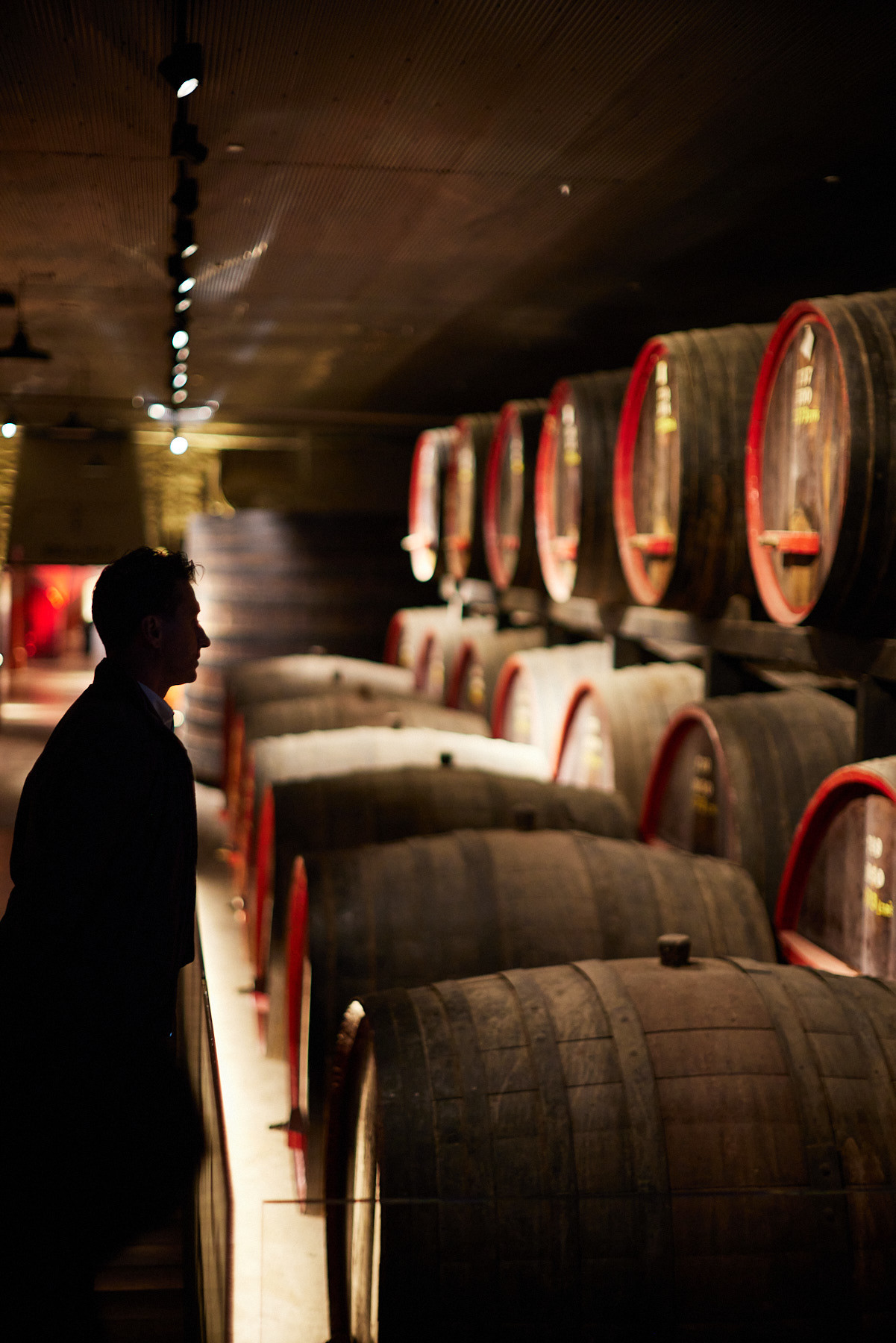
Penfolds St Henri barrel hall, Magill Estate
Quality: very high. As an indicator, all its global scores are in the high 90s. A1-grade fruit, stylistically different to that of Grange or Bin 707, yet at a similar quality level. Rarity: of a significantly lower volume than our flagship, Grange. Not released every year, so no 2019, 2020 or 2021. French oak maturation only. Synergy: blending Cabernet Sauvignon and Shiraz is a time-proven magical Australian wine blend, one with a proven track record of high quality and cellarability. Symbolically: this 2018 vintage is the first release (always over-delivered). There will probably be only two to three releases per decade, if the weather gods oblige. Affordability: it’s not cheap, yet not too “silly” a price, AUD$900 (£461) per bottle.
Significant appreciation to be expected once collectors find out. Supply and demand will then drive secondary-market pricing. Don’t tell too many friends. The other three I would choose? Easy, deliberately across style and pricing: Grange, usually the older the vintage the better; St Henri, pick the right vintage; Bin 389, in most vintages buy cases, not bottles, and your children and friends will thank you.
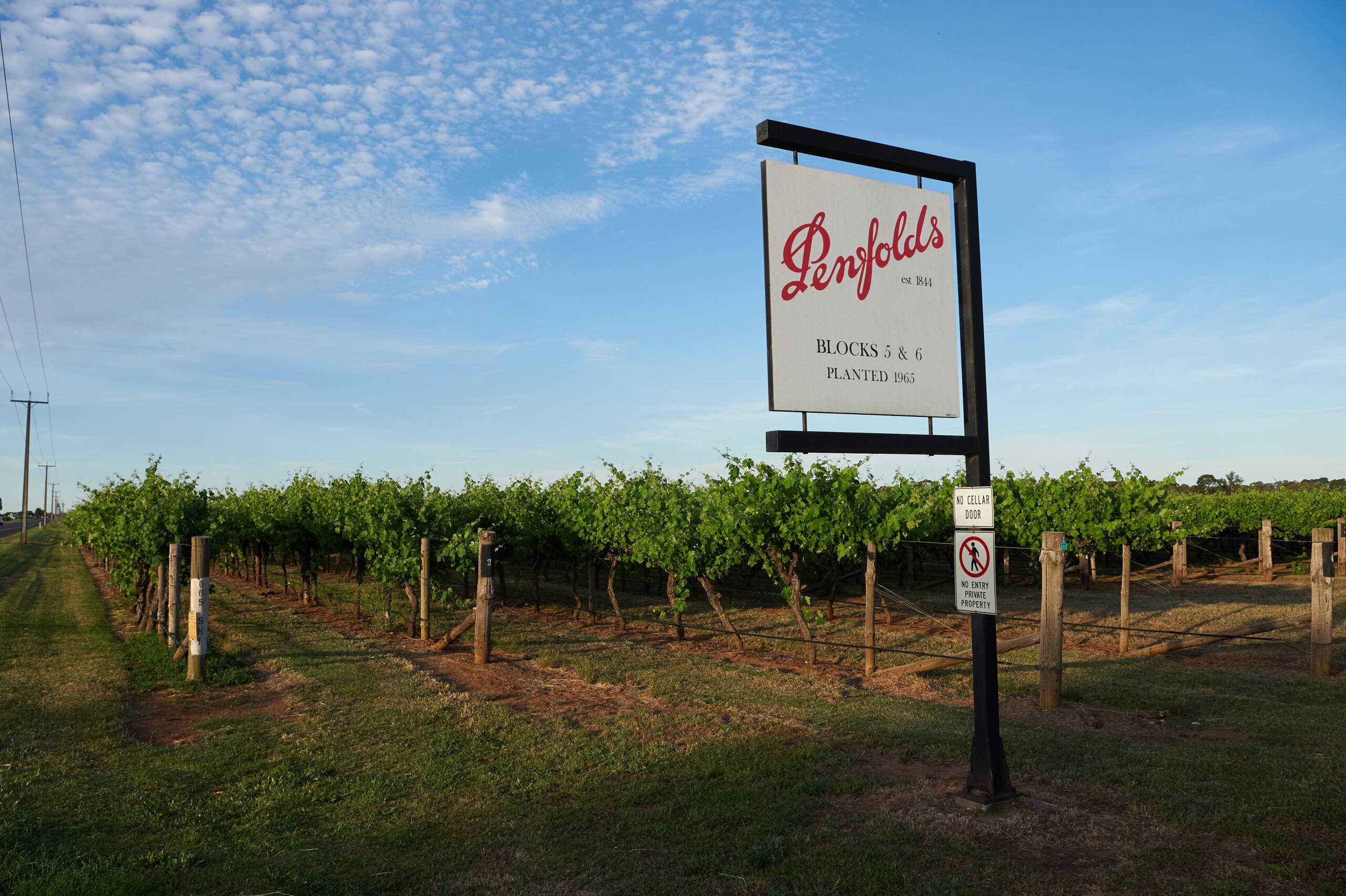
A Penfolds vineyard. Almost uniquely among the world’s greats, Penfolds top wines are made from a blend of different terroirs, which can vary year on year; some are even made from a combination of vineyards on different continents
THE WINE COLLECTOR: Adam Smith
Based in Western Australia, Adam Smith has been collecting Penfolds wines for more than ten years
LUX: Did I hear right that you had your first wine aged 13 because, being Italian, your nonno and nonna would give you small glasses of red?
Adam Smith: Exactly, from the age of 13. From that age, every time we would go to see them I remember having a little red wine, and if we went for dinner somewhere or at a restaurant, they would pour me a half glass of red.
Read more: How art is remediating environmental and societal damage from overdevelopment
LUX: Always with food, right?
AS: That’s exactly right.
LUX: Let’s fast forward, how did you embark on your Penfolds collecting journey?
AS: I went down to the local bottle shop, grabbed a bottle of Penfolds, tried it and absolutely loved it. I think my wife and I were playing a game of chess that night. I ended up buying more. As the wine had just been released, the girl behind the counter said, “Look, we need to keep some back for the tasting night!”
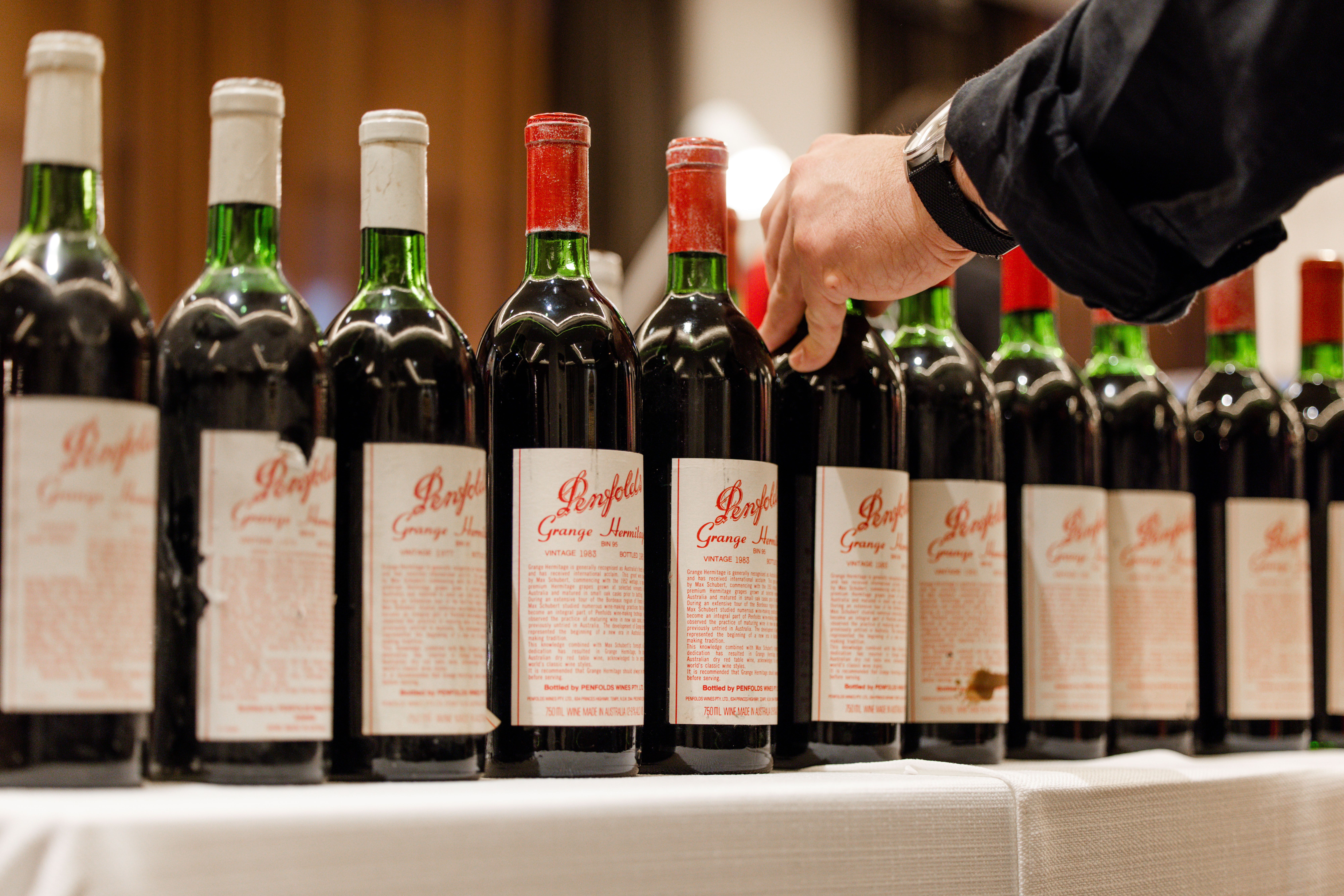
Rare and desirable bottles at the Penfolds recorking clinic
LUX: Do you have in mind what the occasion would be for drinking a wine when you buy it for your collection?
AS: It’s not really about special occasions for me. Right now, whatever I am buying, I just try to drink one now and keep some to see how it evolves over time.
LUX: What do you enjoy about collecting wine?
AS: What I like about wine is that you can drink something that was made at a certain memorable point in the past. In 1998, for example, I was in my first year of high school and I am now drinking wine from that era. It’s the closest thing to time travel. I like to associate wine that I collect now with certain dates in my life. So 2011 was a pretty bad year for wine, but my wife and I got married that year, so I have a lot of wine from 2011.
LUX: I hear you have bought an enomatic, the wine dispenser that enables you to have just a glass, or even less, of a bottle, without it spoiling the bottle. It’s a fantastic idea.
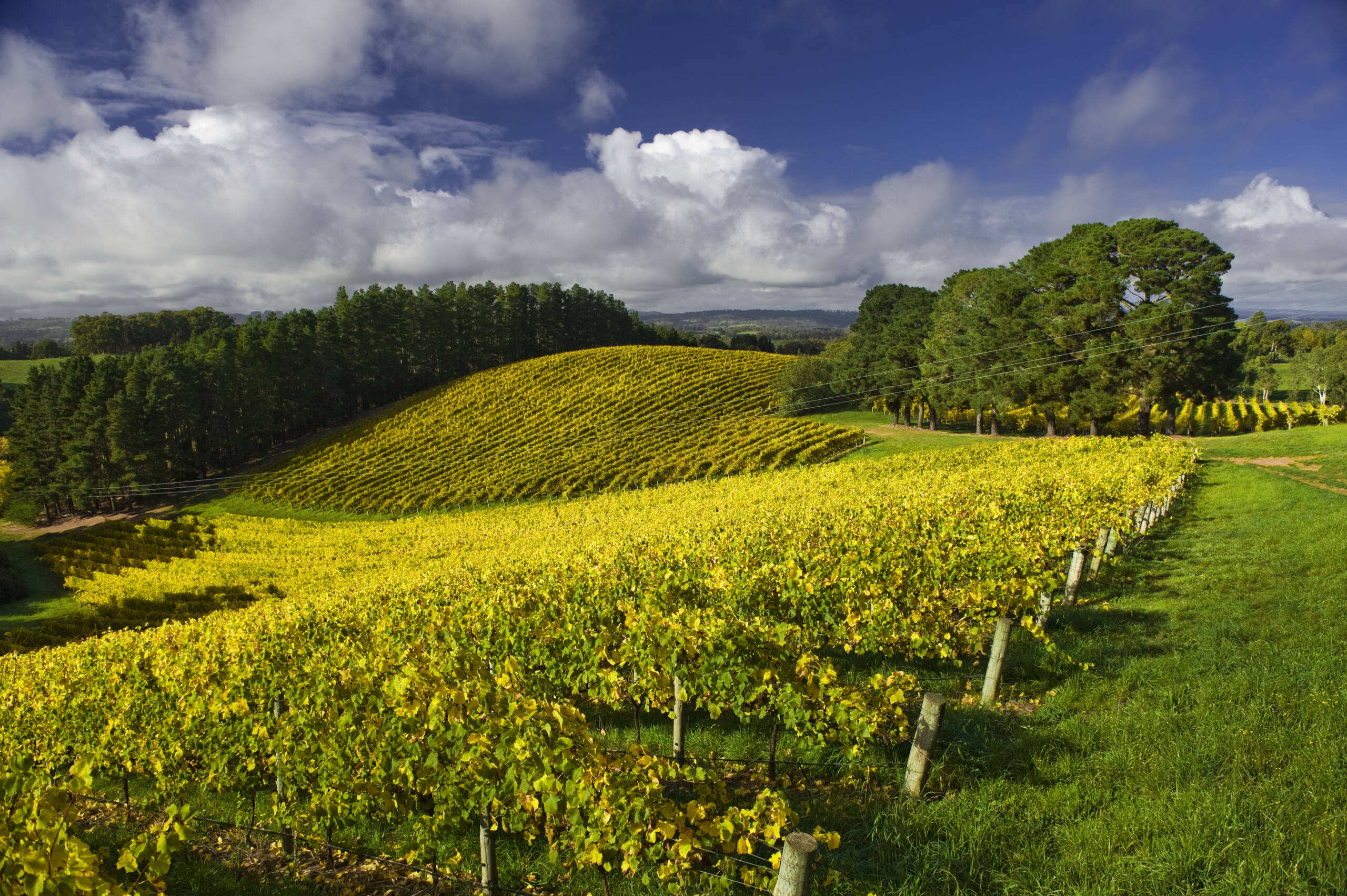
A Penfolds vineyard in Adelaide Hills in Autumn
AS: Yes, I have eight spaces in mine. So I’ve had a Cabernet from the Napa Valley, and then another Cabernet from Western Australia, the Margaret River region – and from all over Australia. It’s fantastic, I must say. It’s the best thing I have ever bought.
LUX: Do you collect to drink or to sell?
AS: I am not necessarily trying to sell any. I am trying to build a cellar, and I do want to drink them. What I have been buying over the past few years – and I have stepped it up since I started building a cellar – I am planning on drinking those over the next five years plus. I like doing comparisons of vintages. I also want to do more tastings of the same wine in different vintages – vertical tastings.
LUX: What are the Penfolds bottles you are most looking forward to drinking?
AS: I have a special one coming up and that is the Grange ’85 in January, for my 40th. My wife’s is a couple of years later so that will be an ’88. Right now, I haven’t really drunk anything super precious. The ’98 is in there at the moment and the 2021, but nothing that I have collected for long enough that I’ve wanted to open yet.
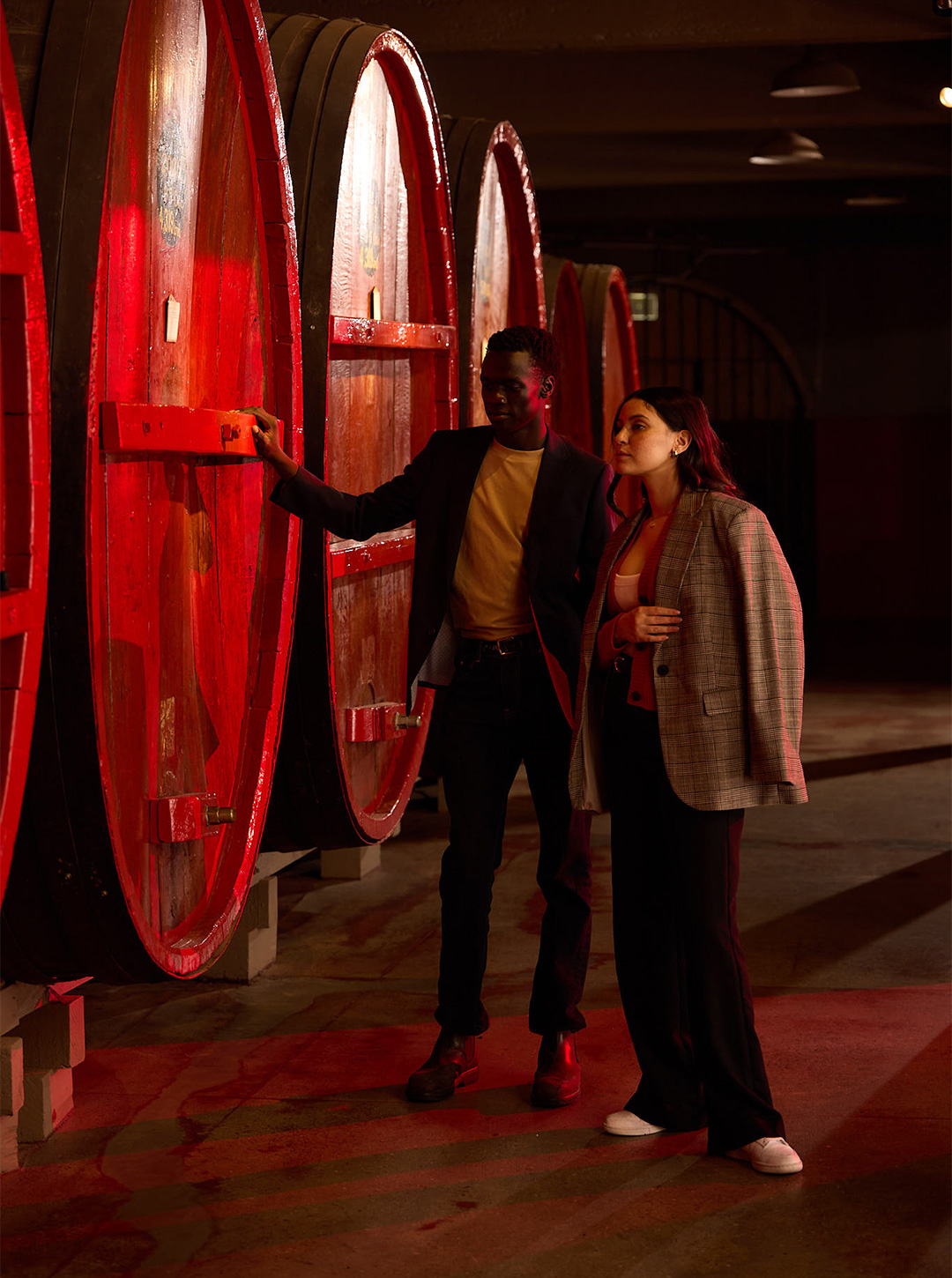
‘You can tell it’s Penfolds’ – Adam Smith
LUX: Who do you share your wine with – does your wife have a glass?
AS: Yes, she does. She made the comment, “You can tell it’s Penfolds.” Regardless of what you are drinking, it has that thing about it [the “red stamp”, as it is called by the Penfolds winemakers].
LUX: What are the most precious bottles of Penfolds in your cellar? The Granges ’85 and ’88?
Read more: Ultima Collection Crans-Montana Review
AS: Yes, that’s right. I also have a couple of very old bottles. I have a couple of ’69s, ’70s and ’71s in there, which look like they’ve probably passed, and I’m not sure whether I should be drinking them or not.
LUX: You might need to check in Andrew Caillard’s book ‘Penfolds: The Rewards of Patience‘ for guidance on that.
AS: I certainly will!

The Rolex Day Date Eisenkiesel
THE WATCH COLLECTOR: Josh Srolovitz
Director of Trading for 1916 Company in Hong Kong, Josh Srolovitz started collecting watches in 2011
I see watches as a reflection of my personality, and in some cases they serve as reminders of significant milestones. One piece is my Rolex Day Date Ruby Dial, which I acquired to commemorate the birth of my daughter in the month of July, which is associated with a ruby birthstone.
I view my collection strictly as a passion project, not as an investment. Many of the watches I own may not go up in value, but if I truly love the watch itself this does not bother me. I base most of my purchases around aesthetics. However, there are some vintage and discontinued pieces whose rarity I find very attractive. Brand heritage is also an important factor to me.
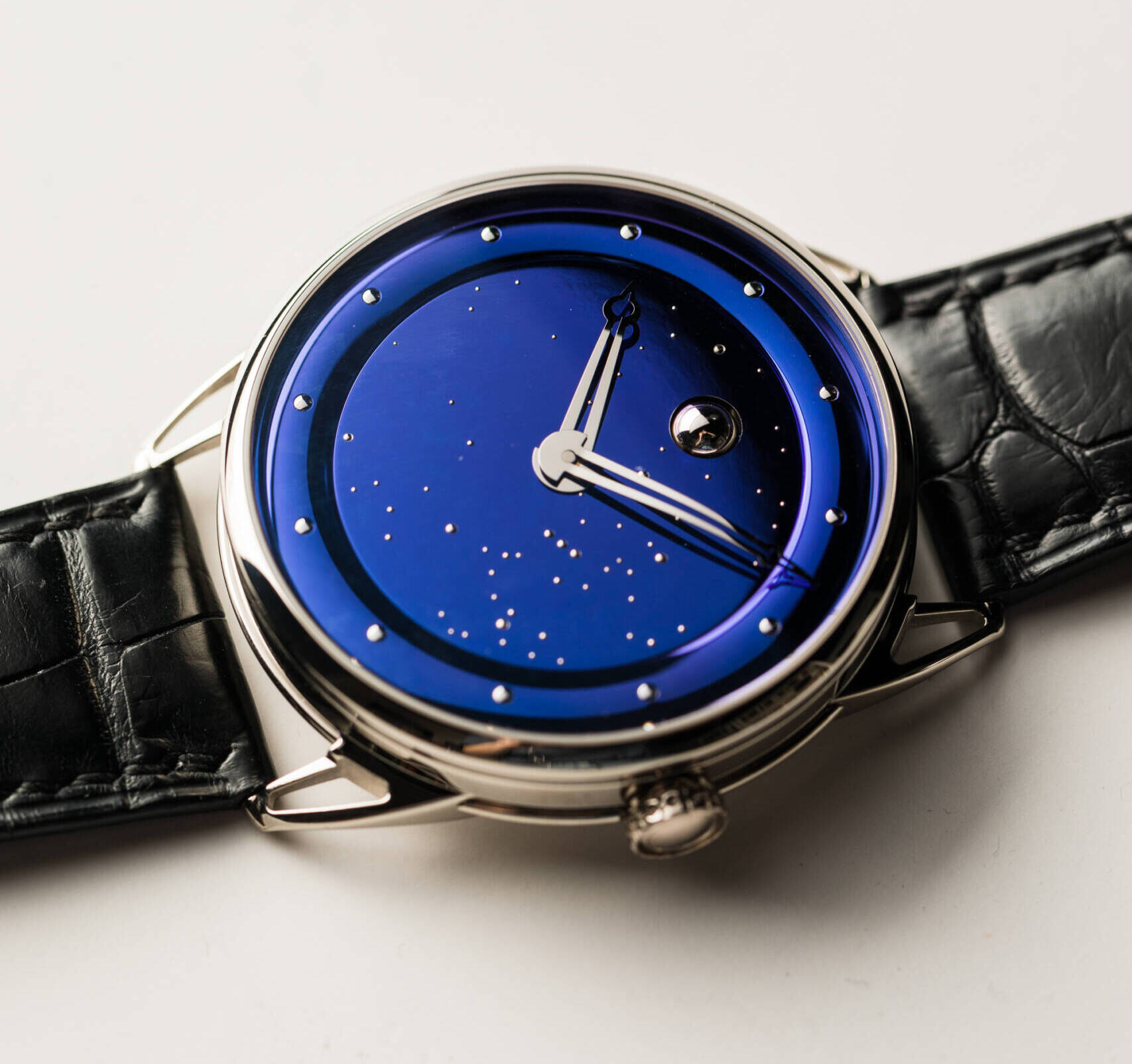
De Bethune DB25 Starry Sky 1 watch, from the collection of Josh Srolovitz
I love the “hunt” for a watch. Finding a piece that I’ve been waiting a long time for is very rewarding. It helps me to appreciate the watch even more.
For collectors in general, the motivation to collect can come from a variety of factors. For example, it could be a watch they saw earlier in their lives that perhaps they were unable to acquire at that time, or chasing a long-time holy grail that they have dreamt of, or even a piece they saw in another collection that stuck with them. There are also collectors who are driven by hype, and what seems to be fashionable in the moment. However, in my experience with the most significant collectors, rarity, exclusivity and condition are the three motivating factors behind most of their collections.
Watch-collector social events are very important to me for building a sense of community and for meeting like- minded individuals. In fact, I have met some of my closest friends through my passion for watches.
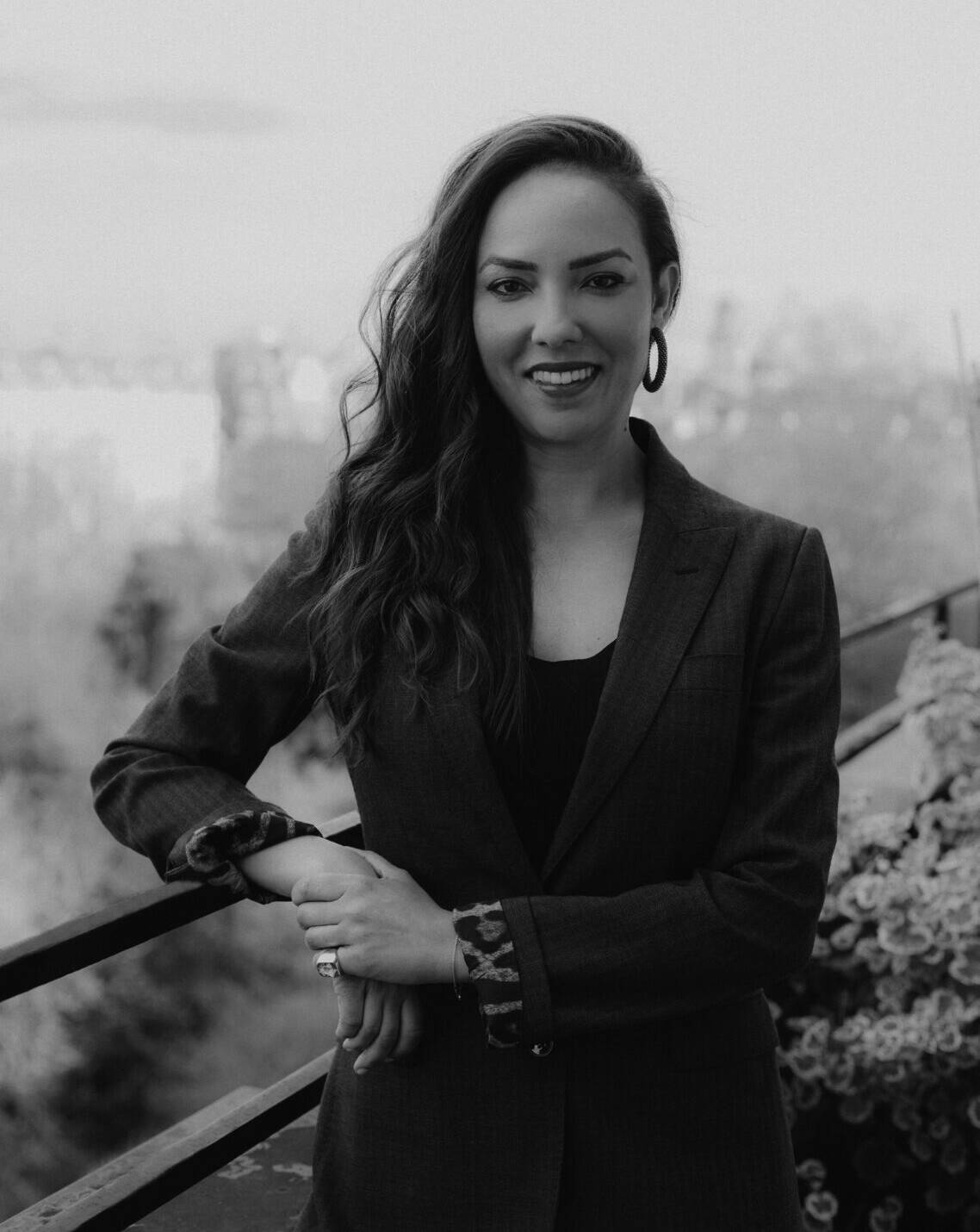
Art collector Alia Al-Senussi
THE ART COLLECTOR: Alia Al-Senussi
Alia Al-Senussi is a leading global art collector and patron, and senior adviser to Art Basel and the Ministry of Culture of the Kingdom of Saudi Arabia
There are so many reasons why people collect. The most famous and fun stories revolve around those who have an insatiable desire to bring something home to their universe.
There are legendary collectors who come from families involved in the arts; others are exposed to the art world as they grow older. For people like me, collecting means you are supporting artists and the ecosystem of a cultural community.
At the beginning of my collecting life, I would often get asked what kind of collector I was. I would say, “Oh, I’m not really an art collector.” My best friend Abdullah Al-Turki, who is one of the best art collectors of our generation, corrected me and said, “That’s not true, you are a collector of art experiences.”

‘Kama Mama, Kama Binti (Like Mother Like Daughter)’, 1971-2008, by Hank Willis Thomas, from the collection of Alia Al-Senussi
My motivation is having pieces around me that remind me of people I’ve had wonderful interactions with. Those pieces could be objects, prints, editions or paintings; things that are meaningful to me. I am also interested in art as a catalyst for social change, and pieces that bring the world closer together.
Increasingly, I see collectors revolving their collections around a theme: for example, collections based on women, a geographical location, politics etc. This idea of collections that are centred in a moment is something you see more and more. You also have these legendary collectors who collect everything from old masters to contemporary and everything in between.

‘Suspended Together – Standing Doves’, 2012, by Manal Al Dowayan, from the collection of Alia Al-Senussi
The discovery of artists is definitely a factor for me. It’s about my enthusiasm for that person or institution. Nour Jaouda is a talented young artist from Libya who was featured in the Venice Biennale as the youngest artist there. Then she had a solo booth presentation at Art Basel just two months later and now has a foothold in the international art world. I had the honour of hosting a dinner and talk with her, bringing her together with the Tate curator and a room of major museum directors, curators and collectors. Now they have started collecting her. I was just part of a larger story, but of course all those things fit together in a really wonderful puzzle.
If someone was starting a collection, I would advise them to read, attend, meet. Read as much as you can in the art media and in LUX! Attend shows, openings and art fairs to see what you fancy. Meet people, because you will find someone who will be your art-world buddy, an artist who really speaks to you, or a gallery that understands you.

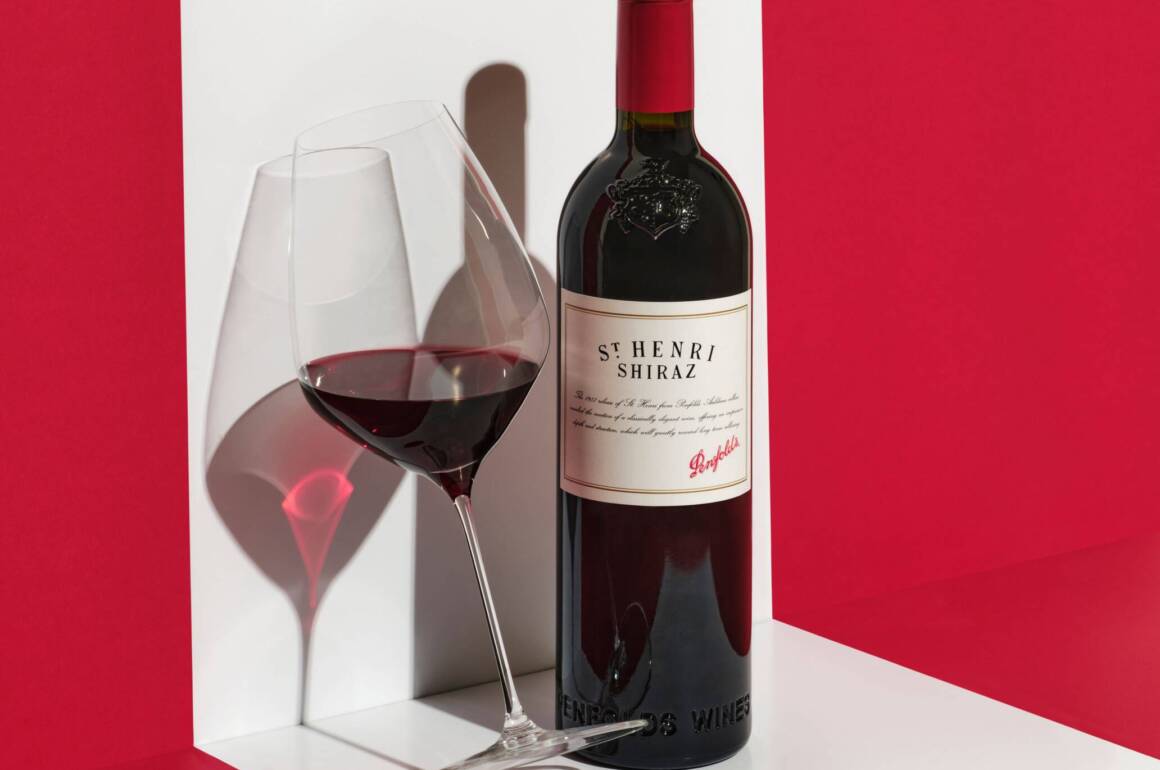
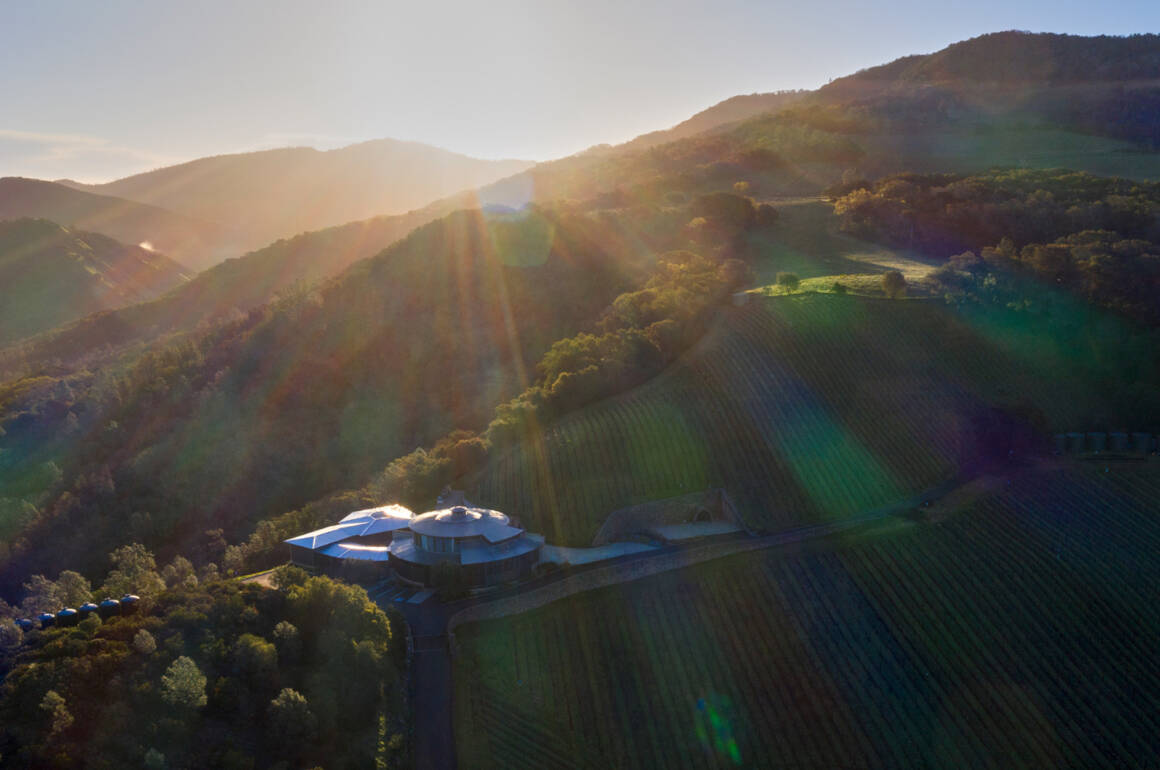
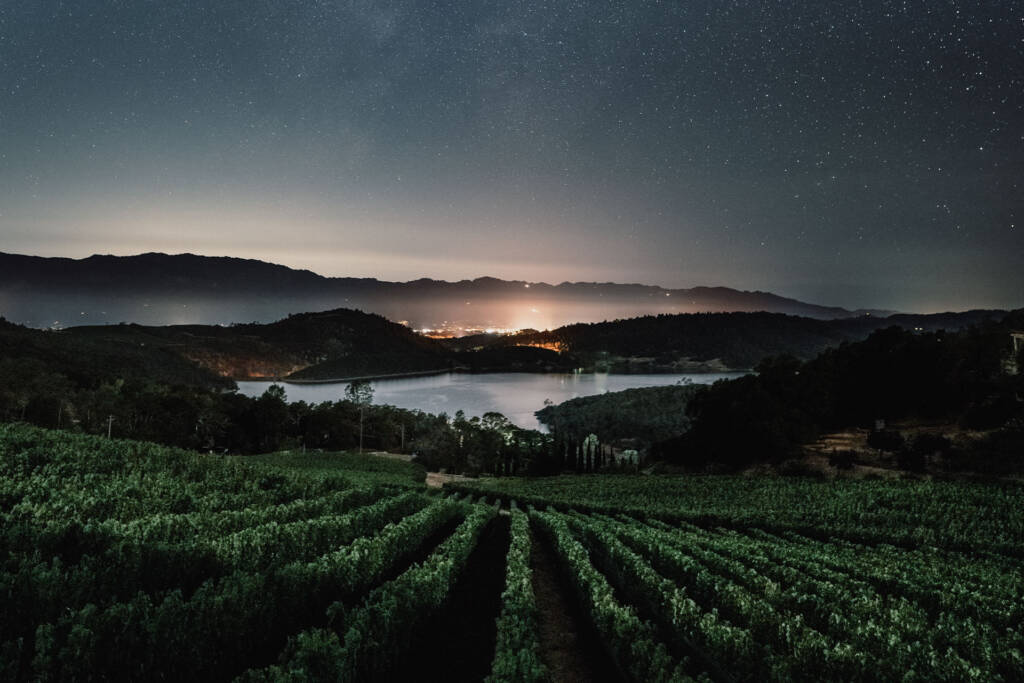


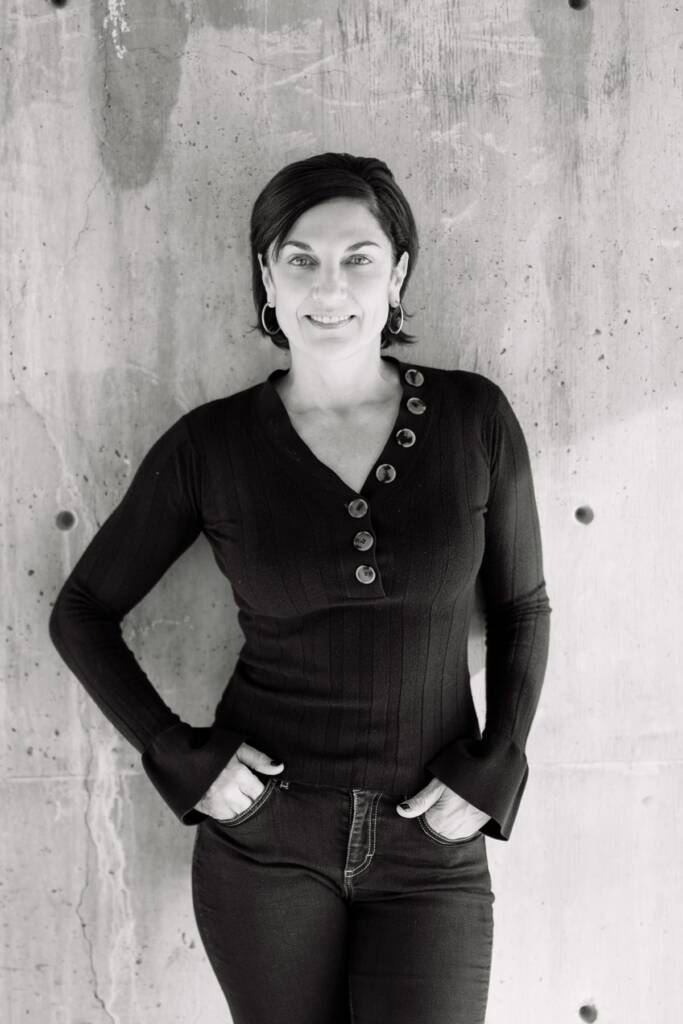
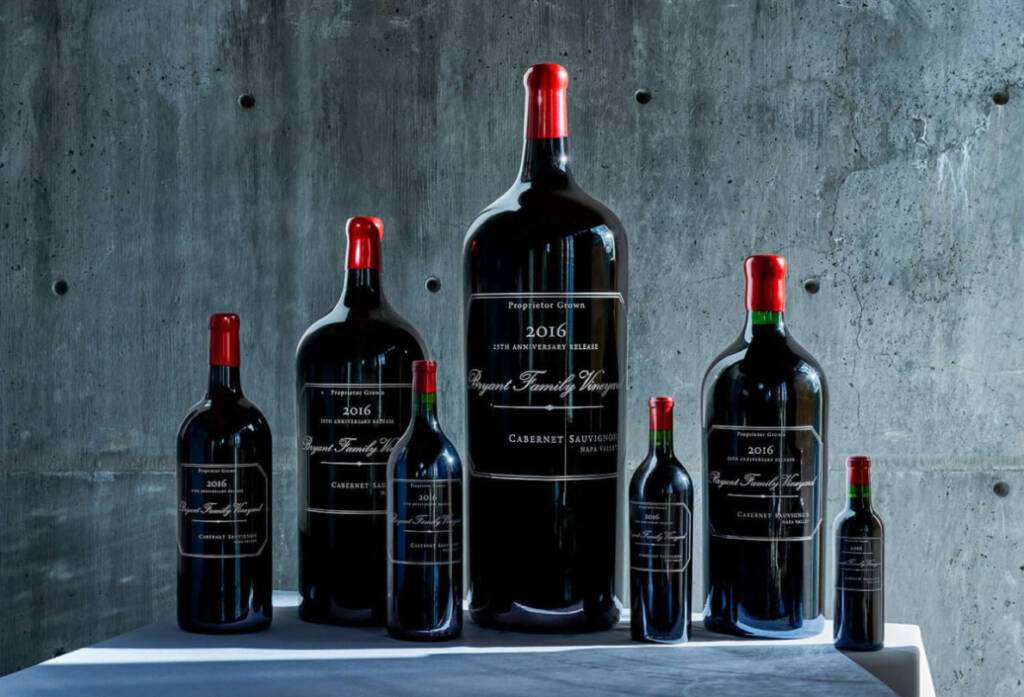



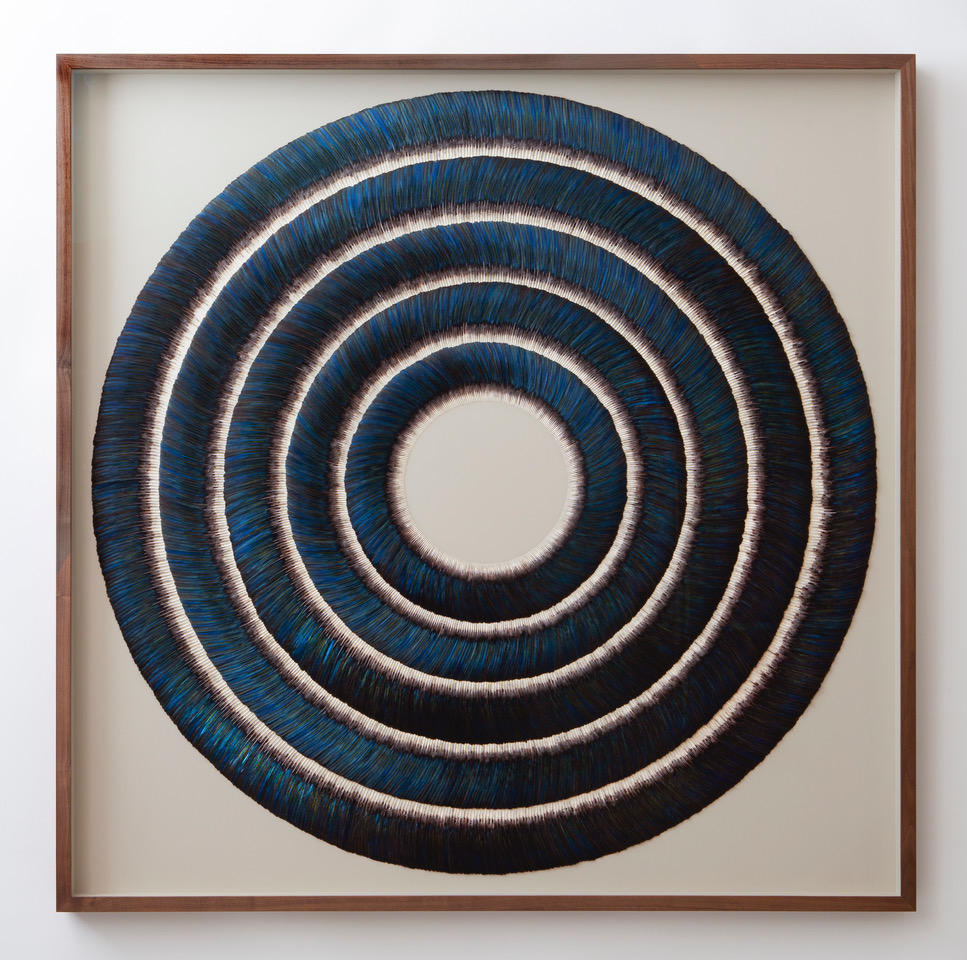
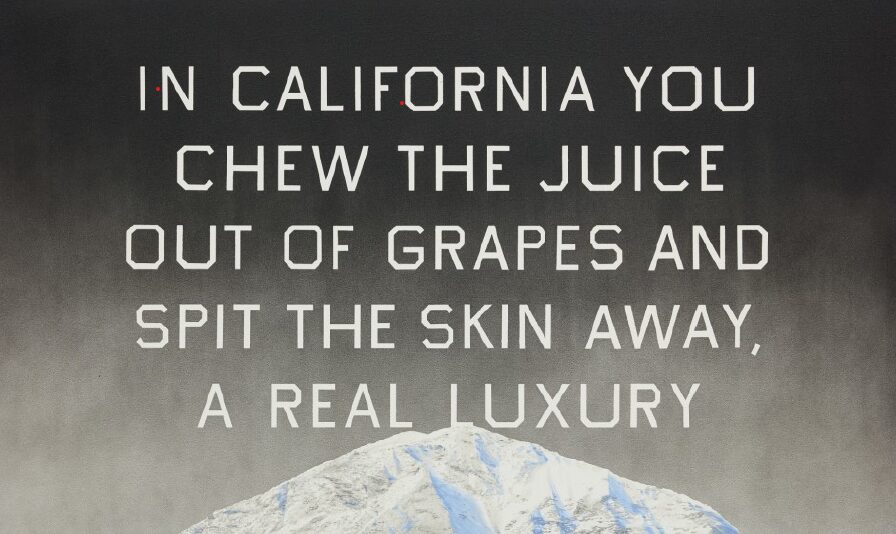

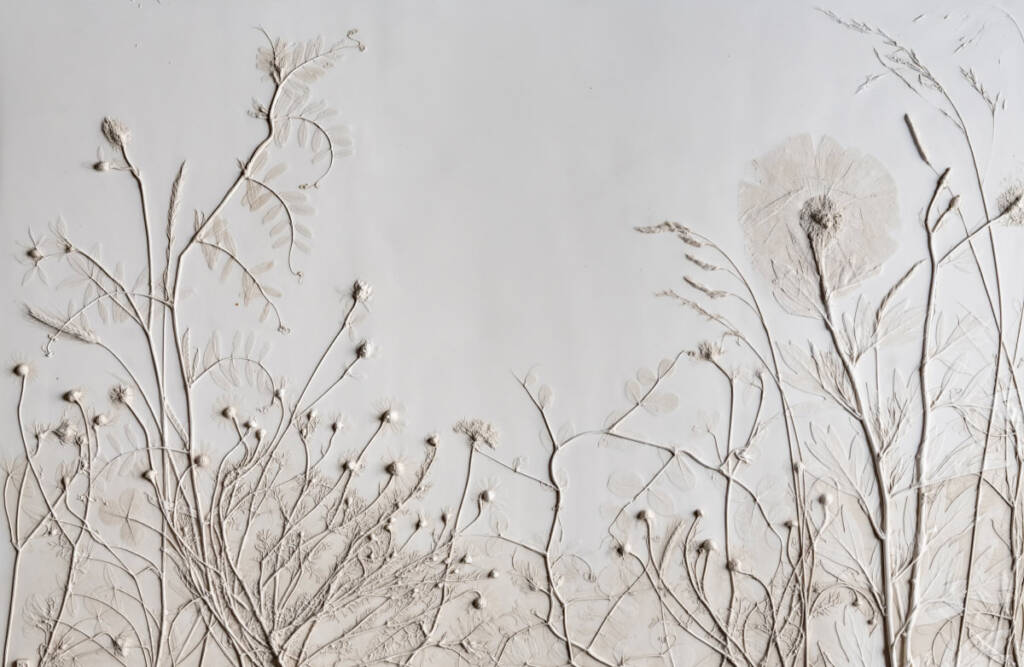

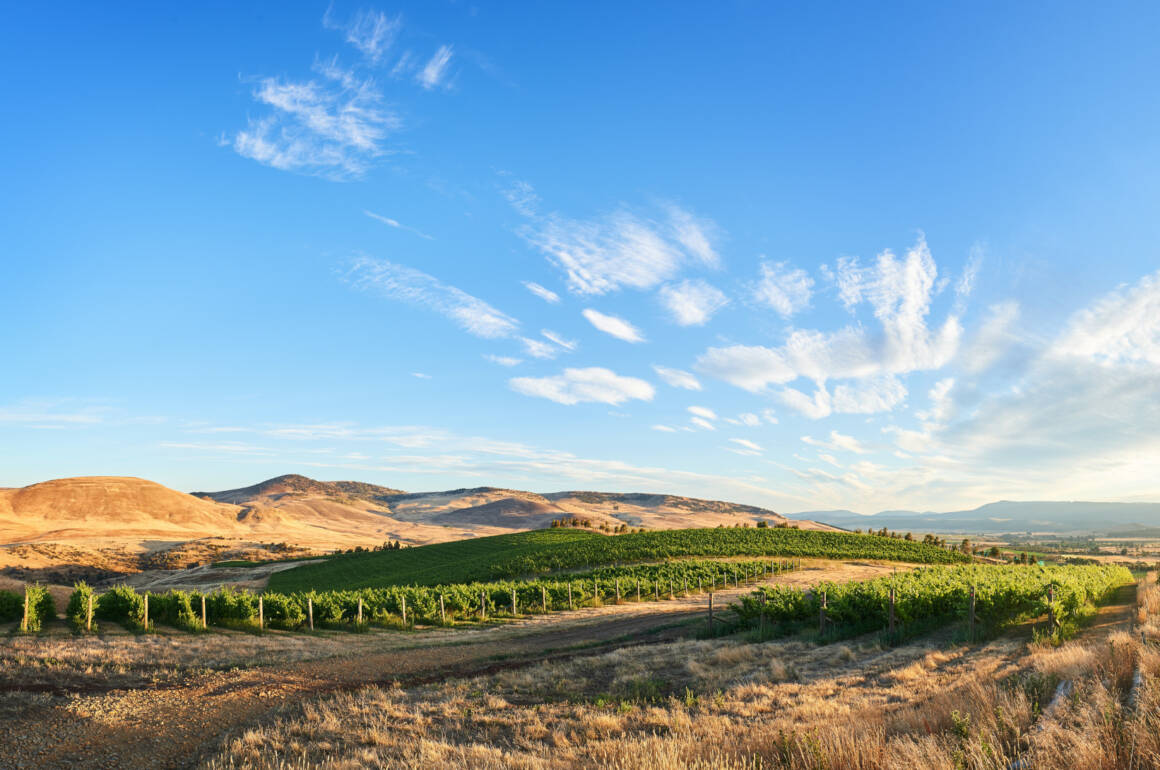
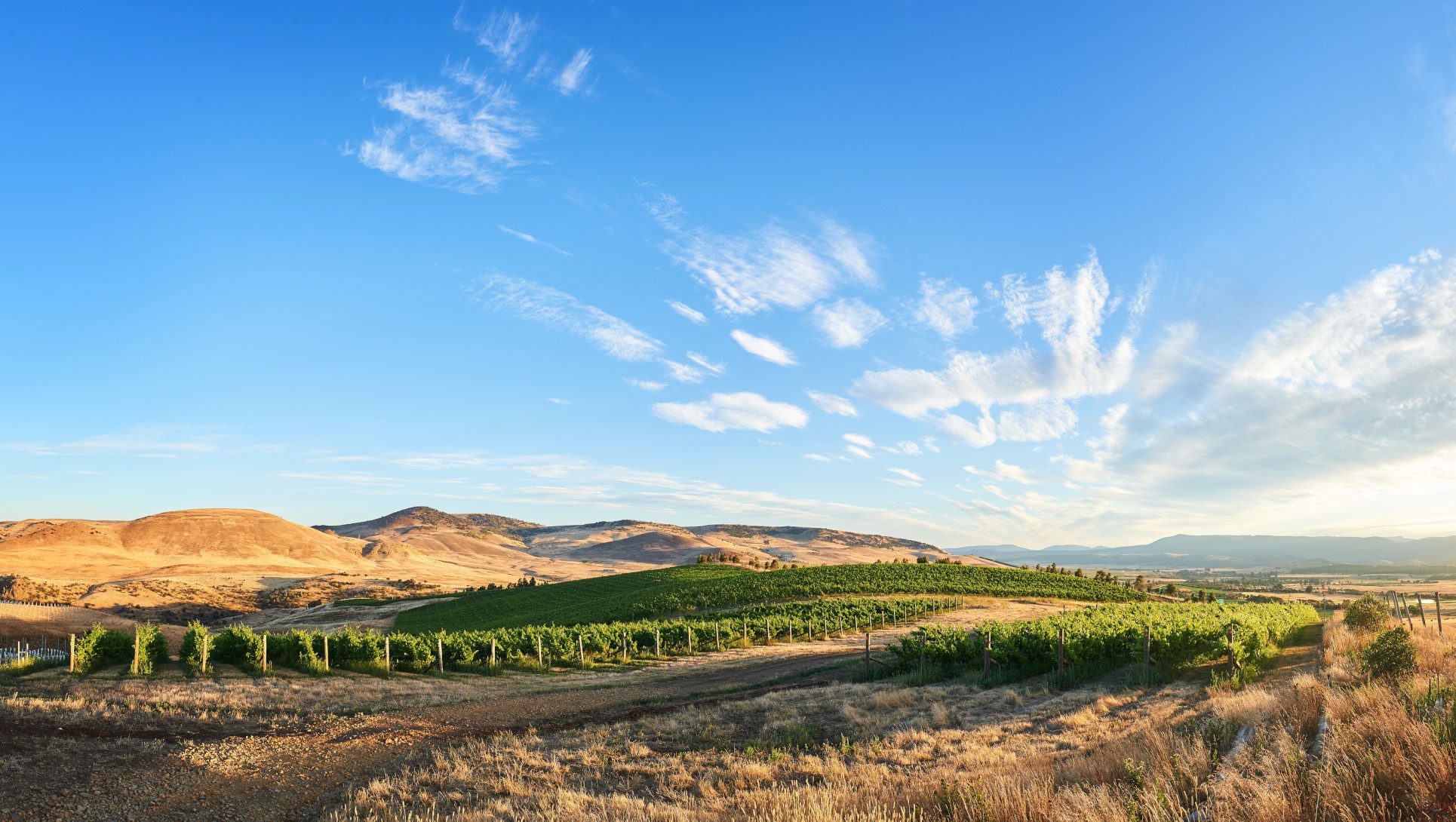
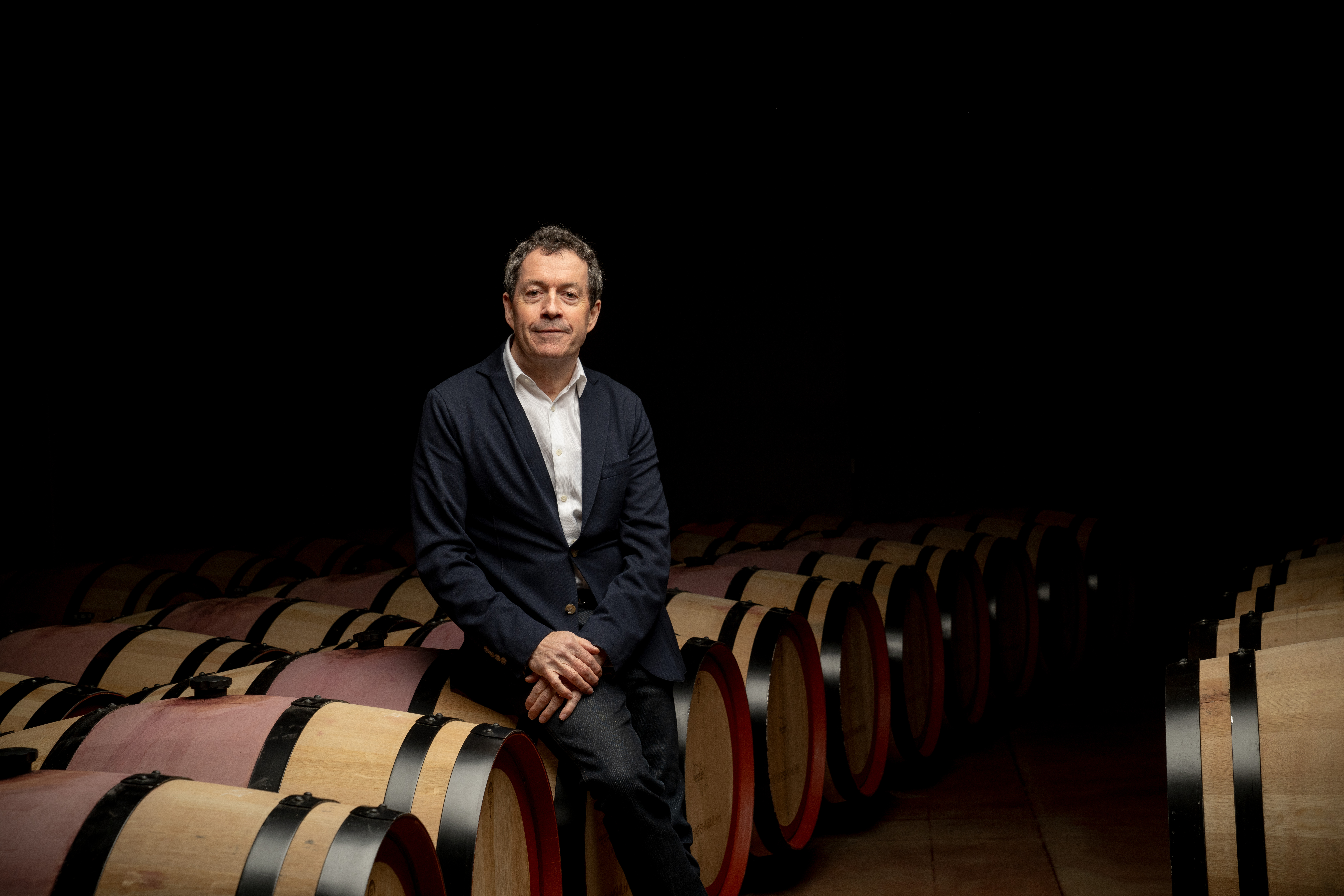



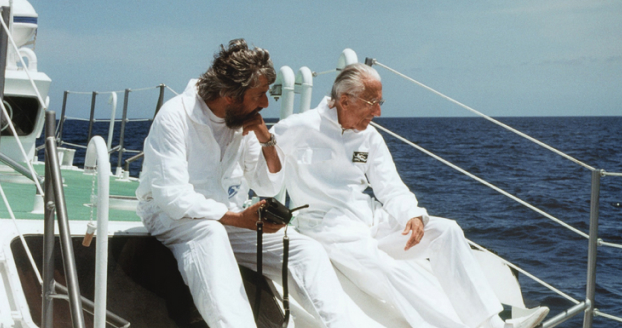
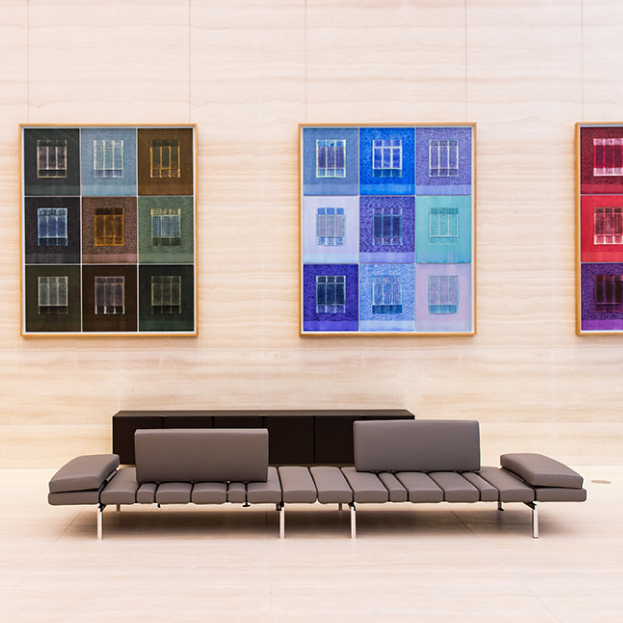
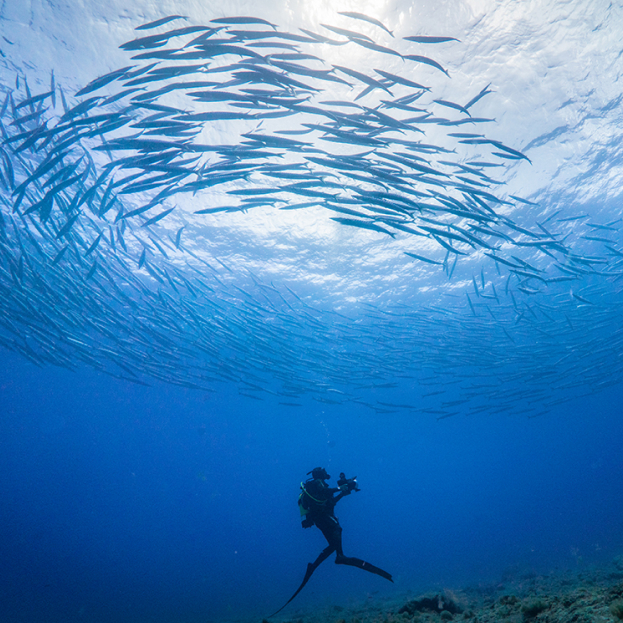
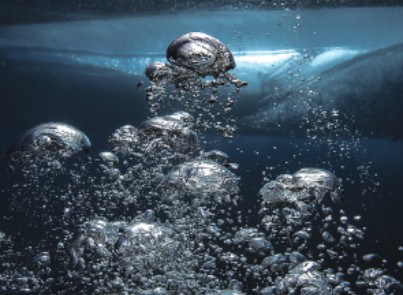
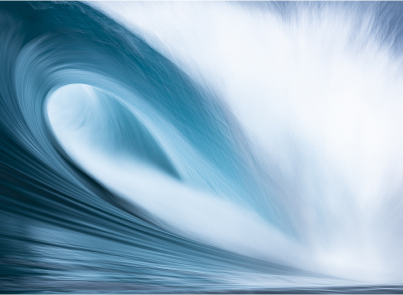
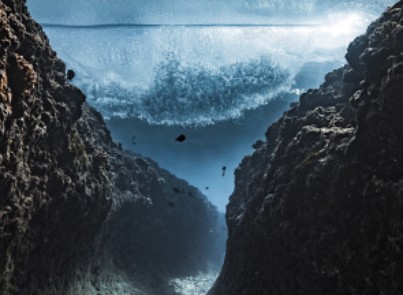
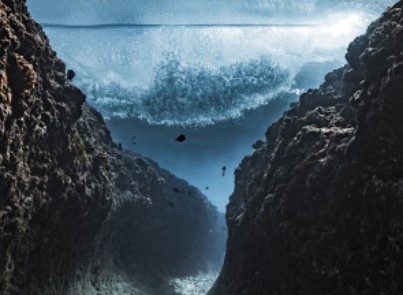
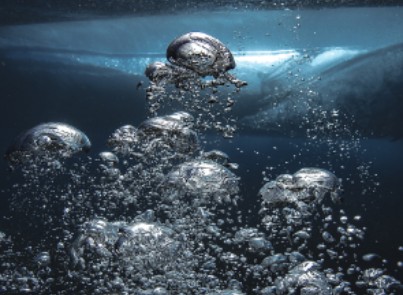
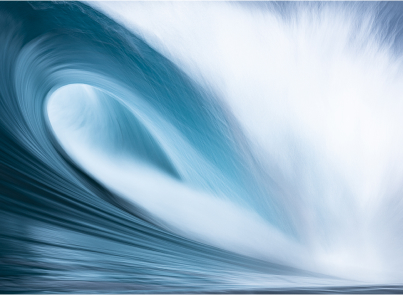
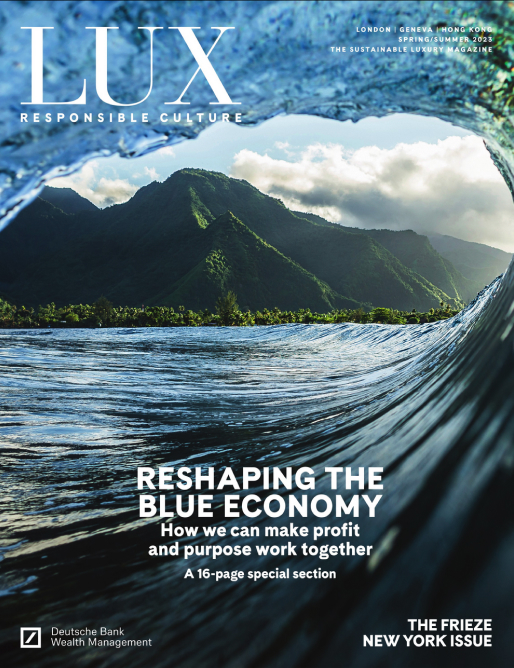




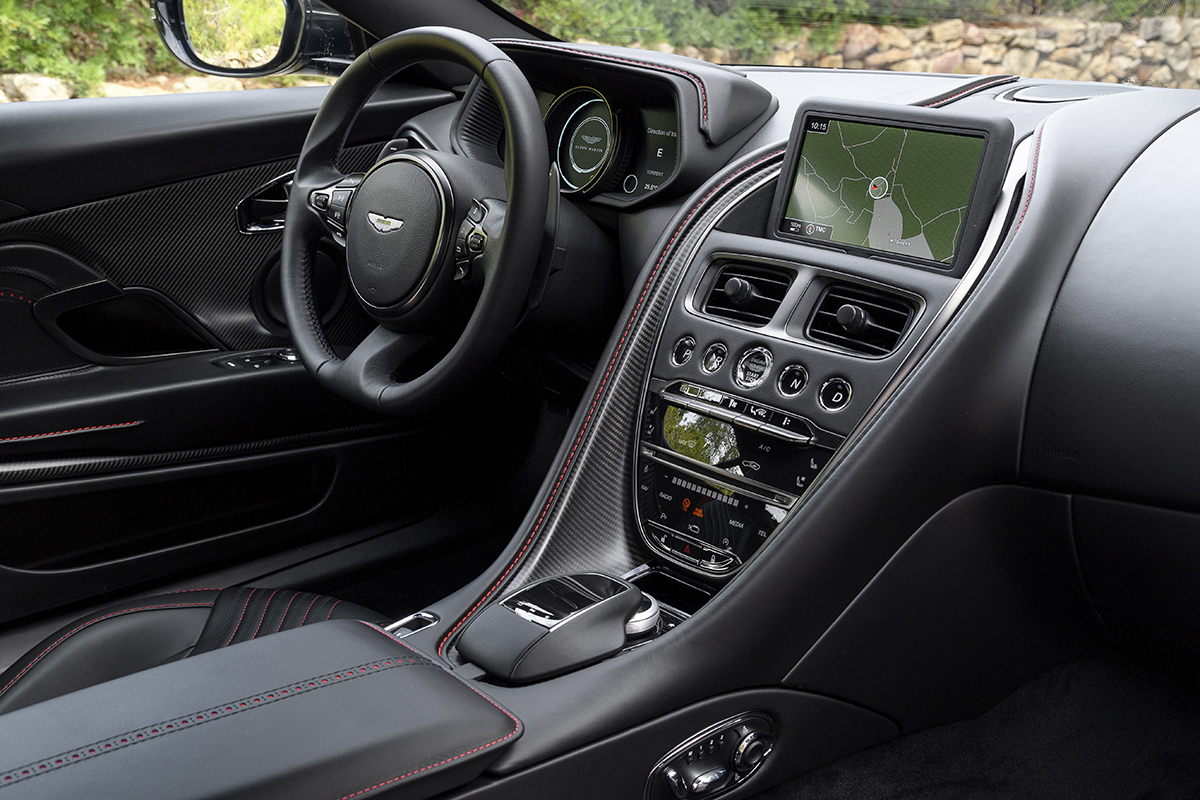
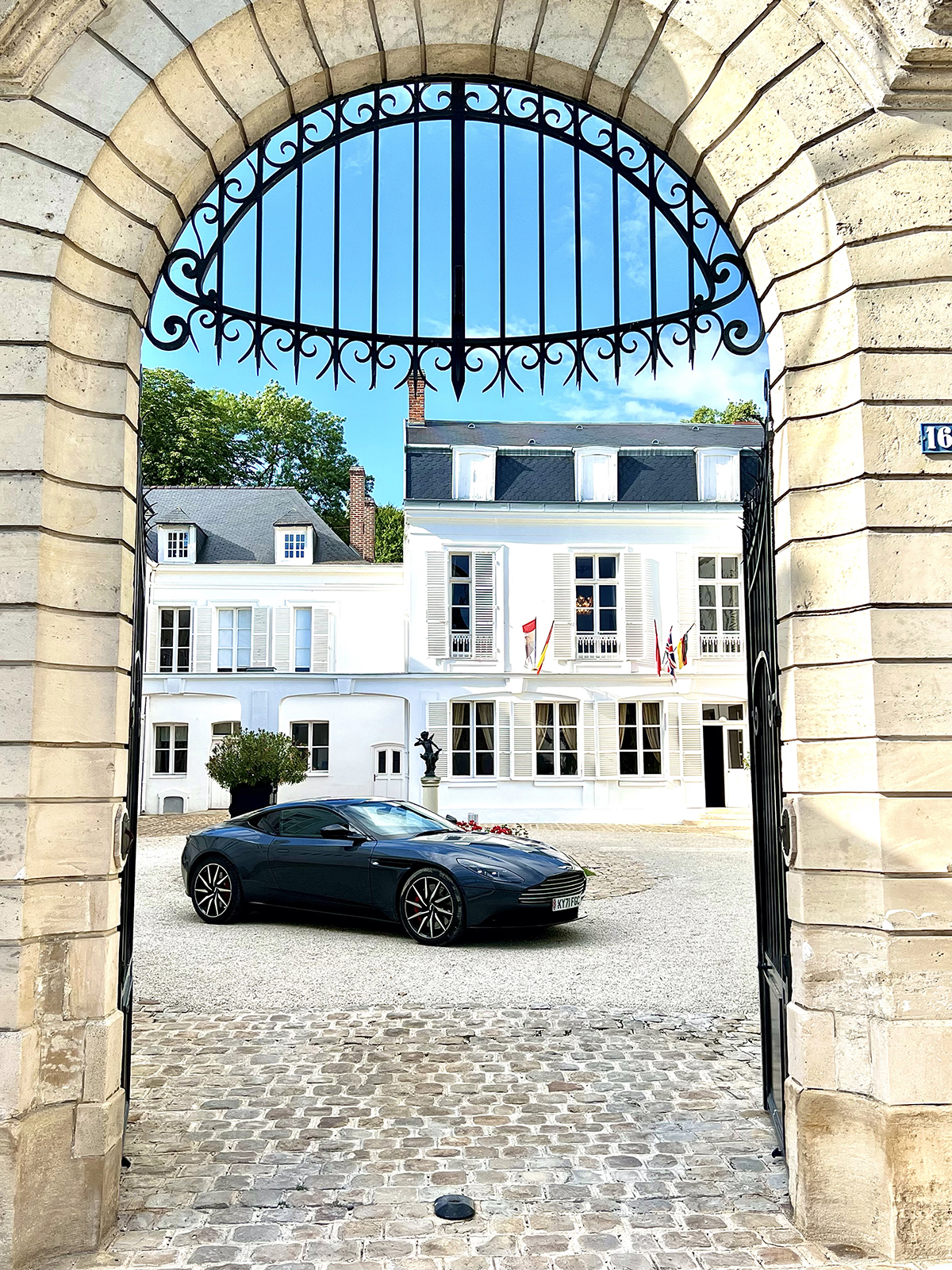
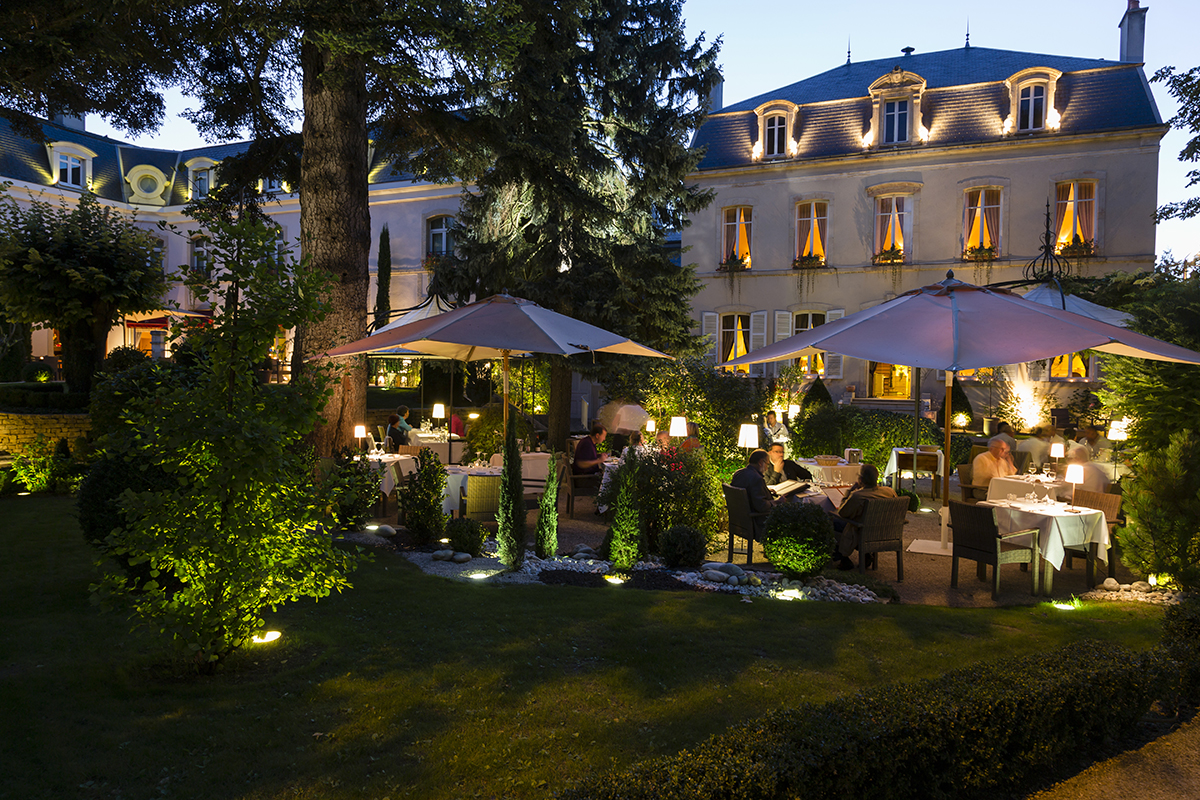
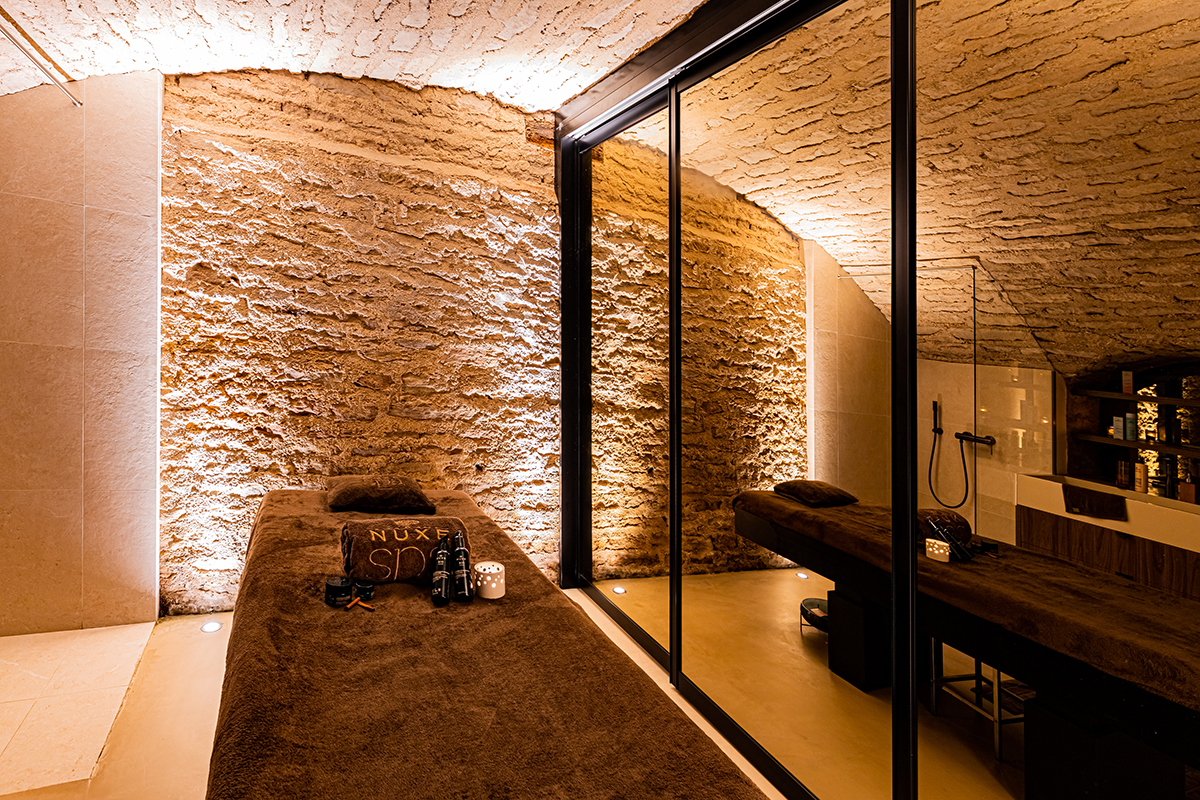
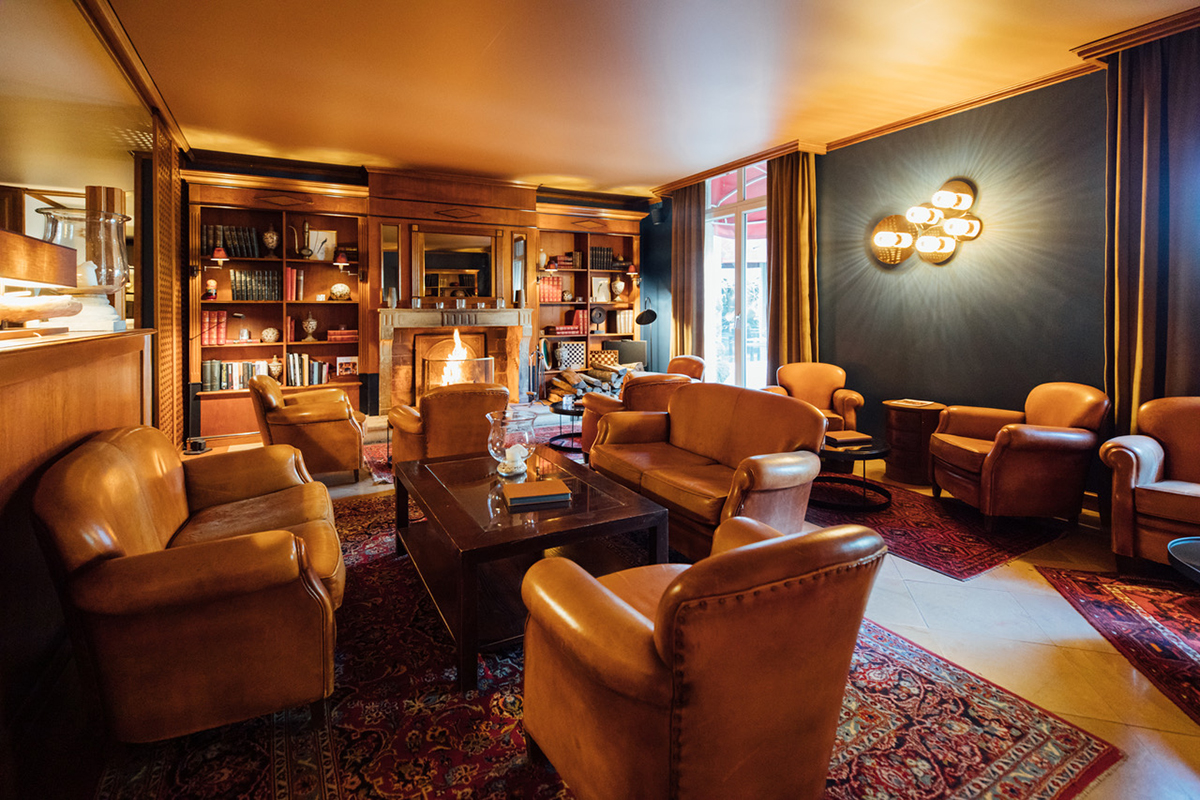
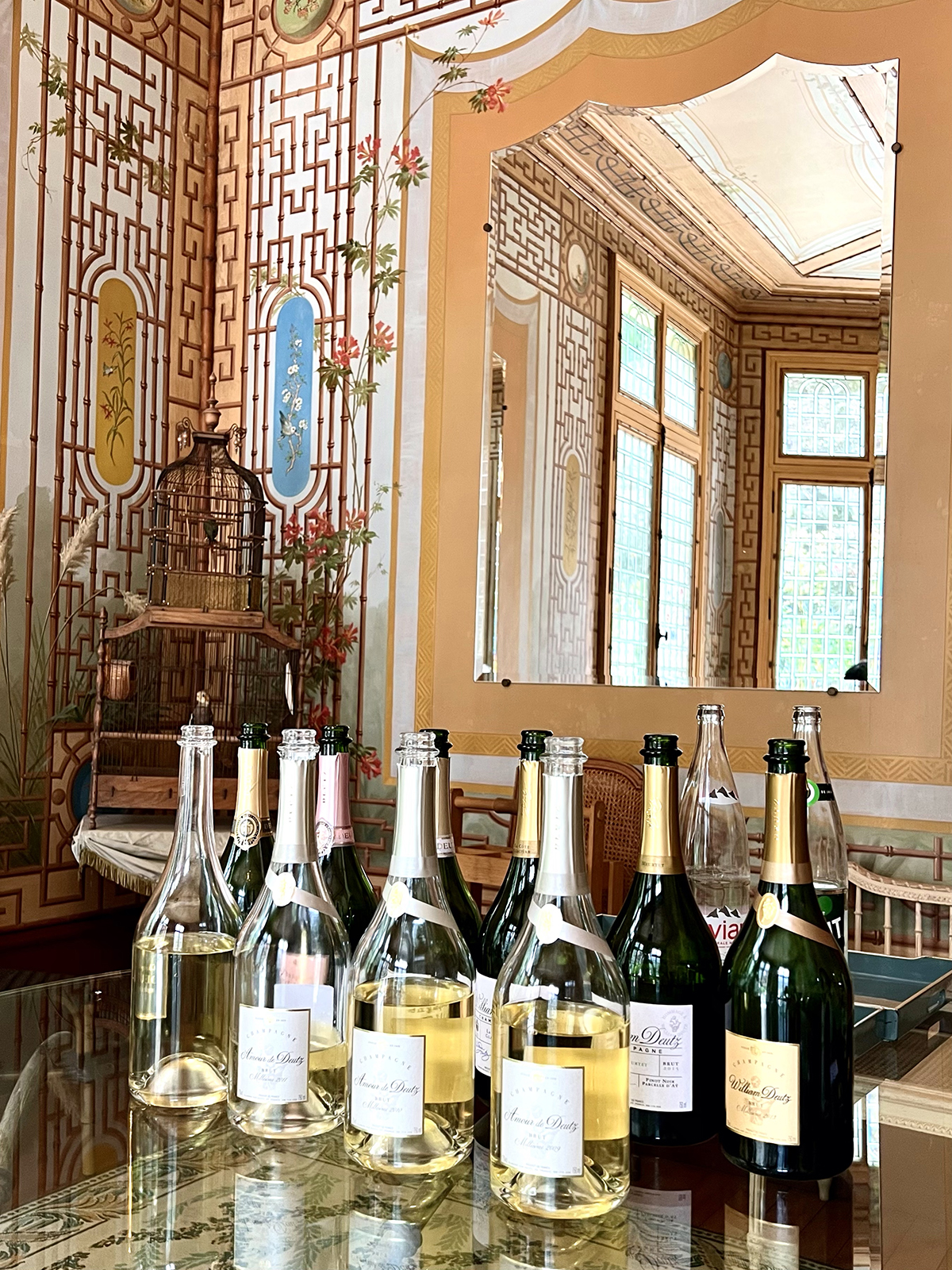

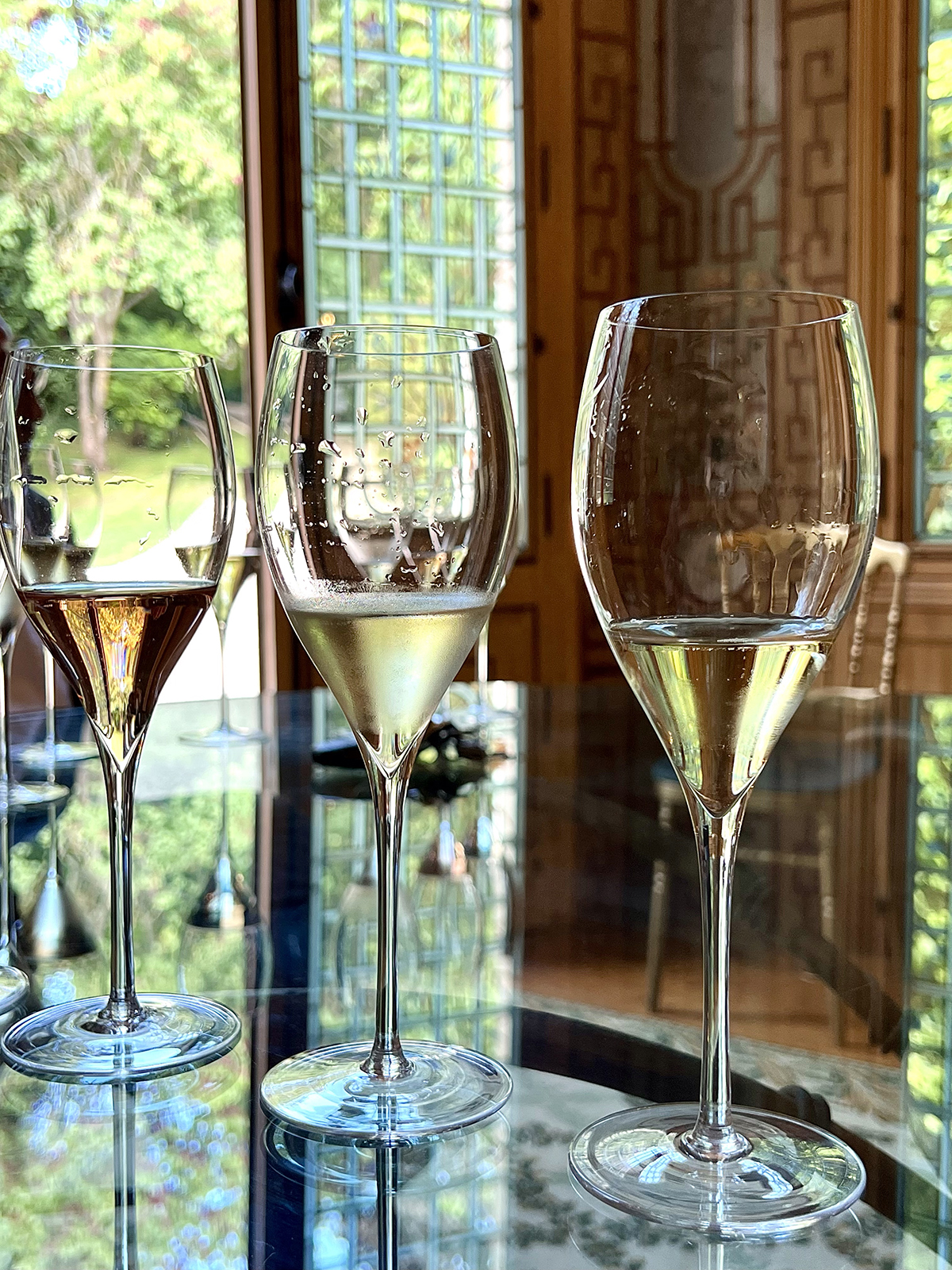

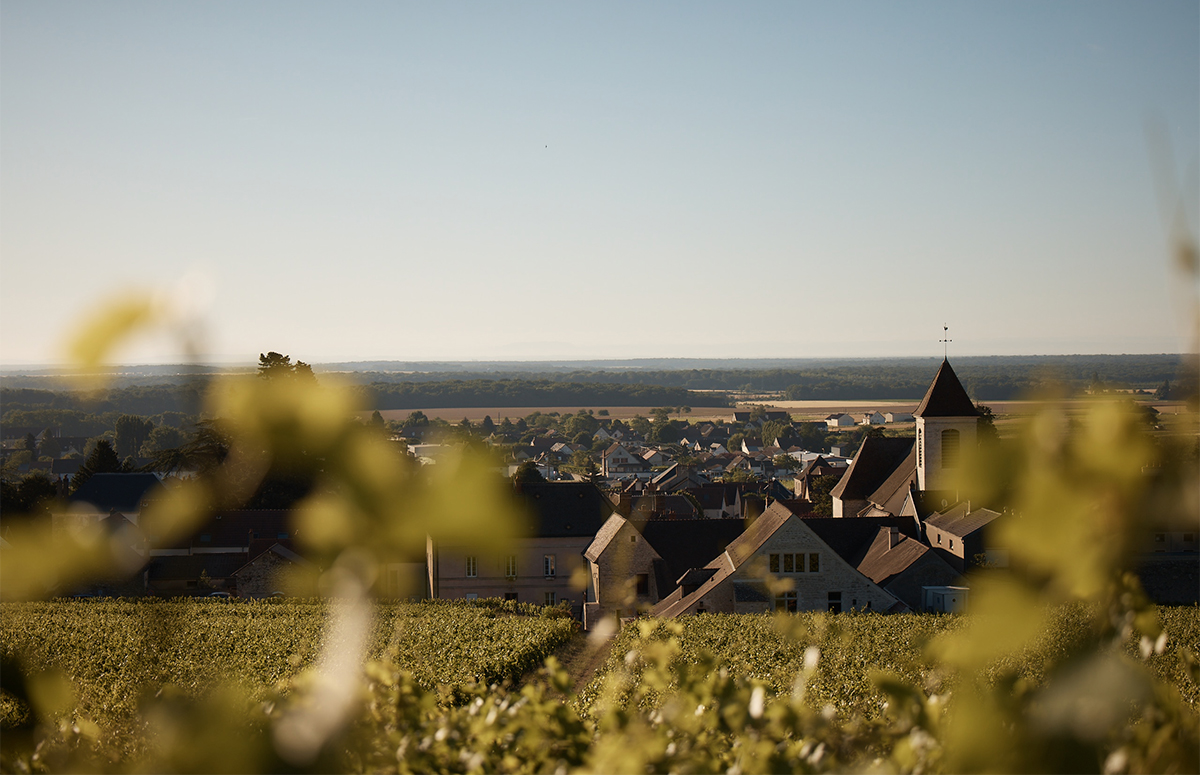
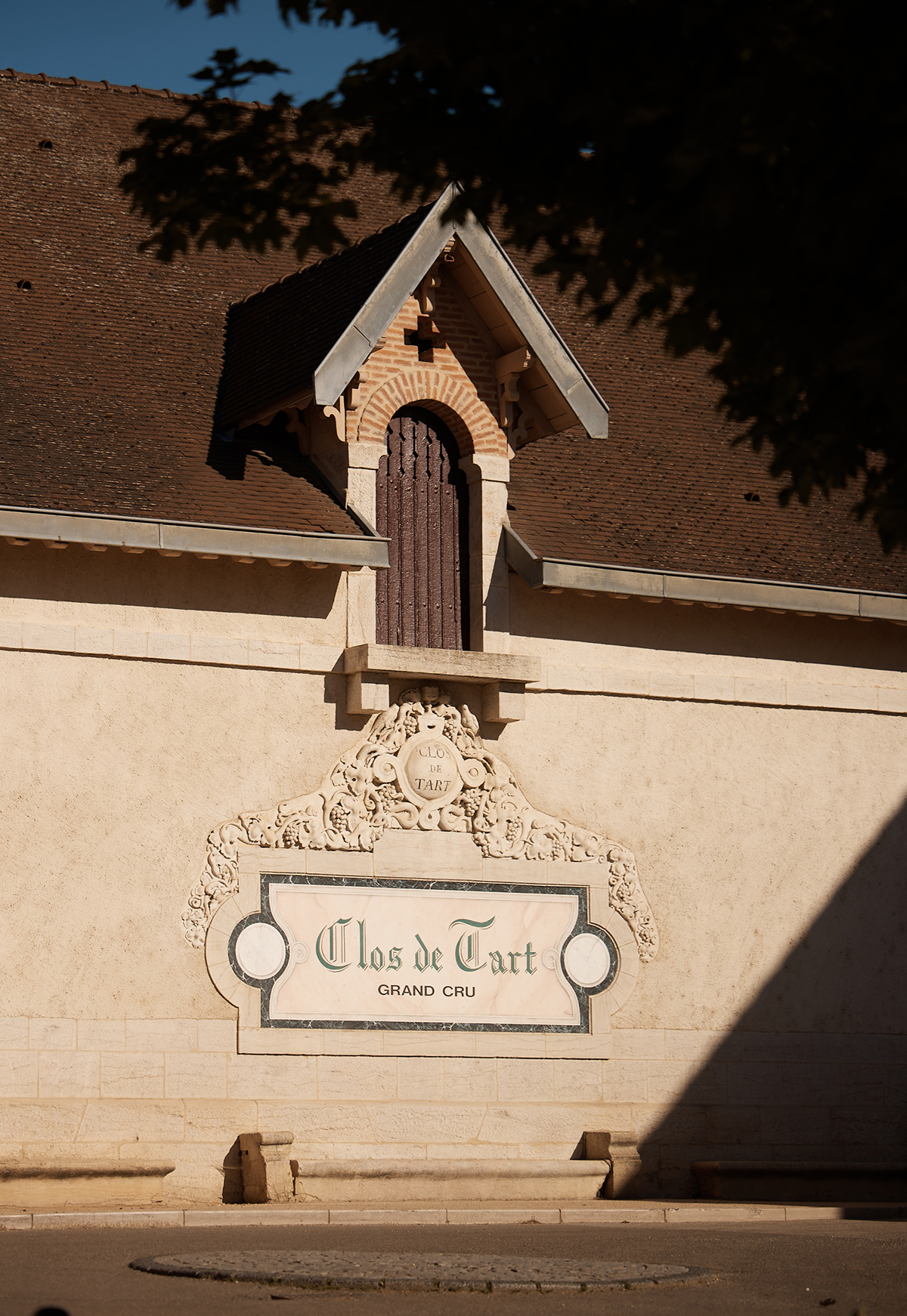
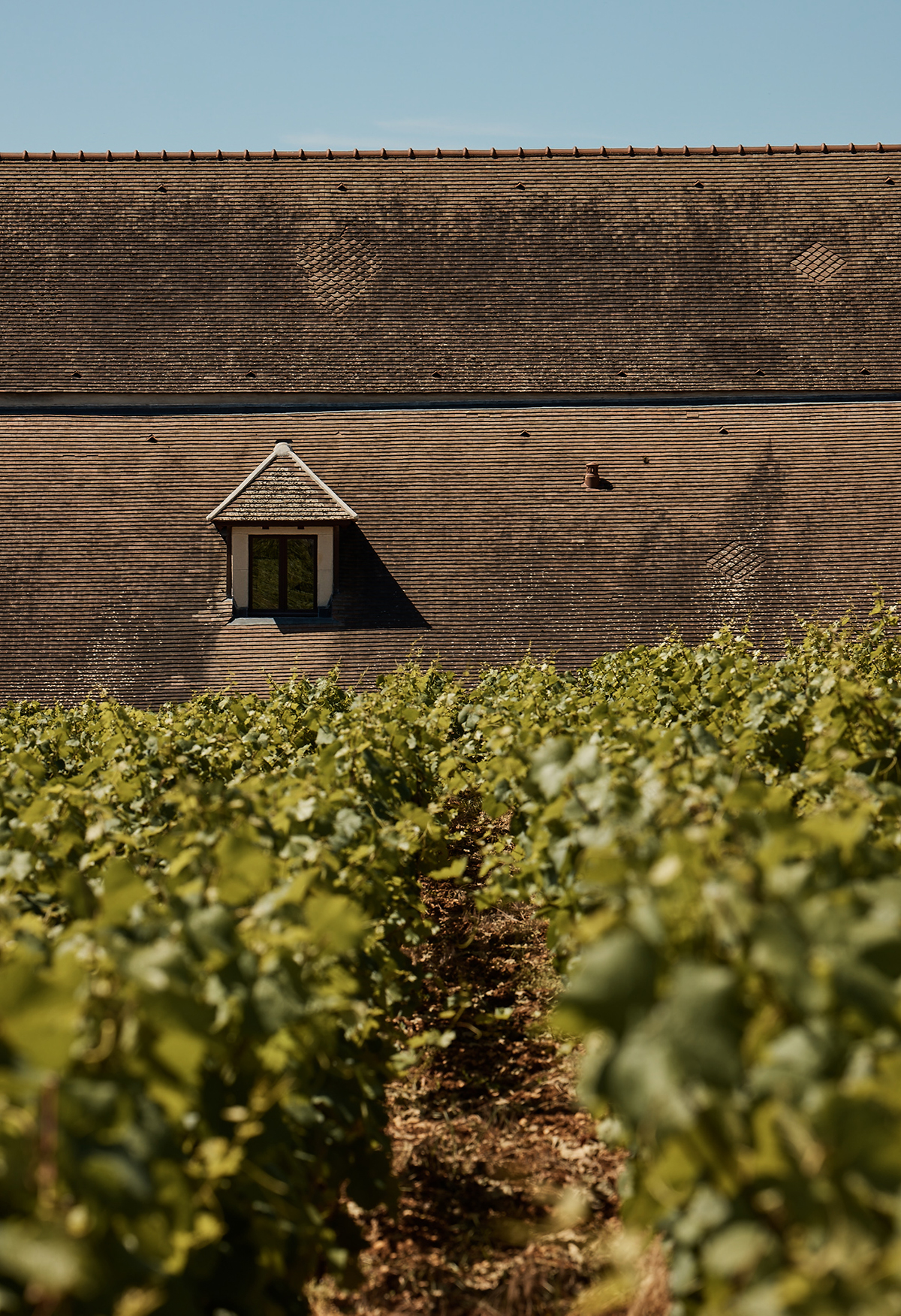
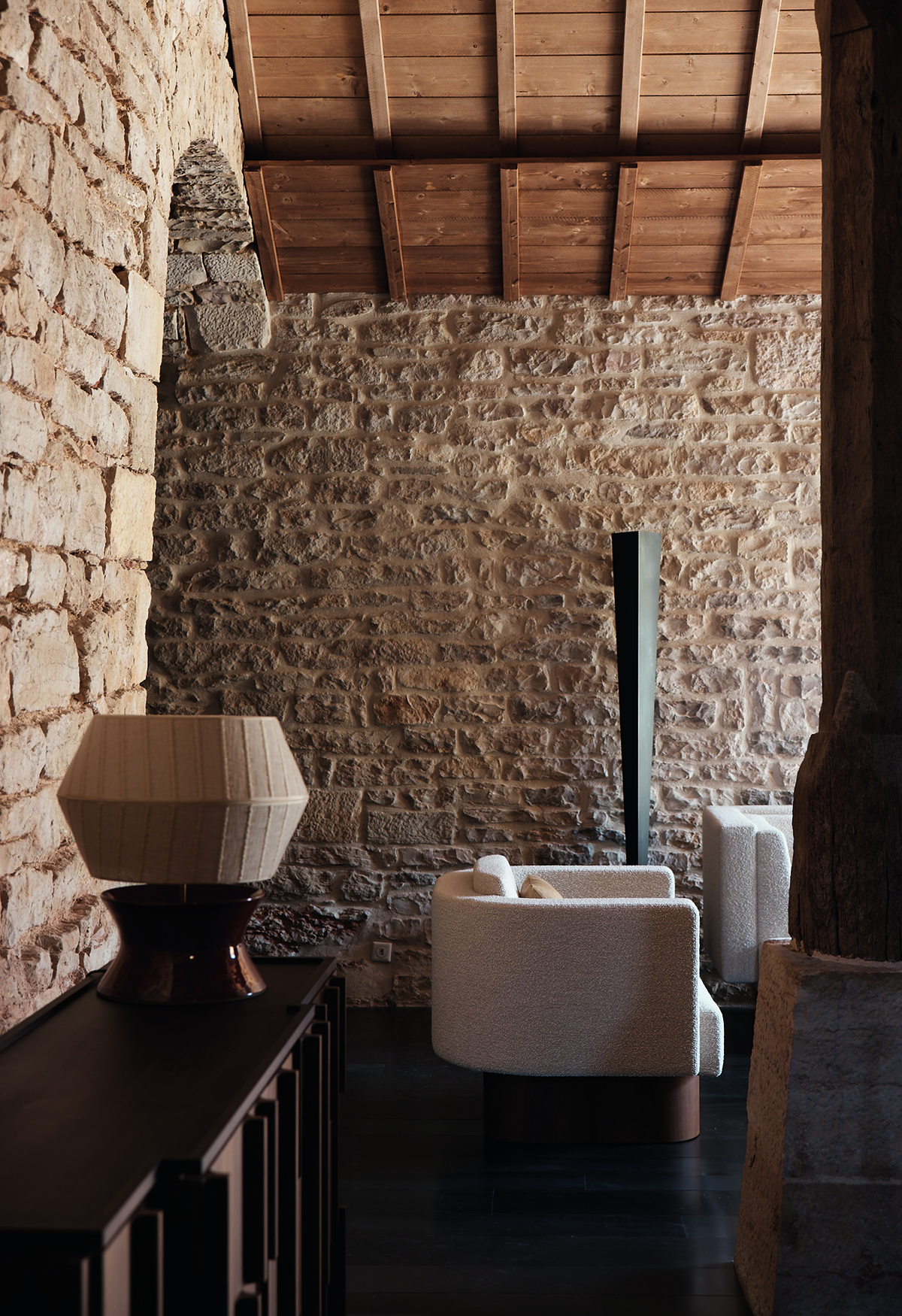
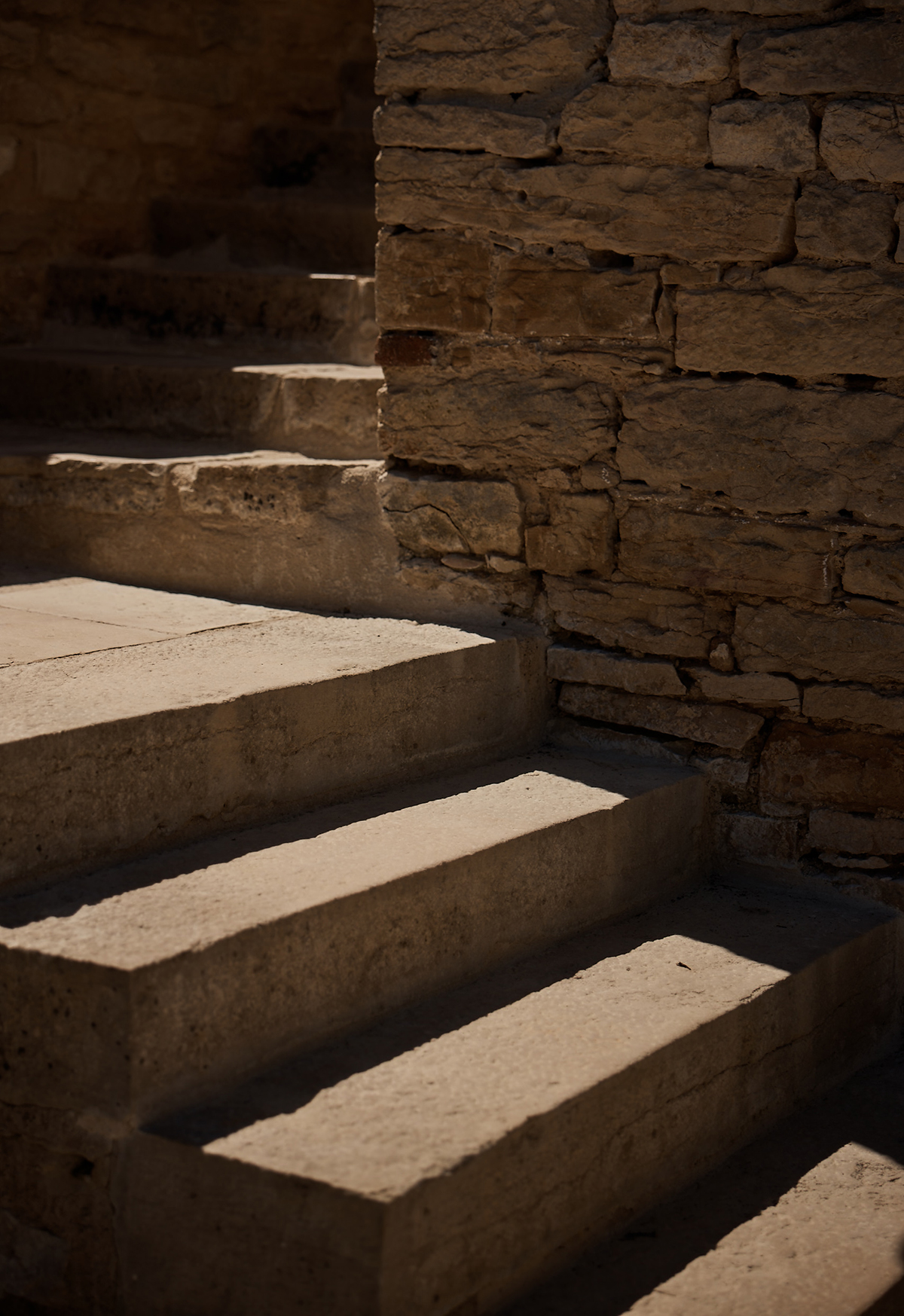

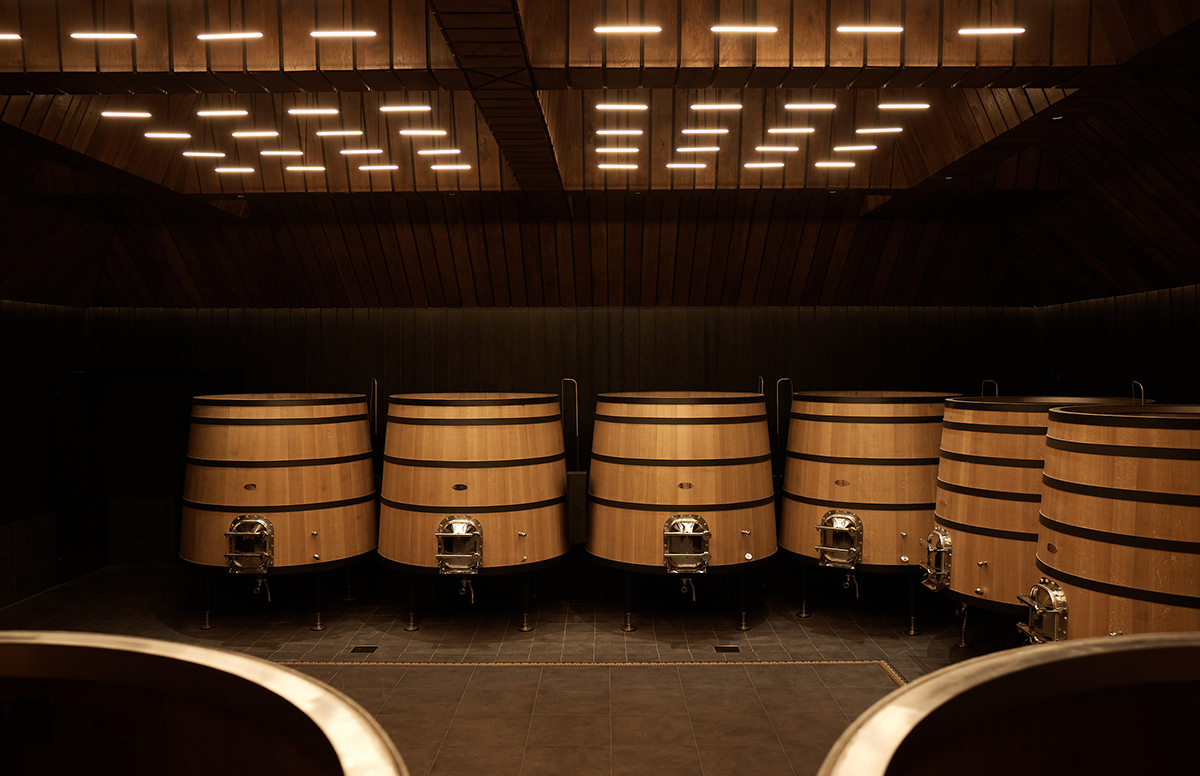
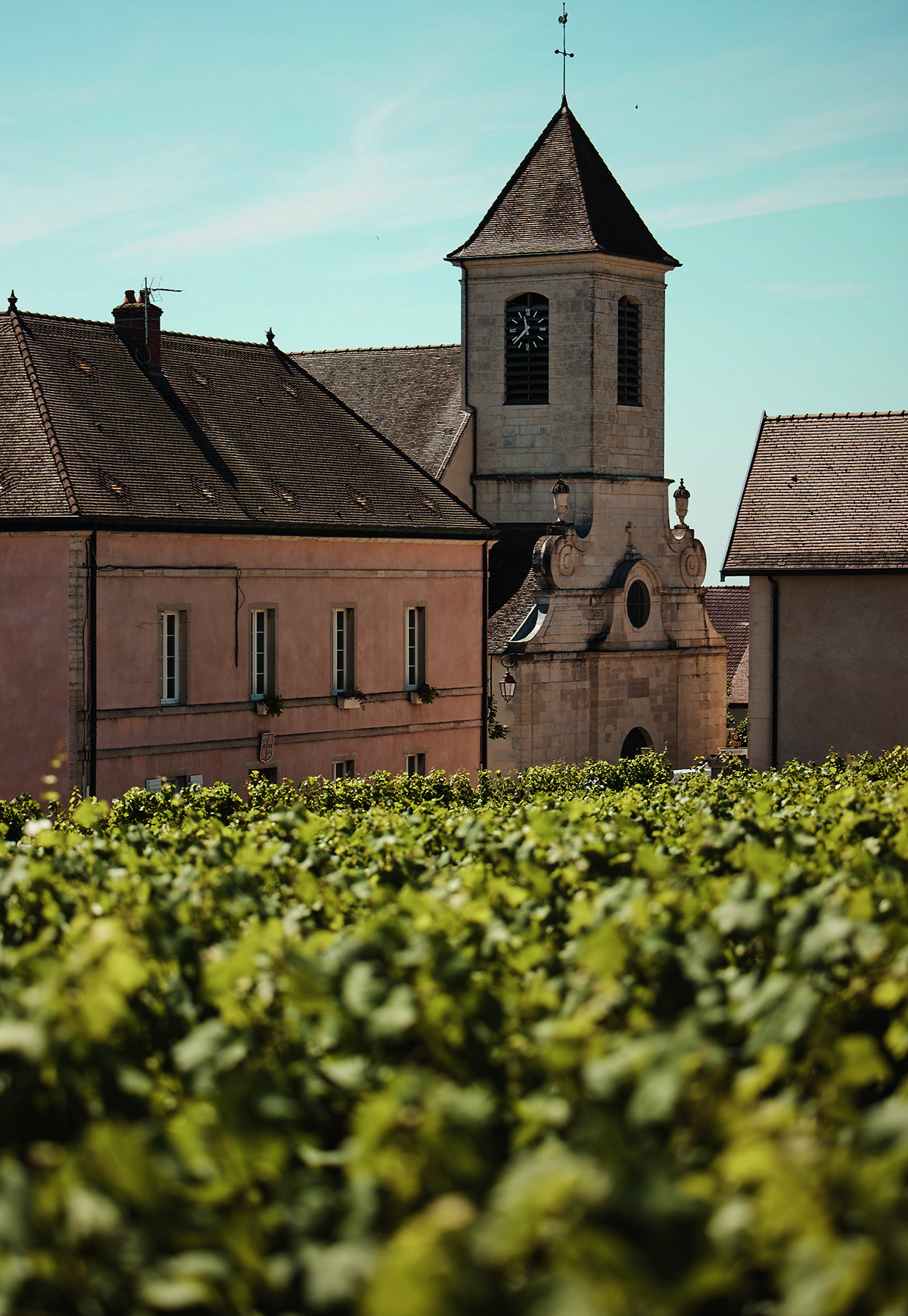
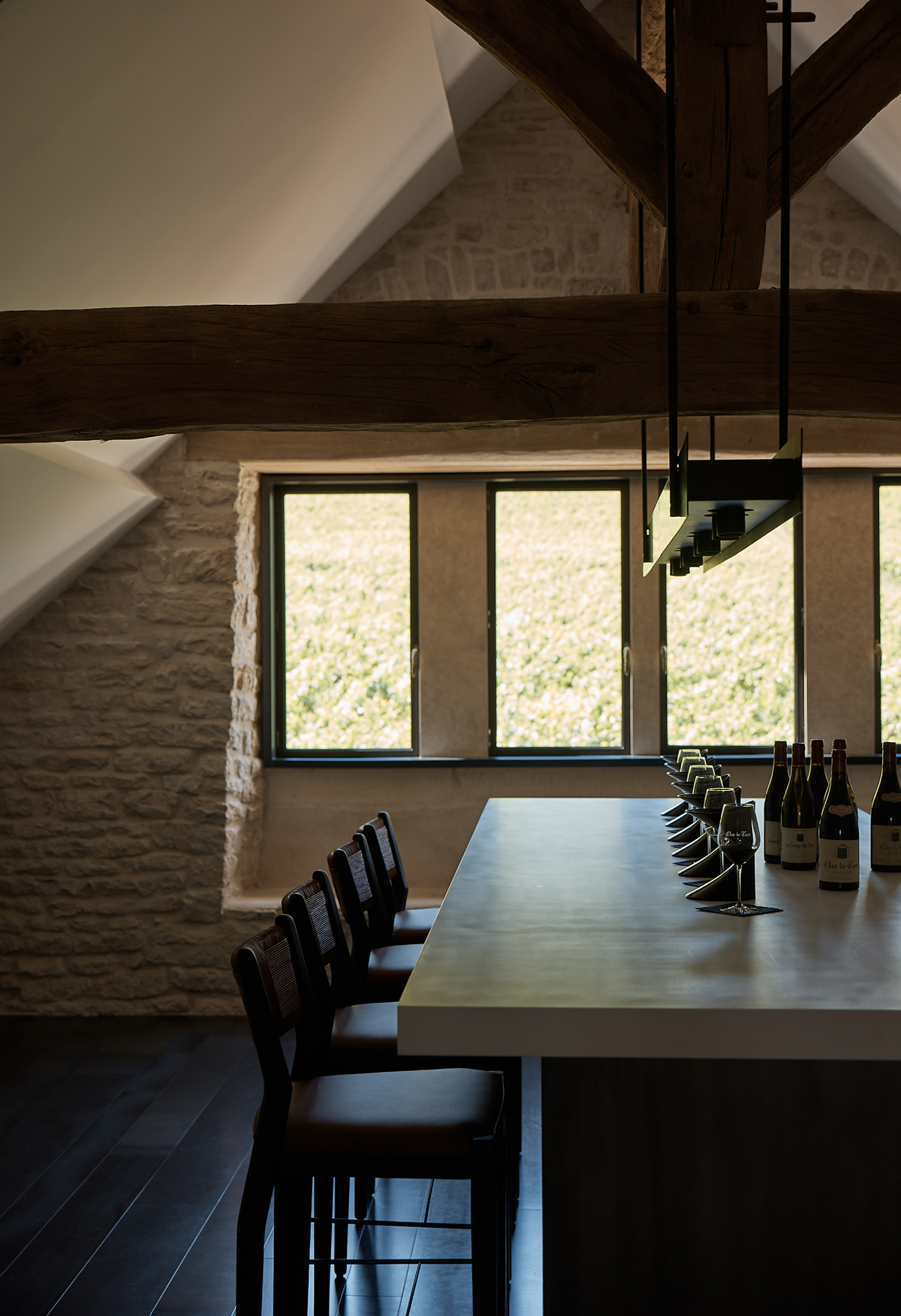
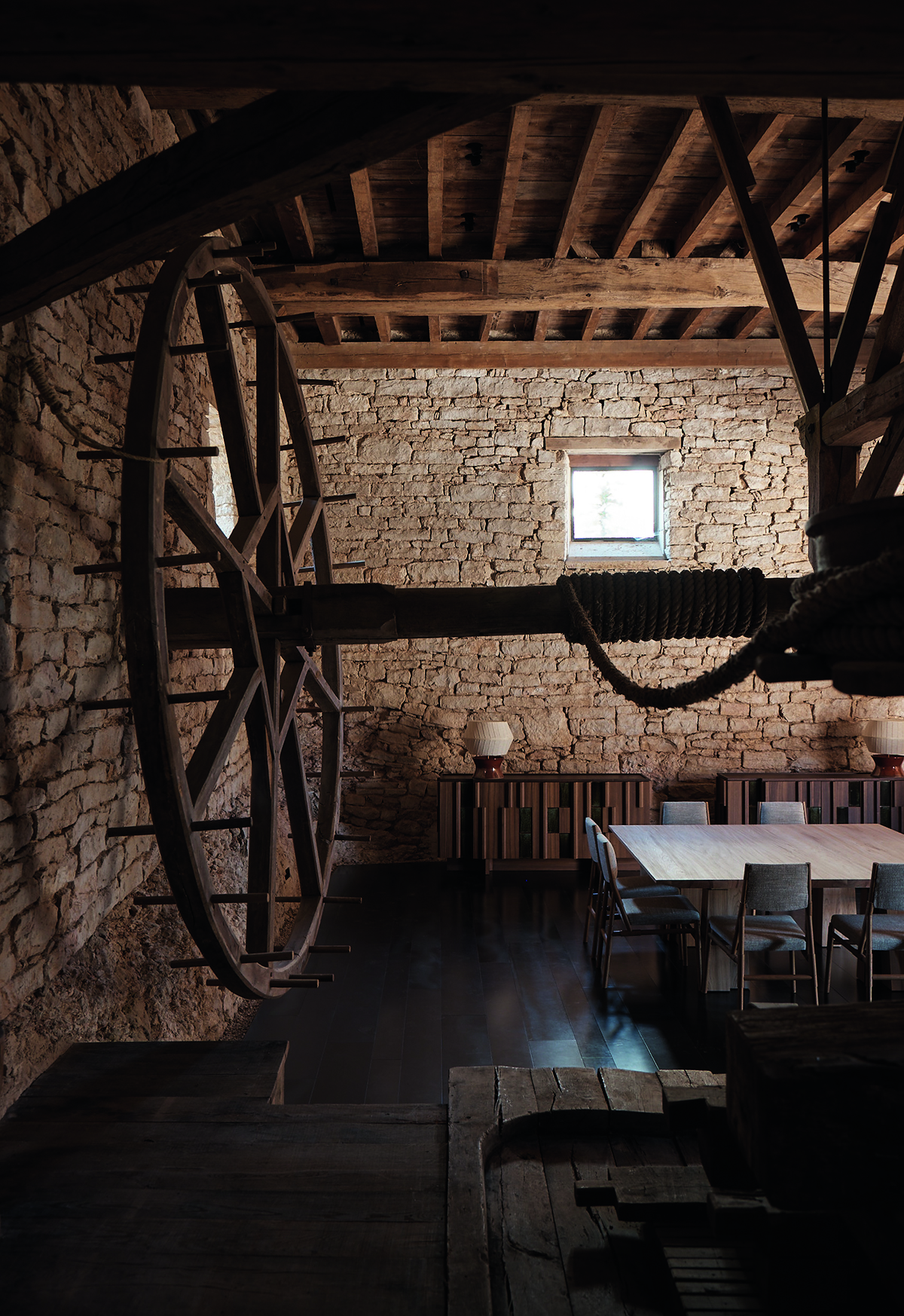
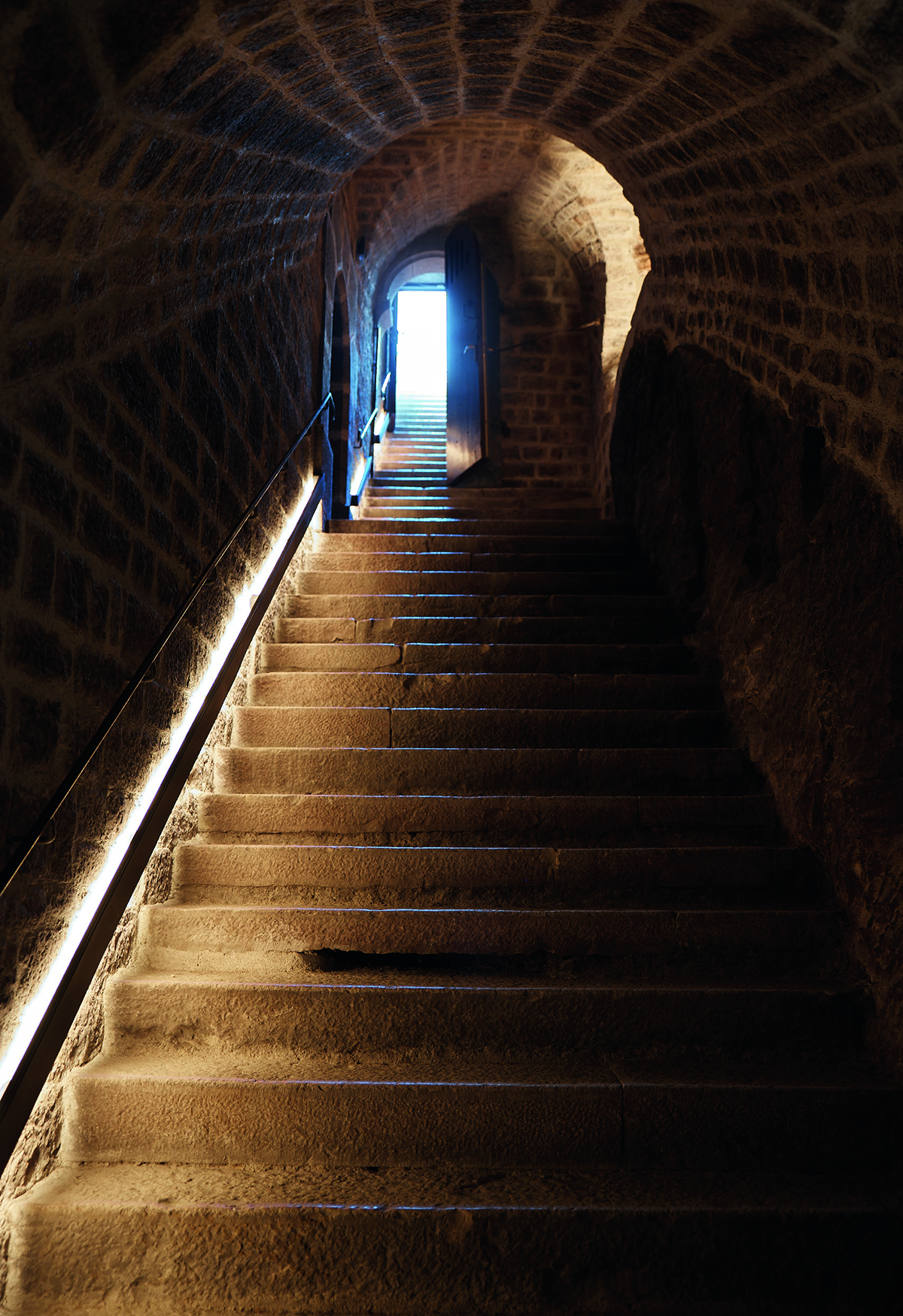
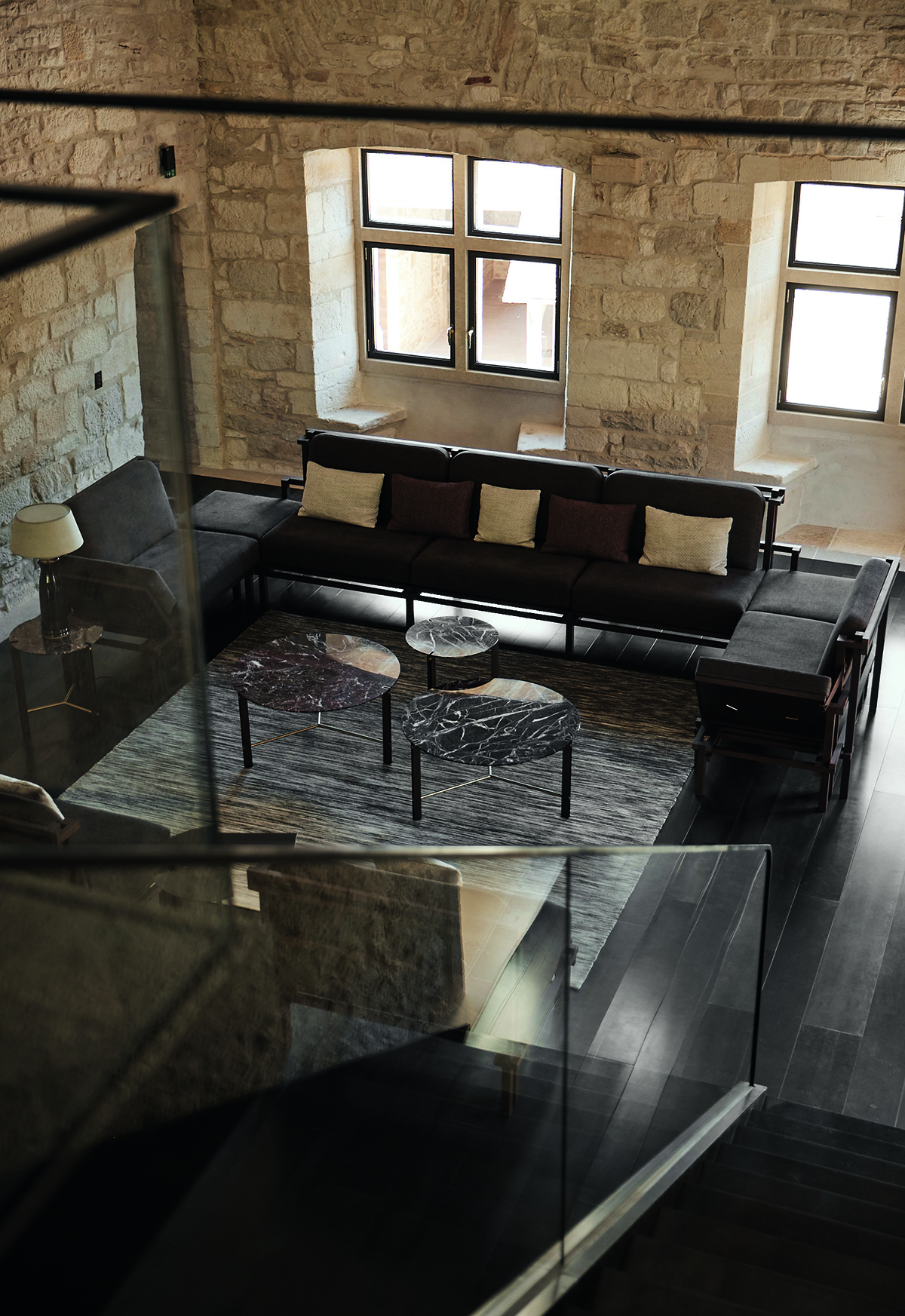
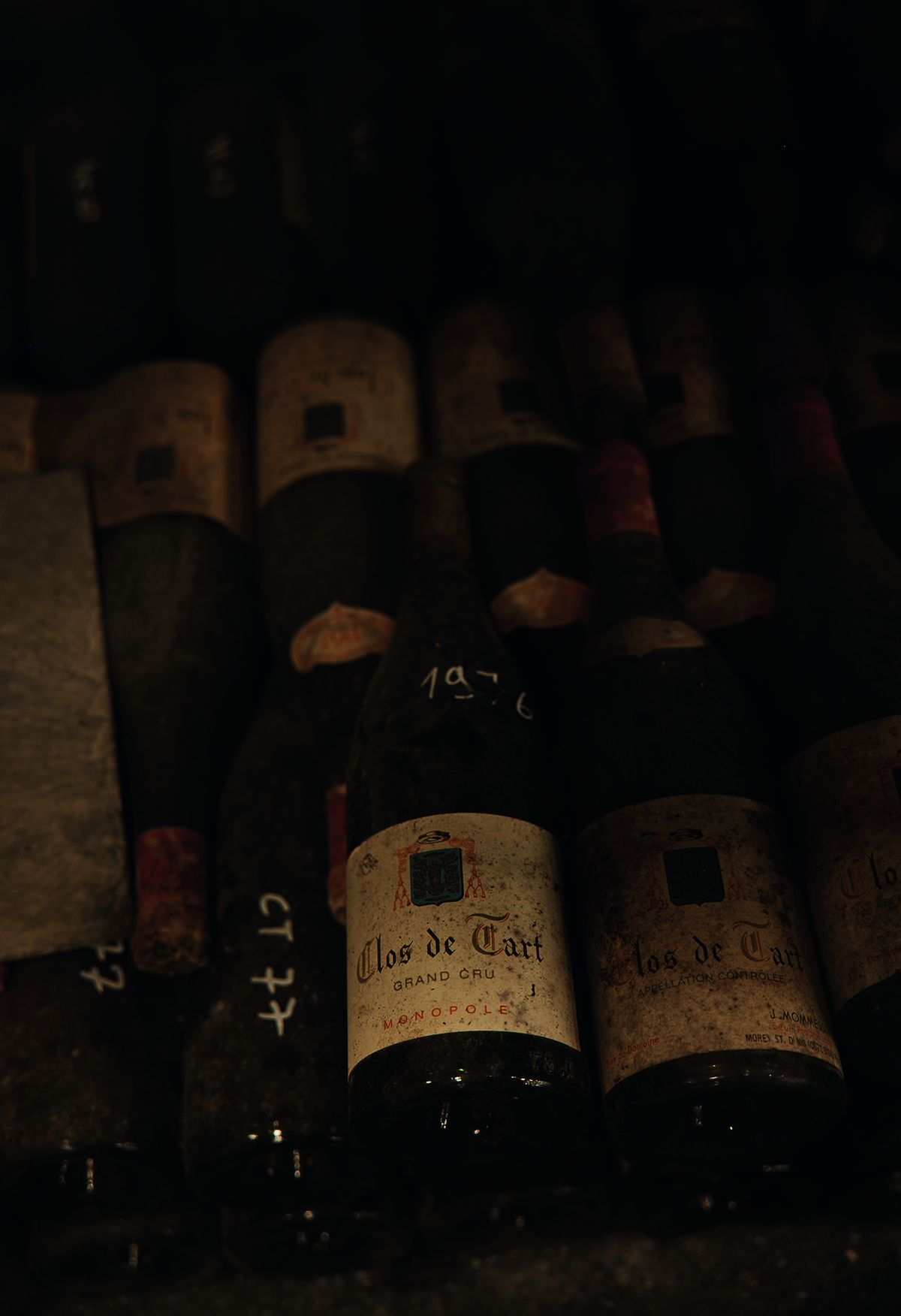

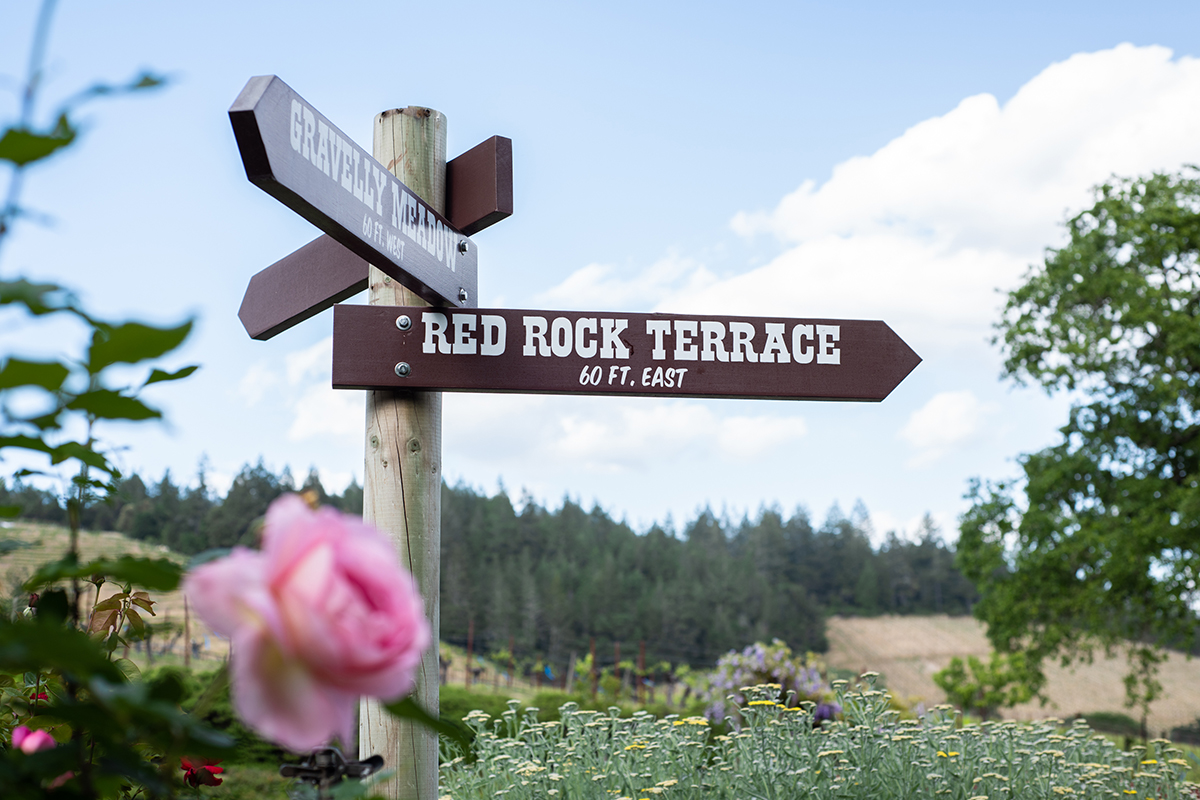
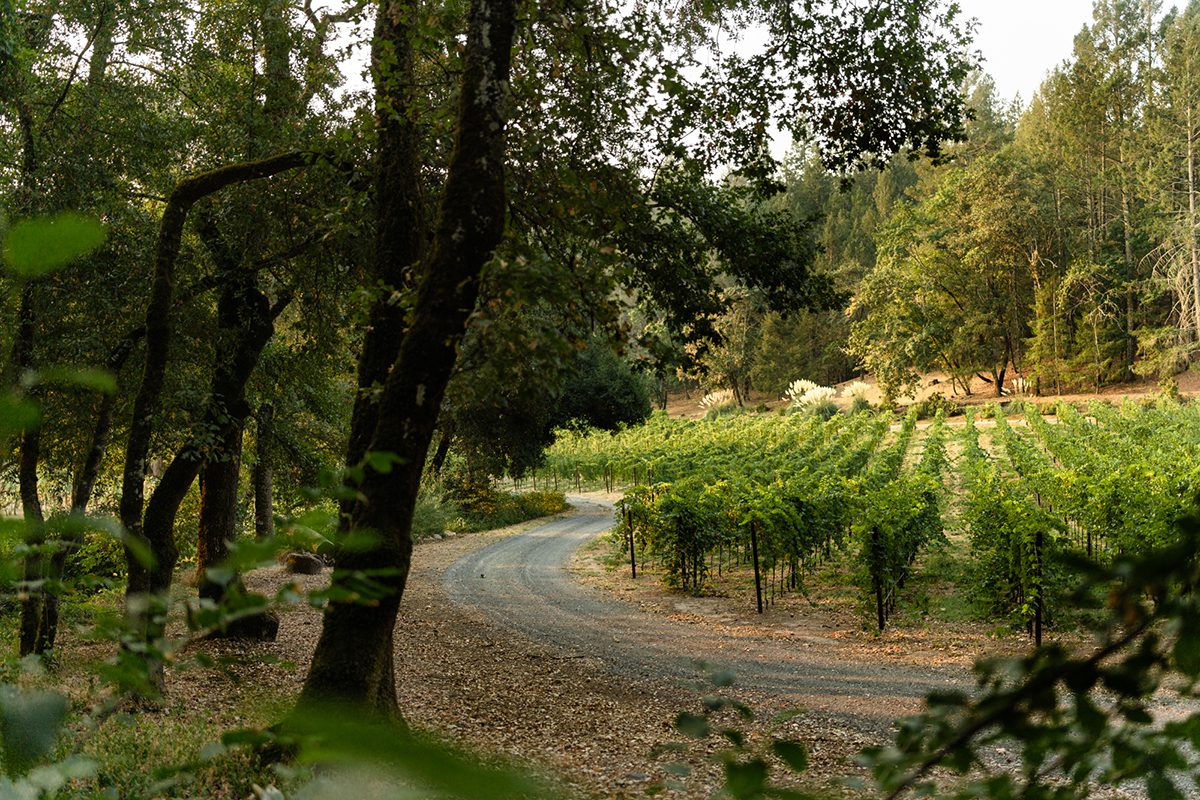
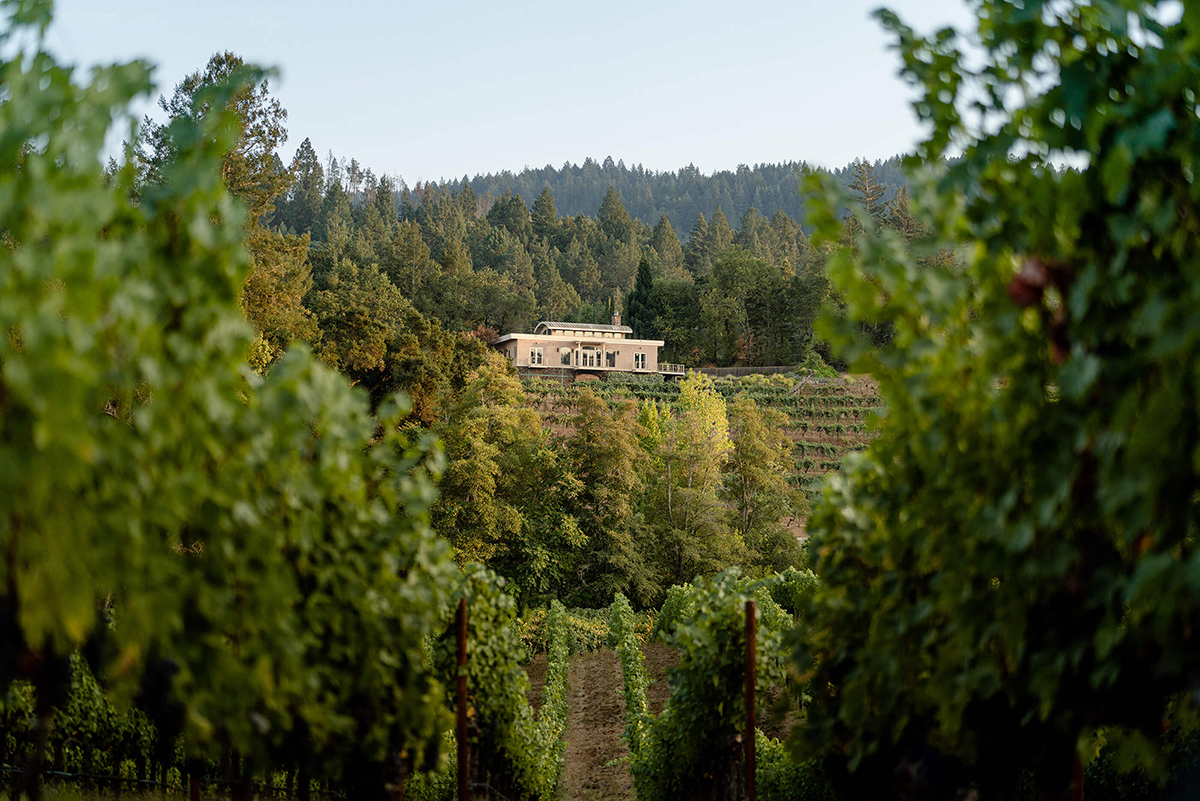
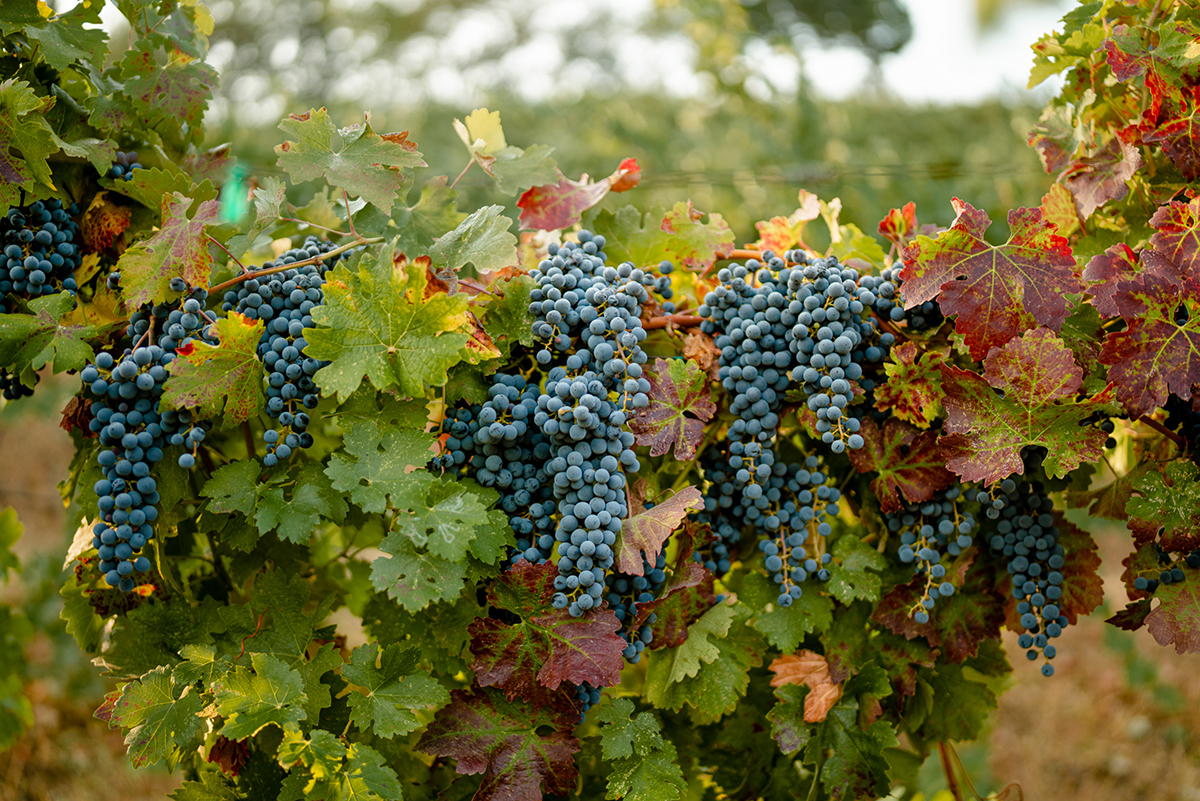
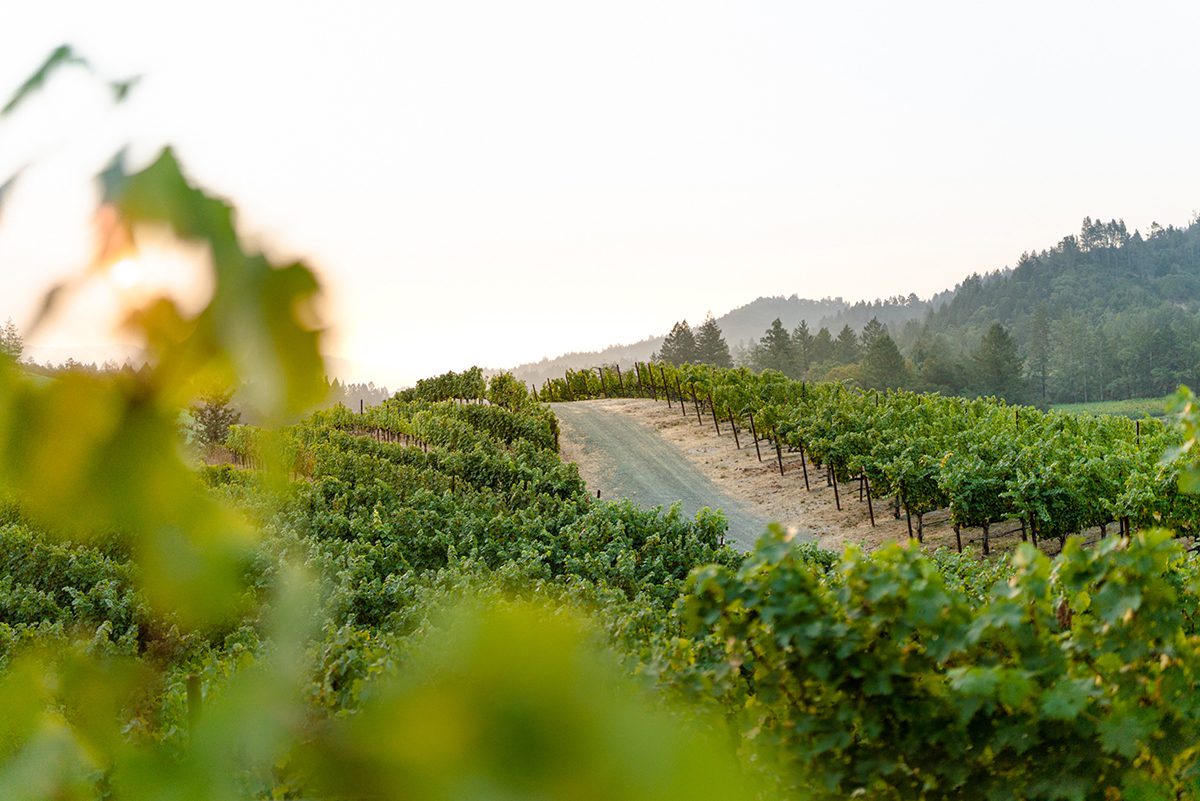
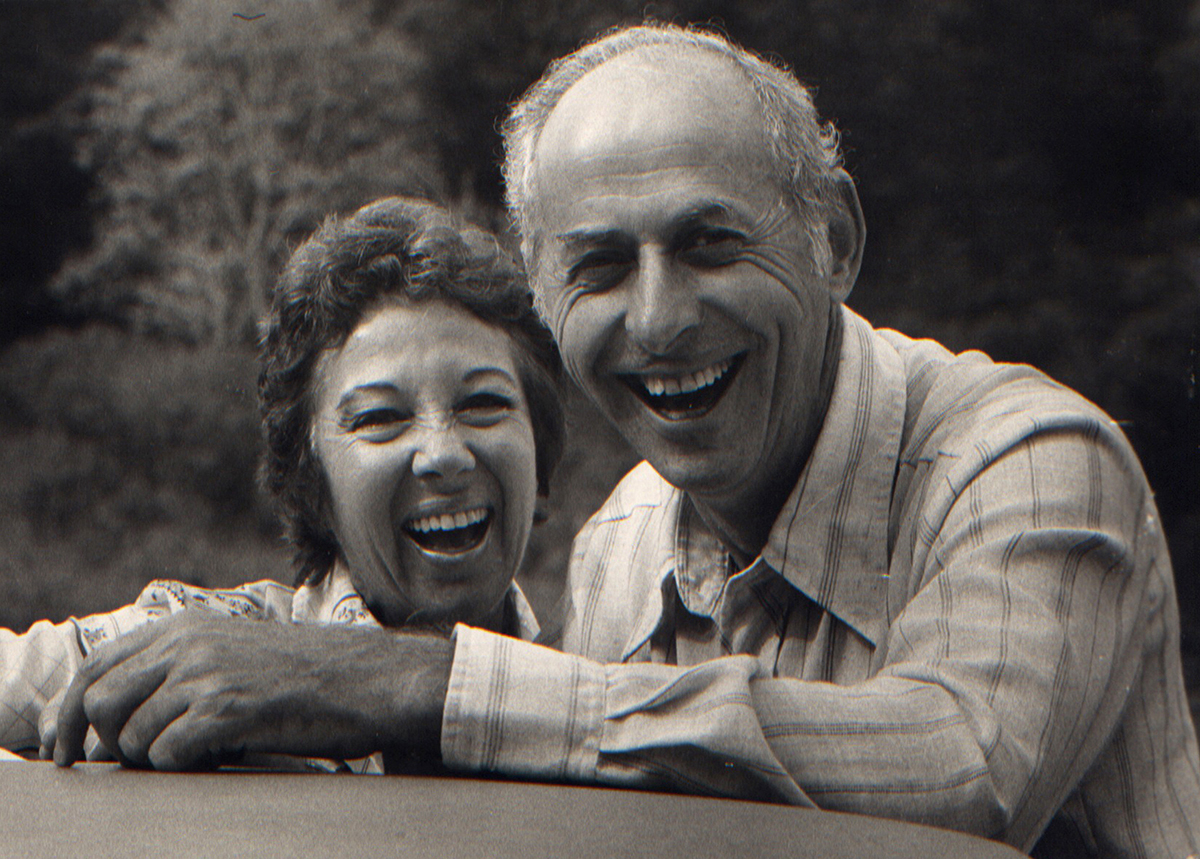
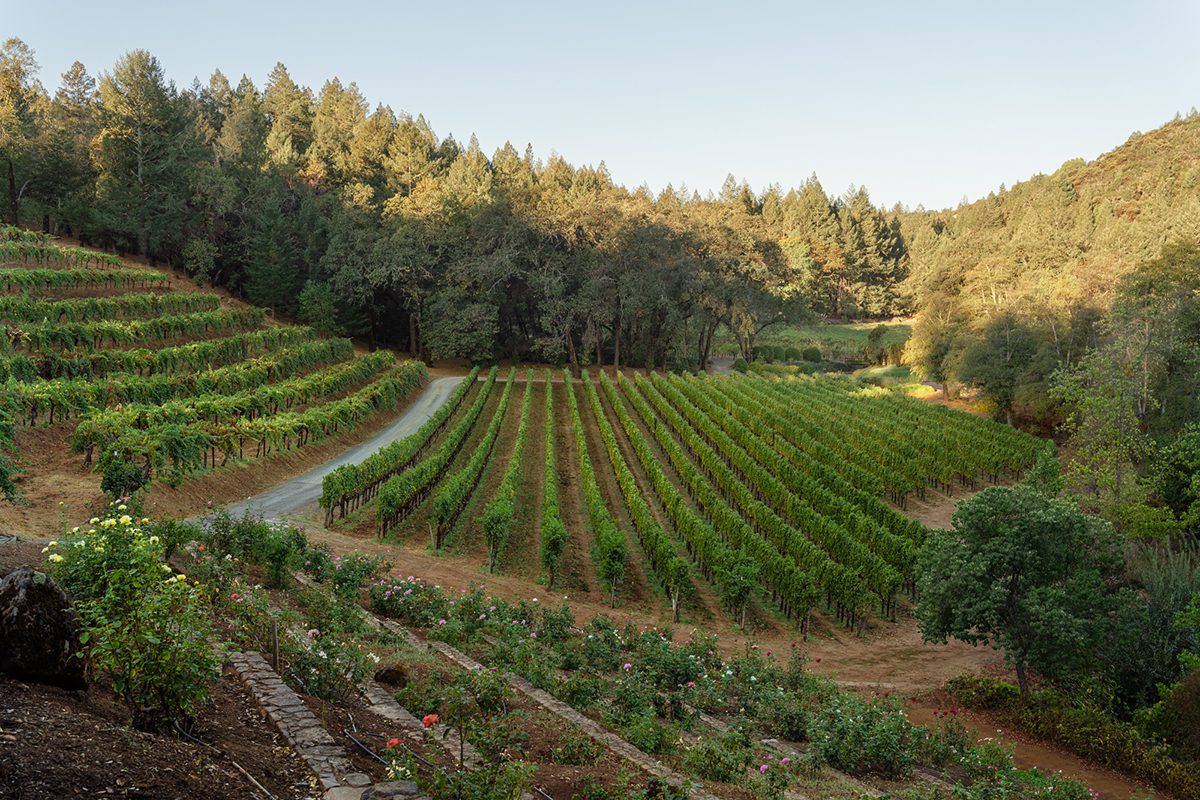

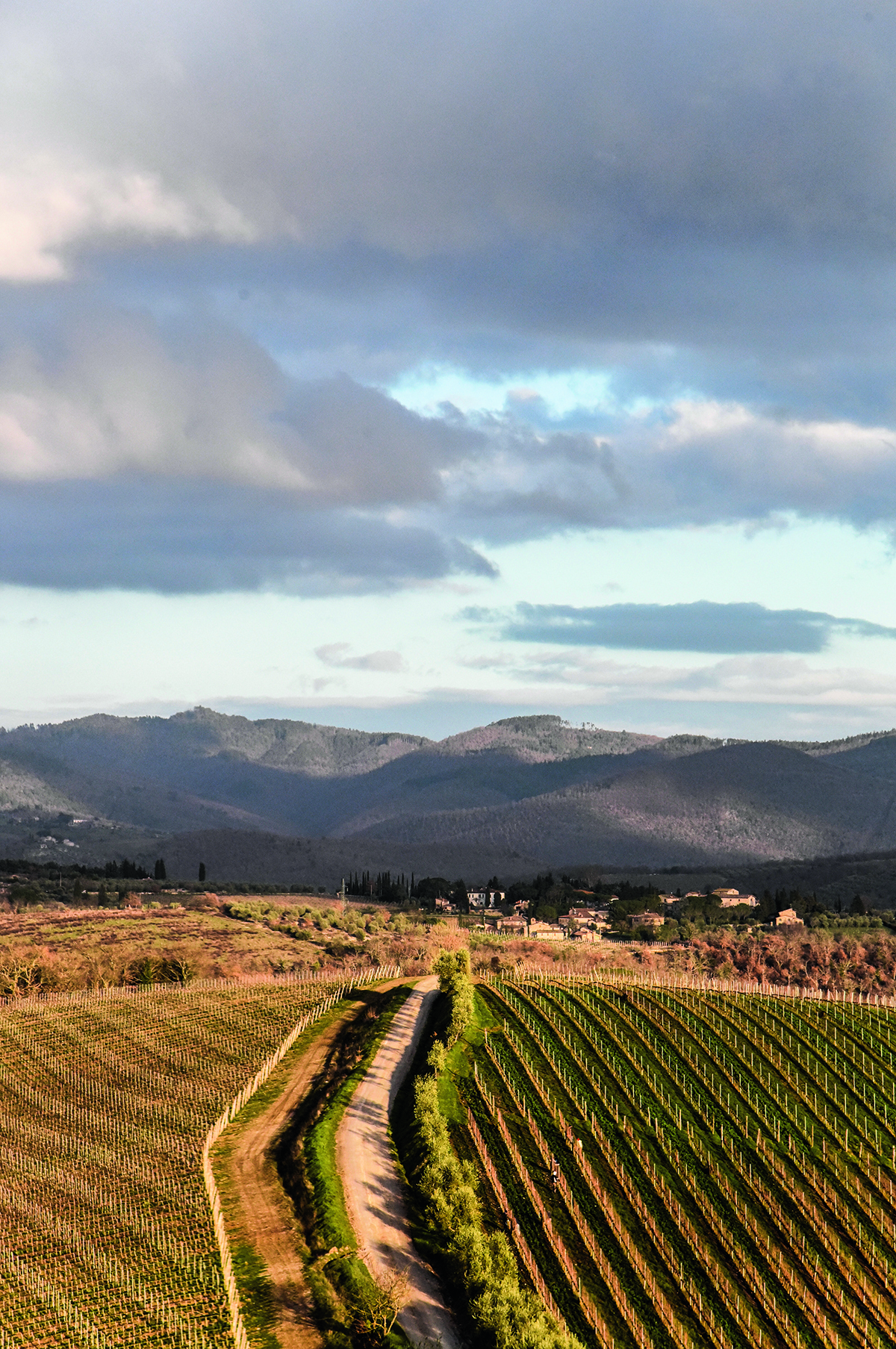
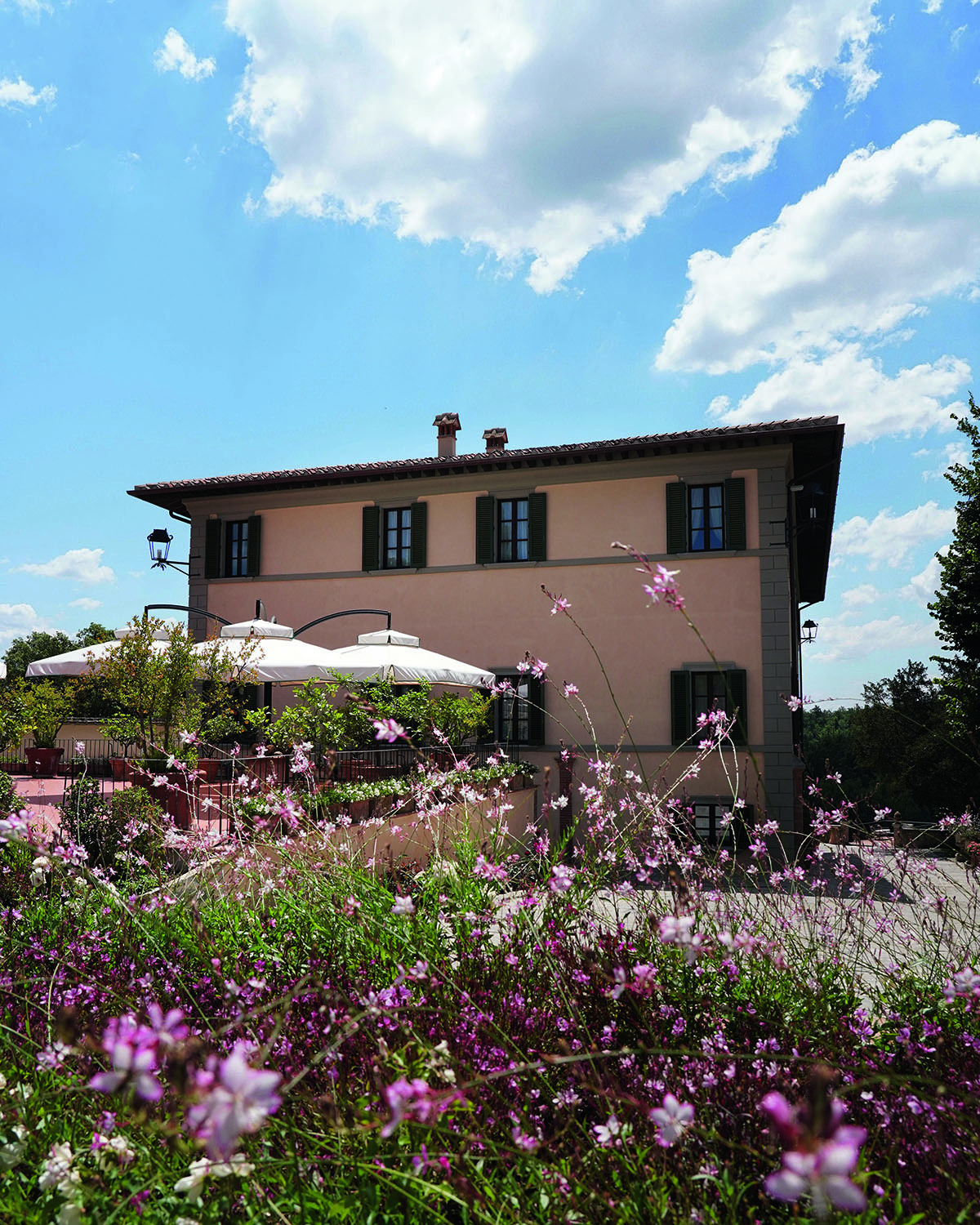
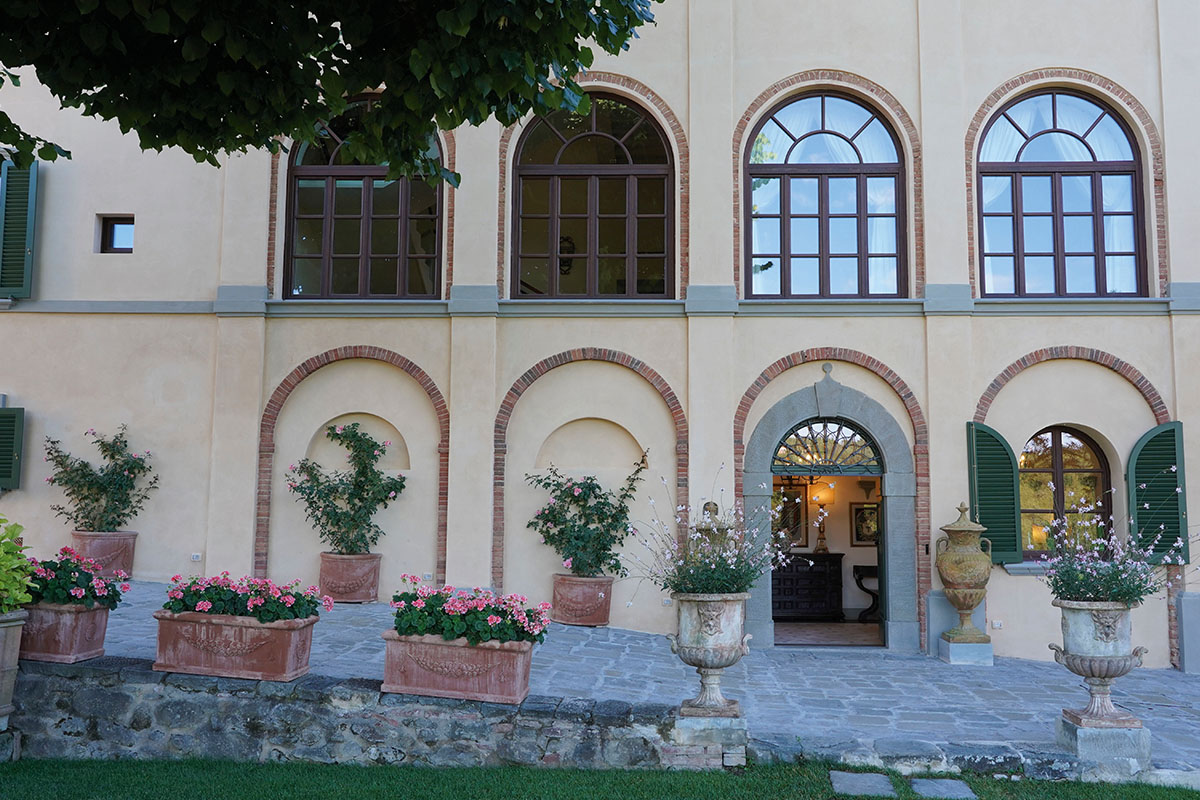
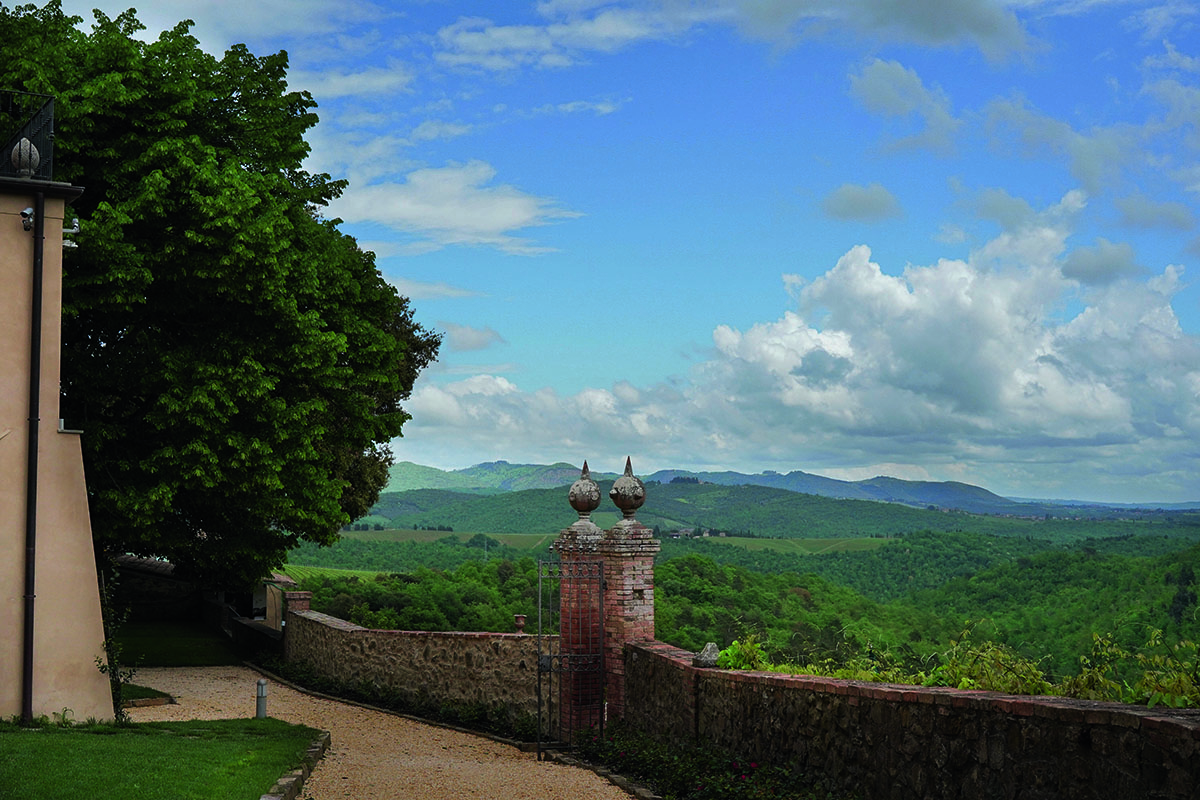

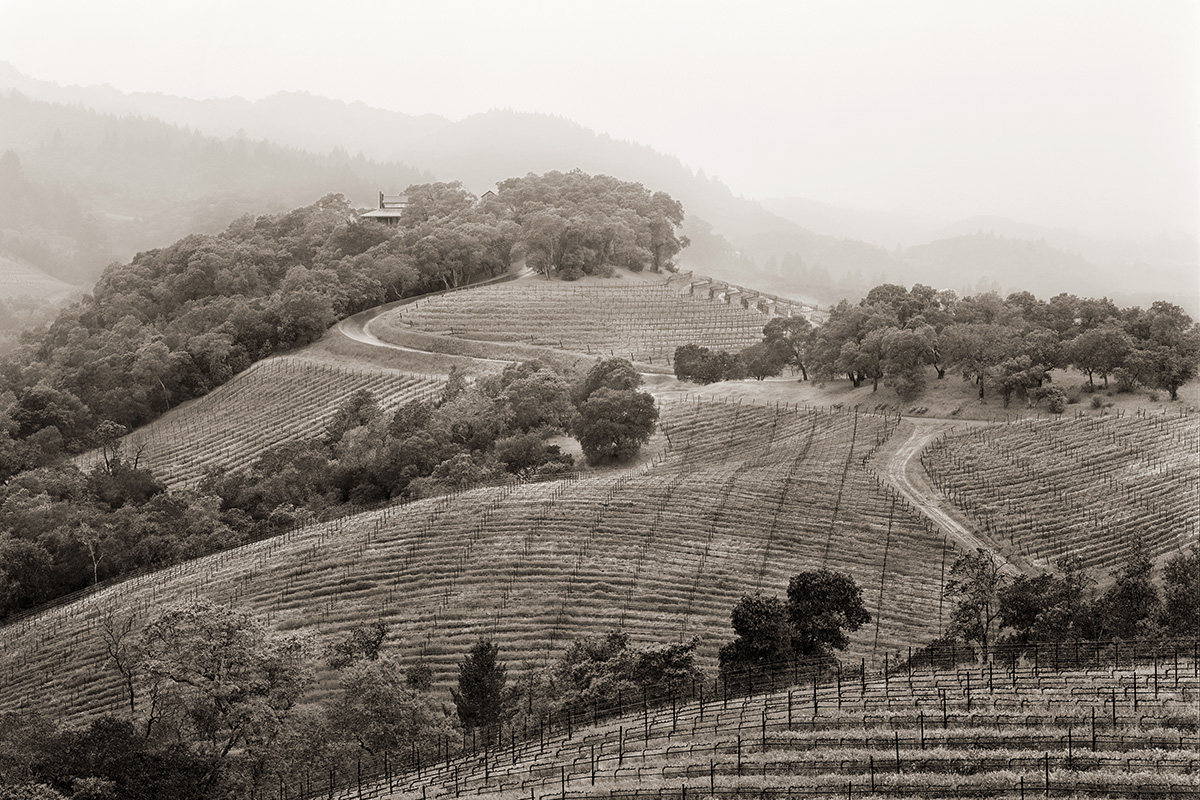
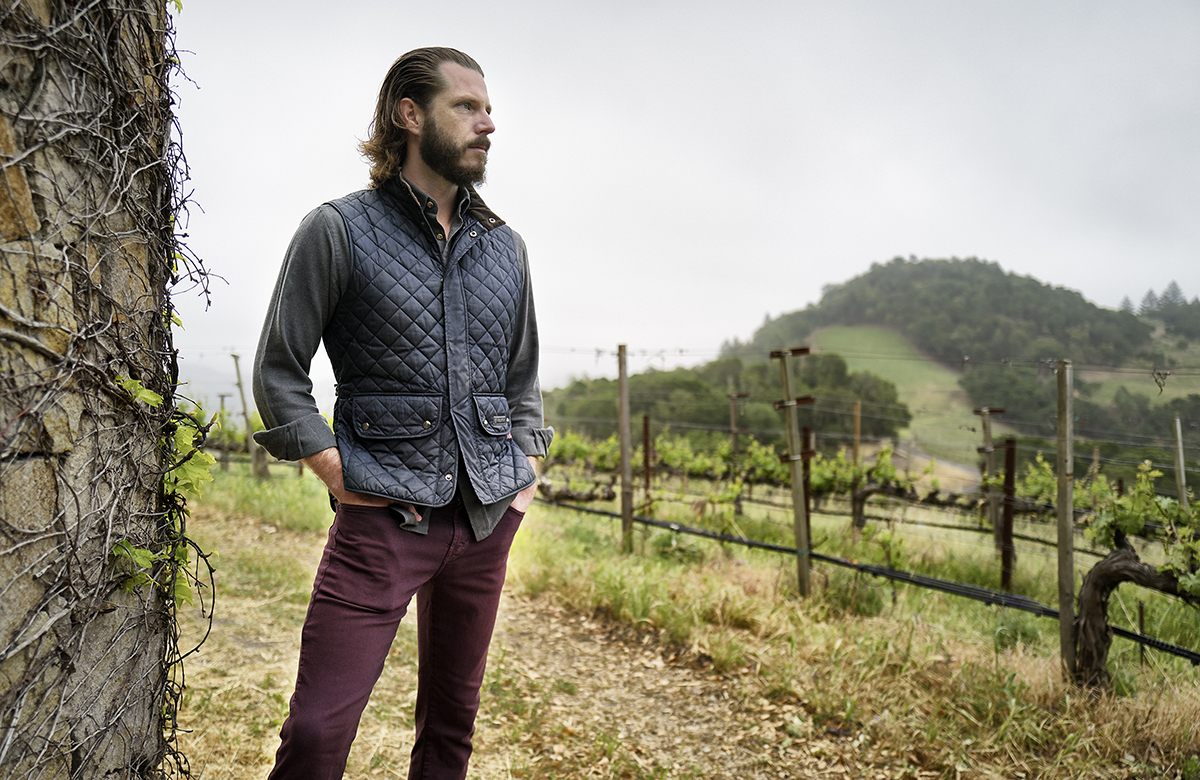
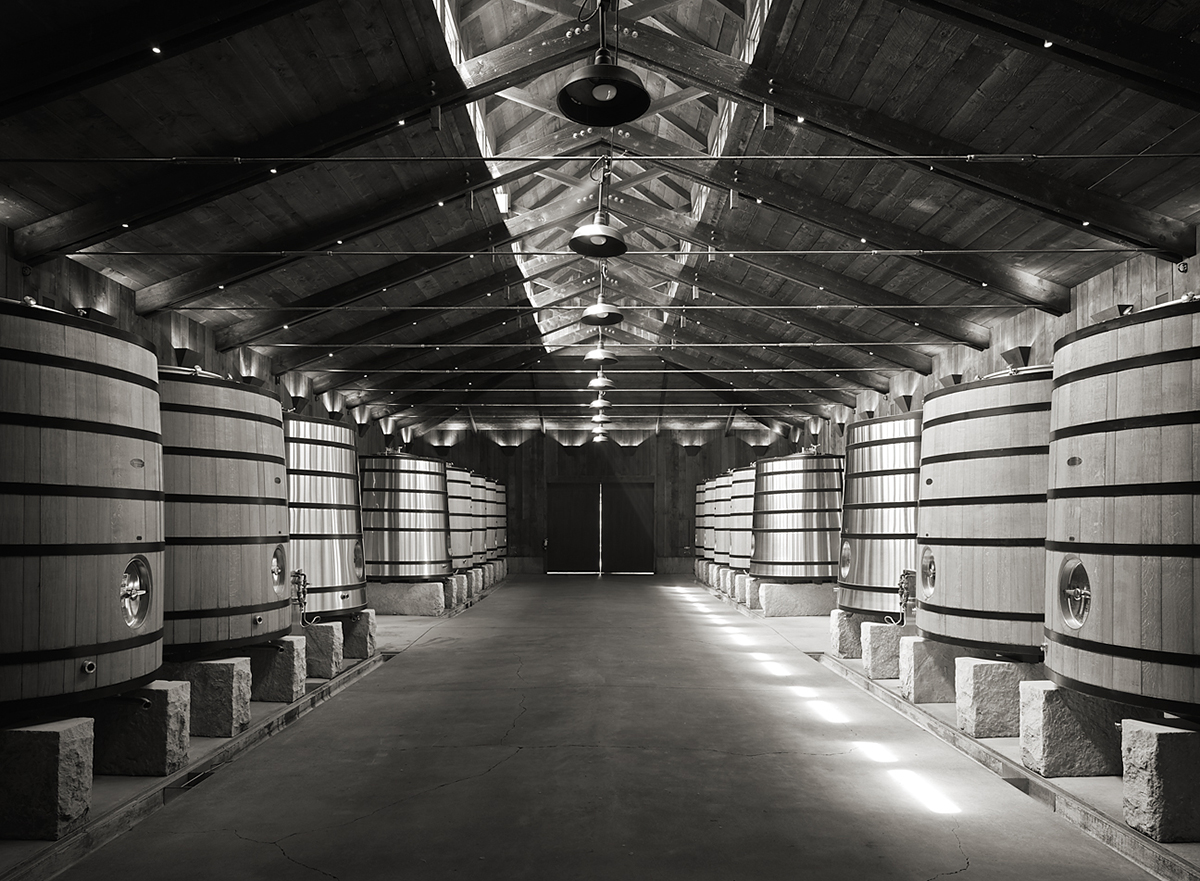
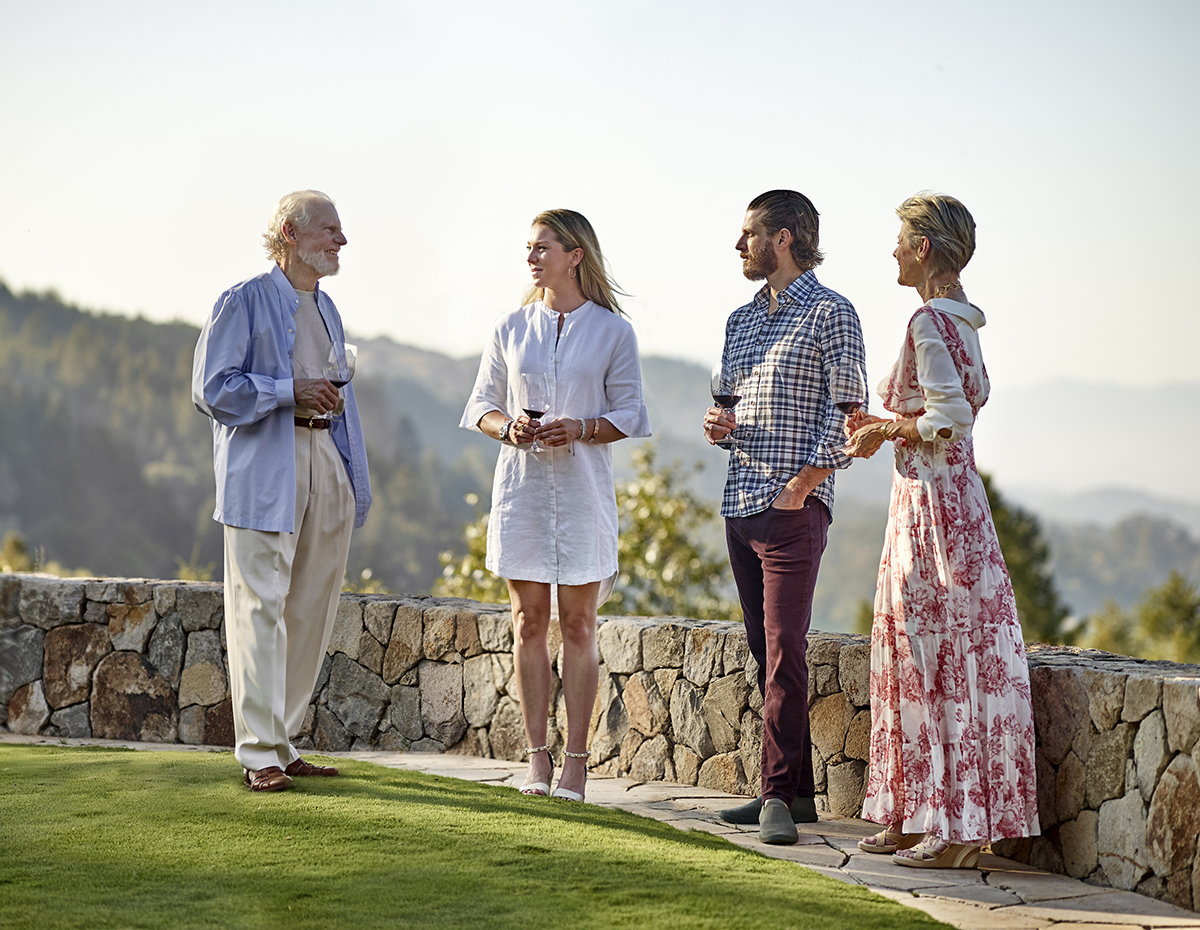
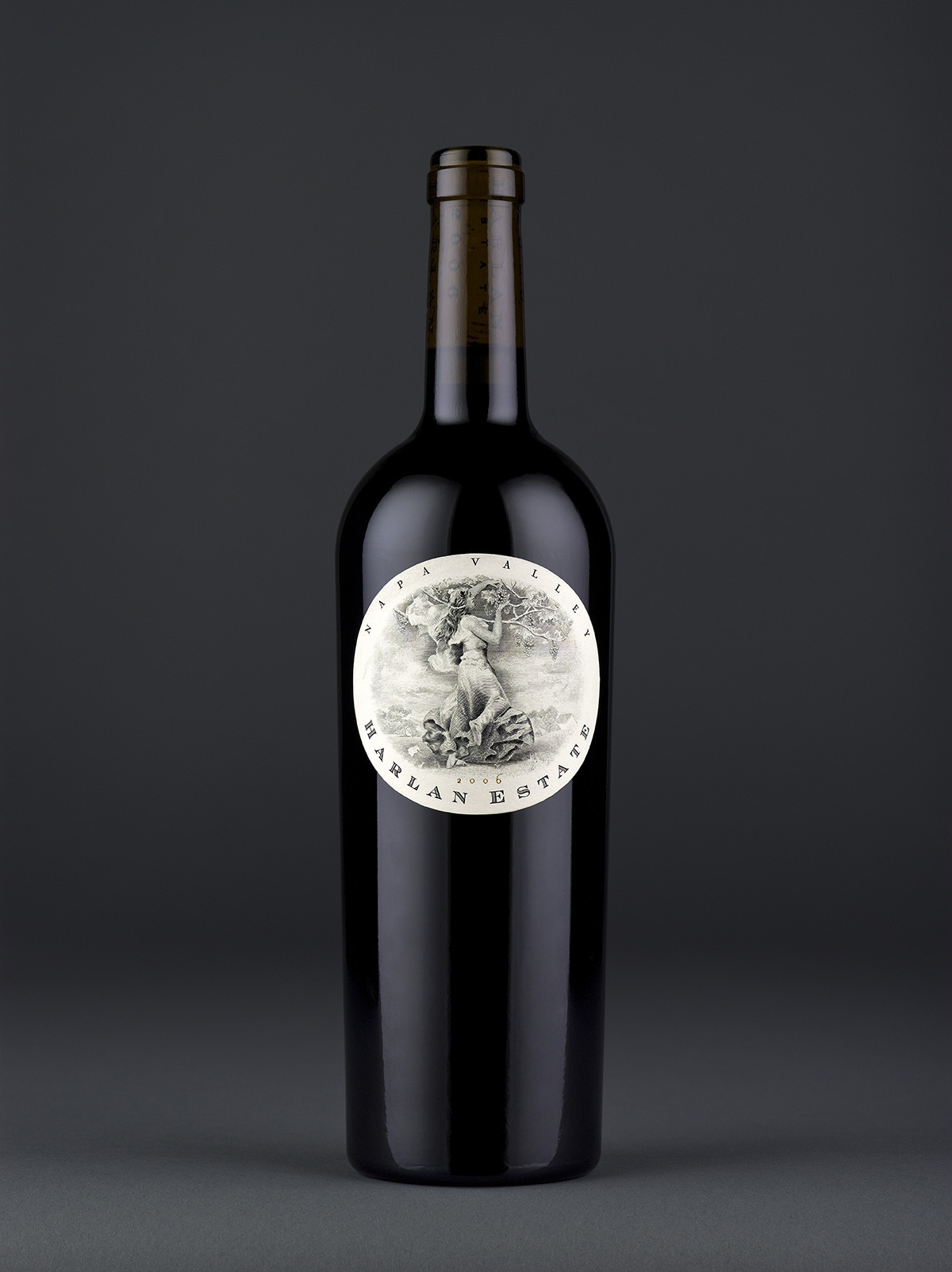
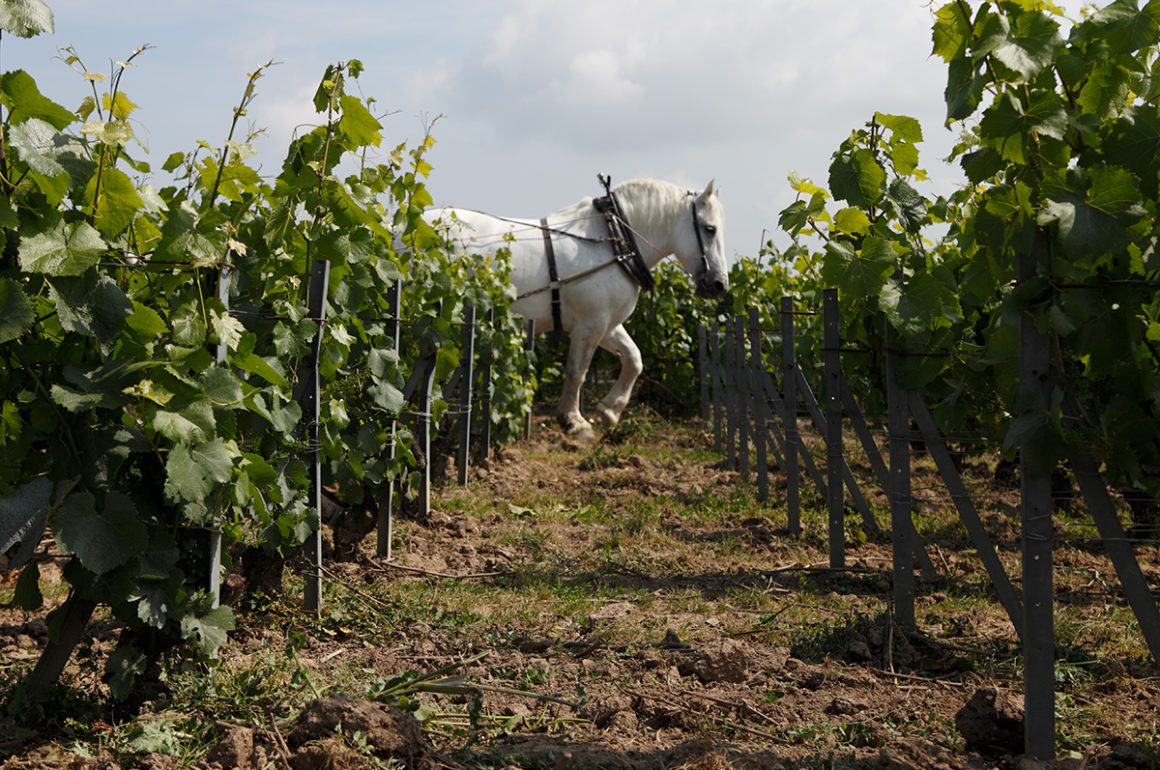
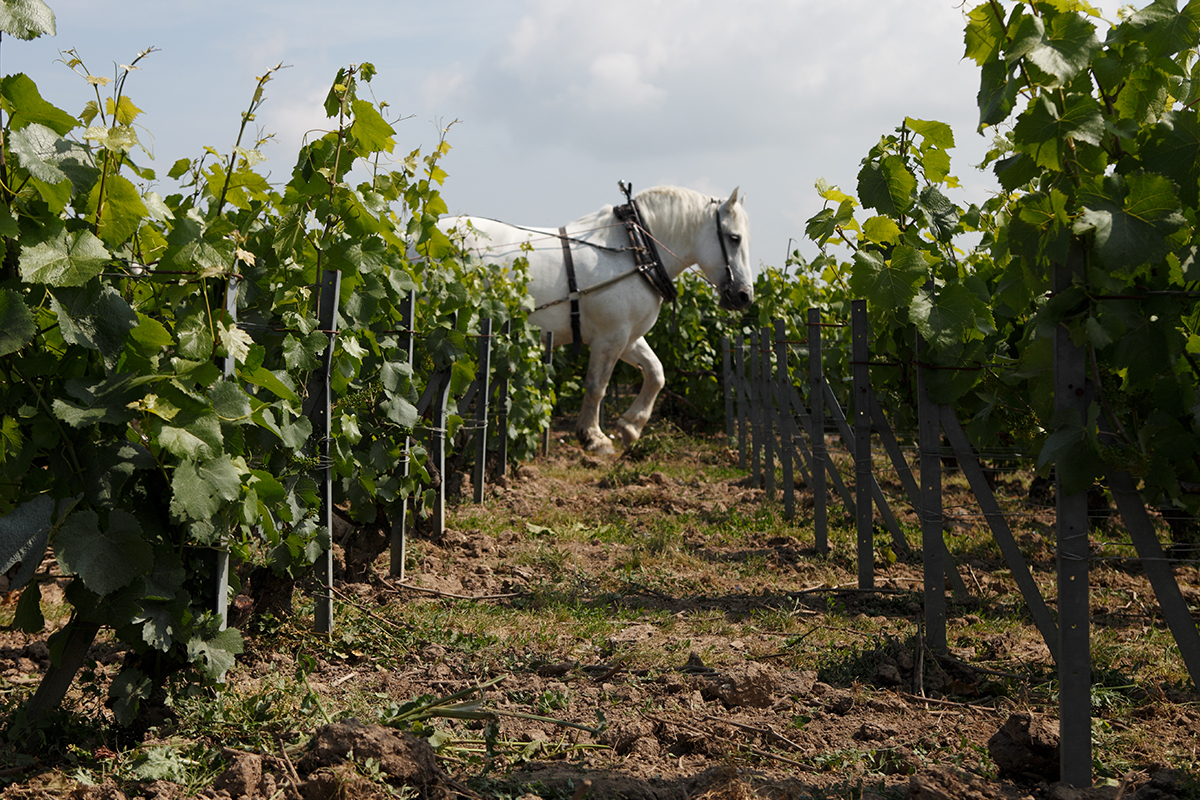
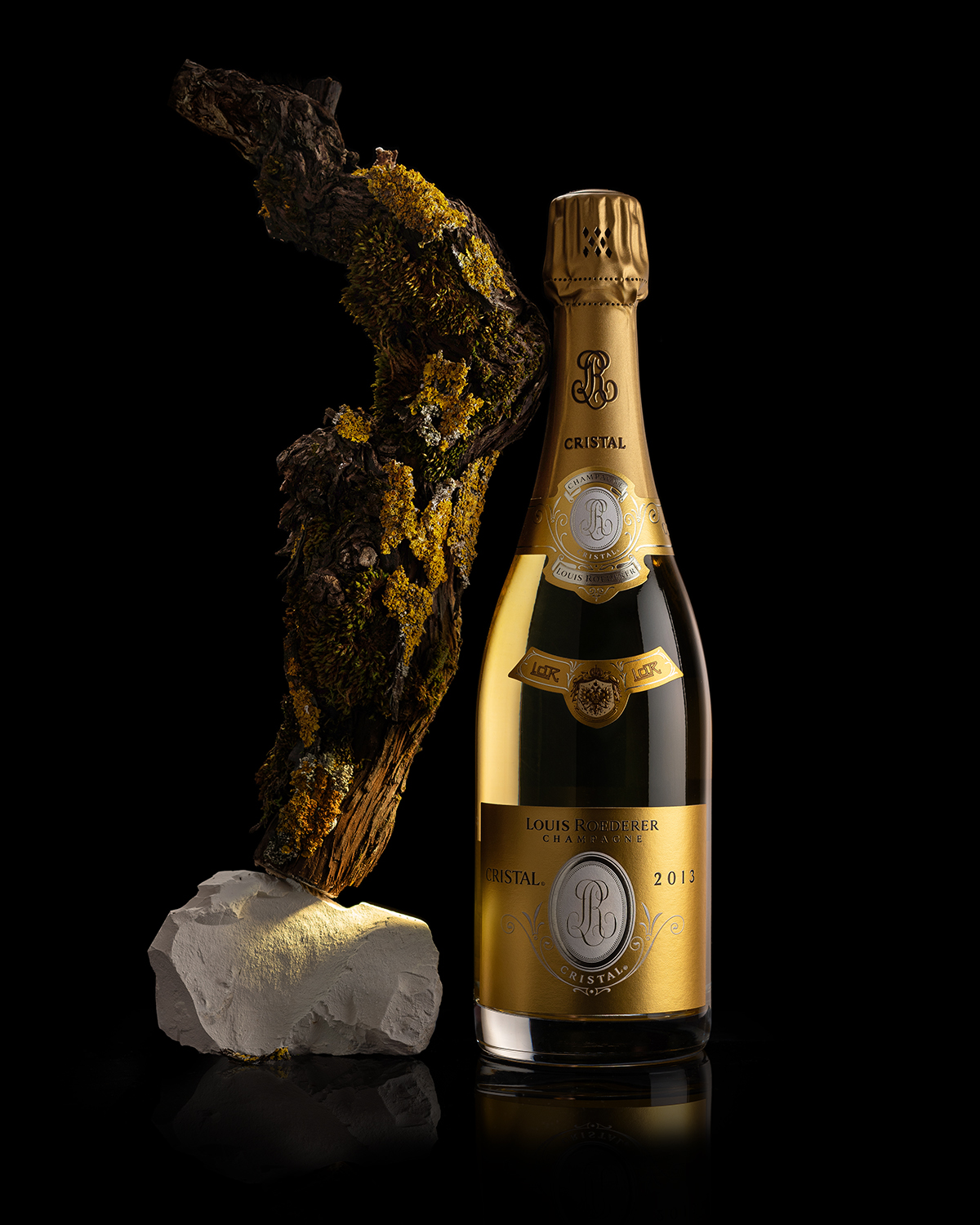
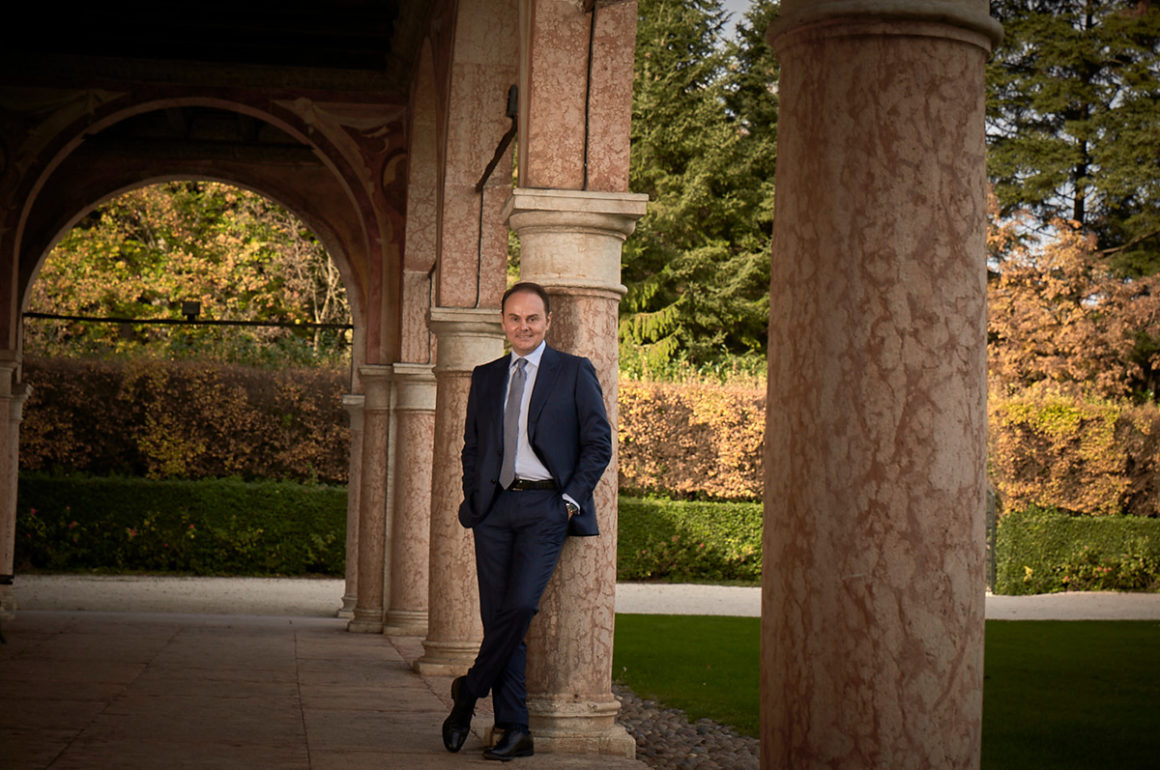
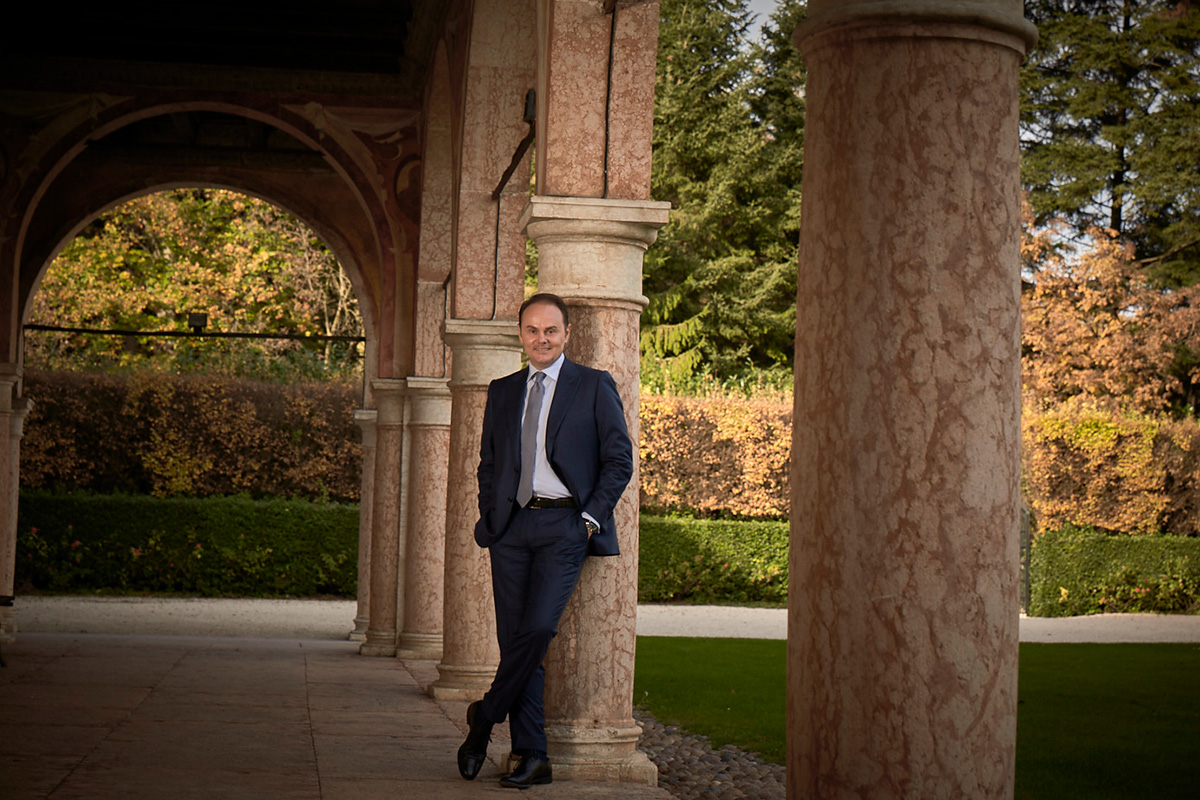
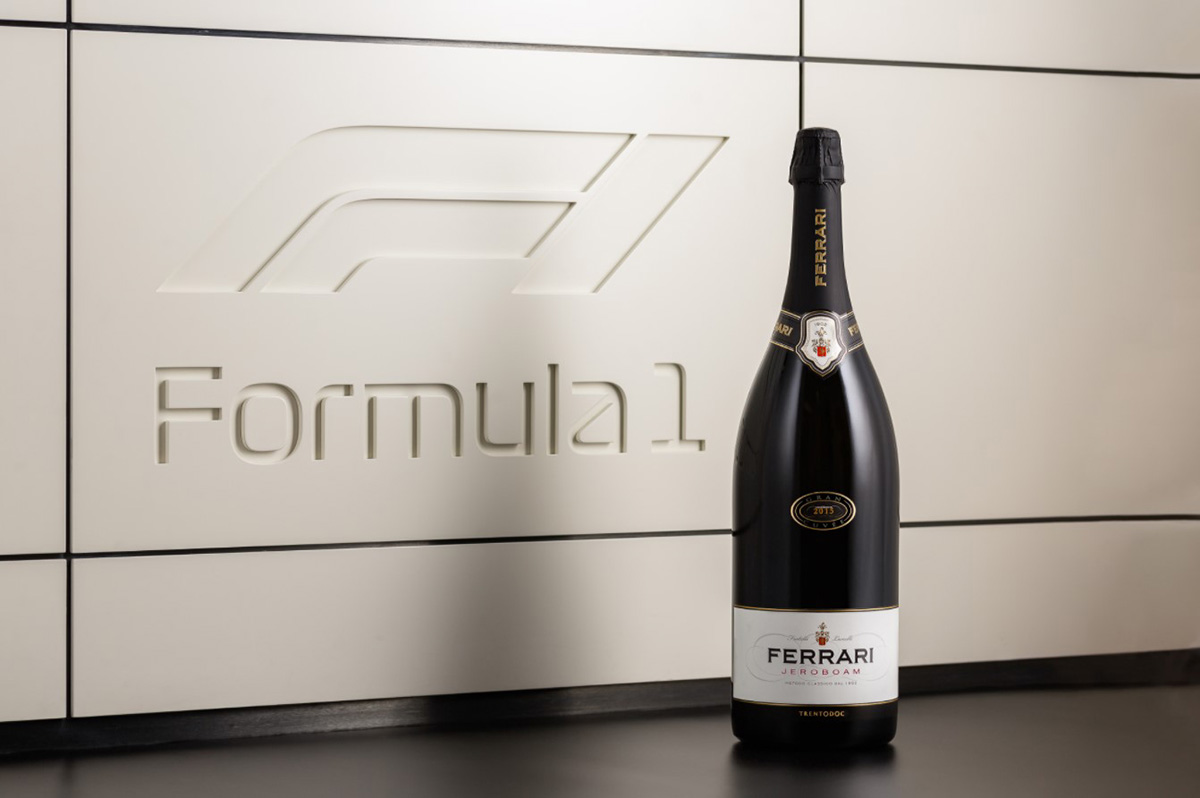
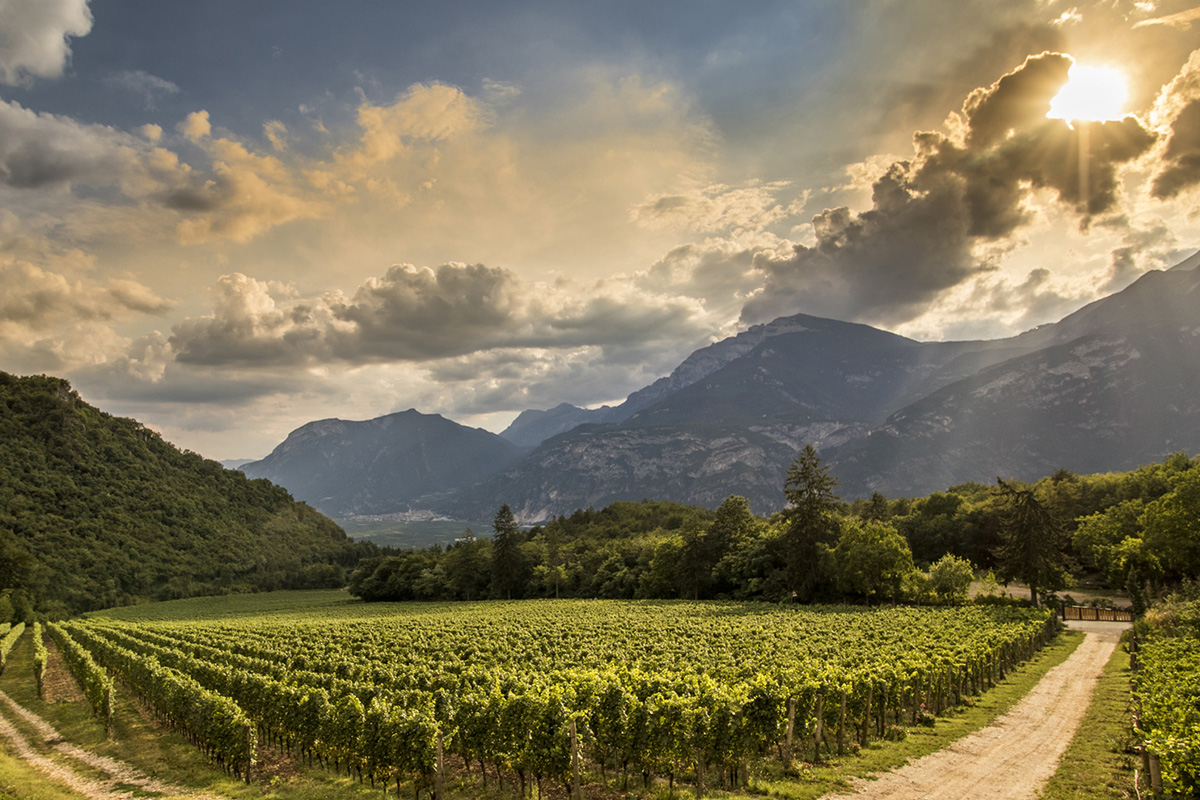
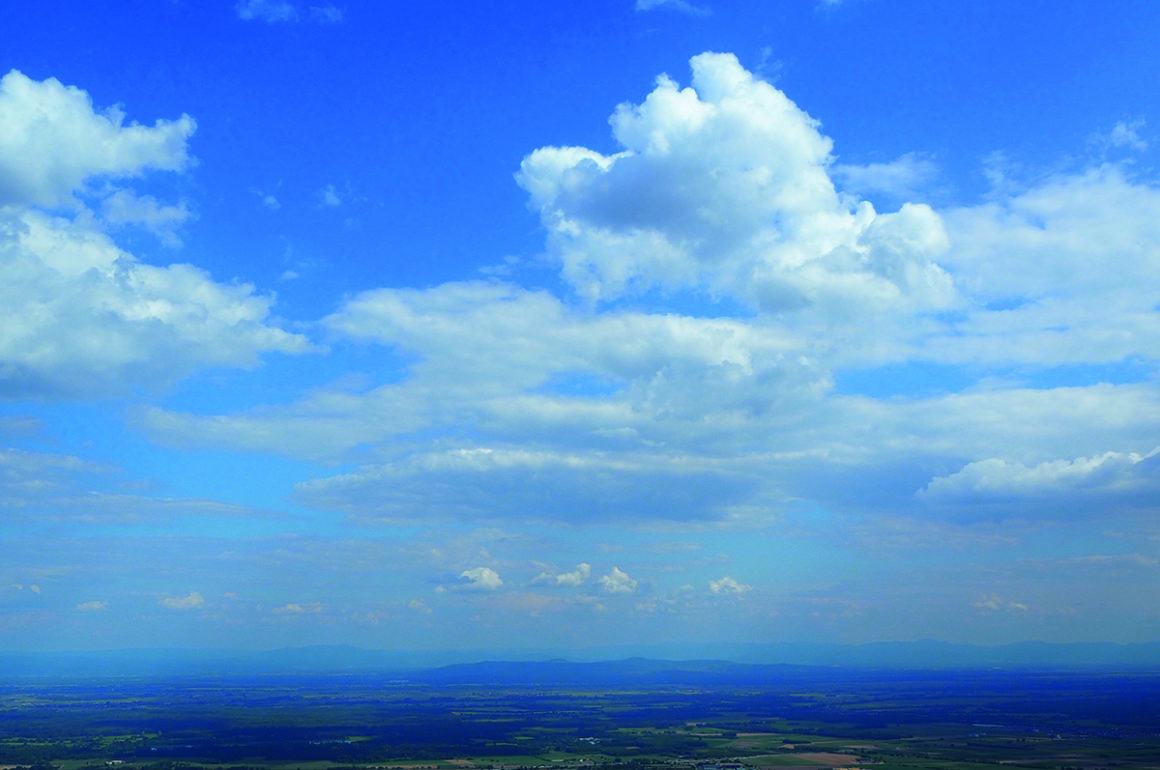
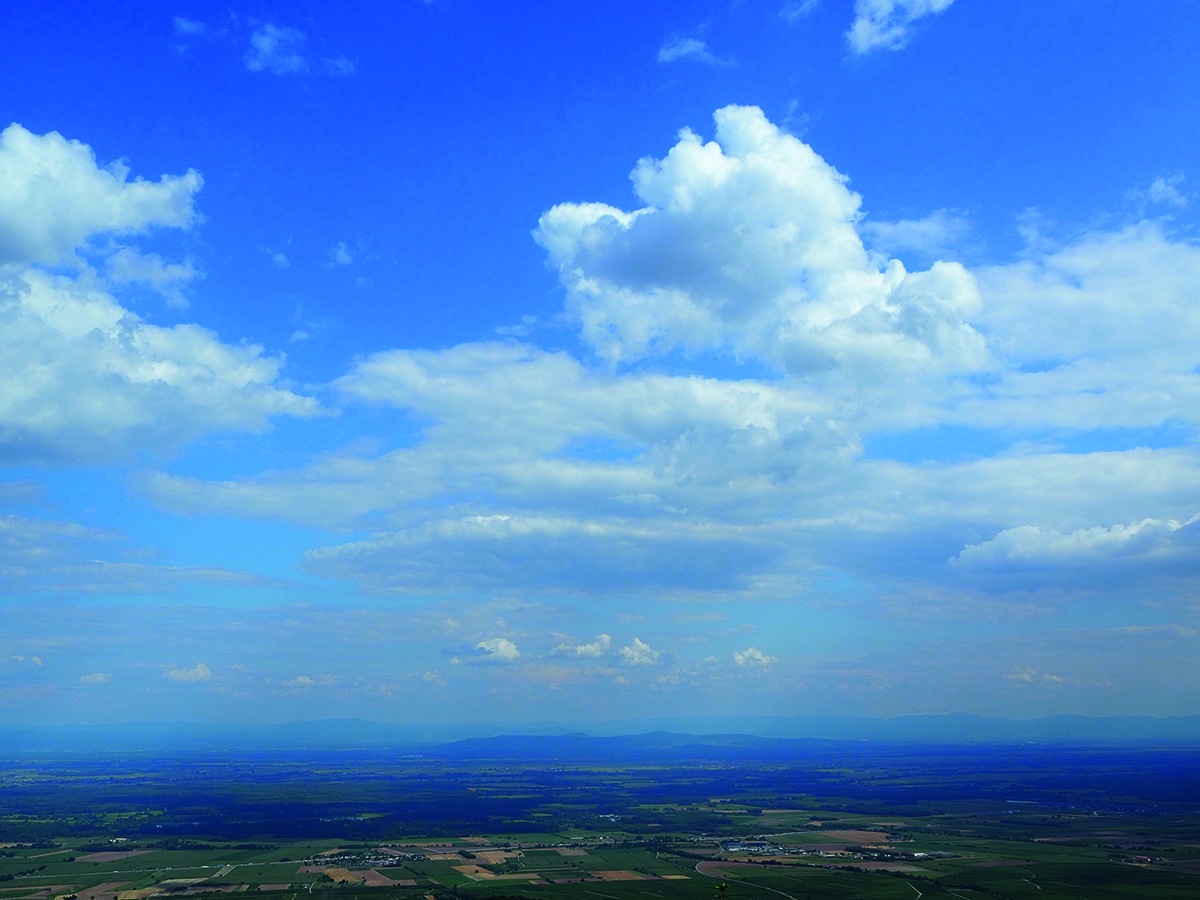

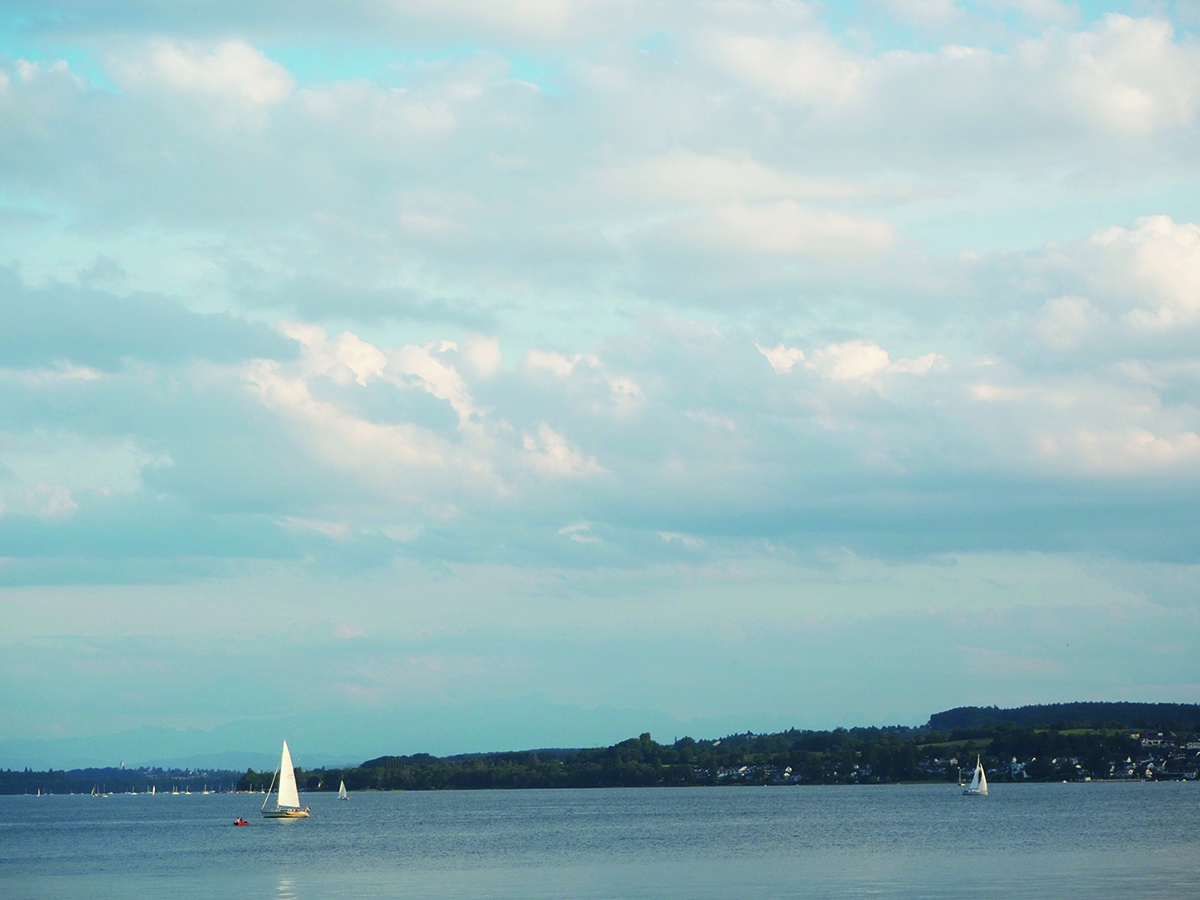

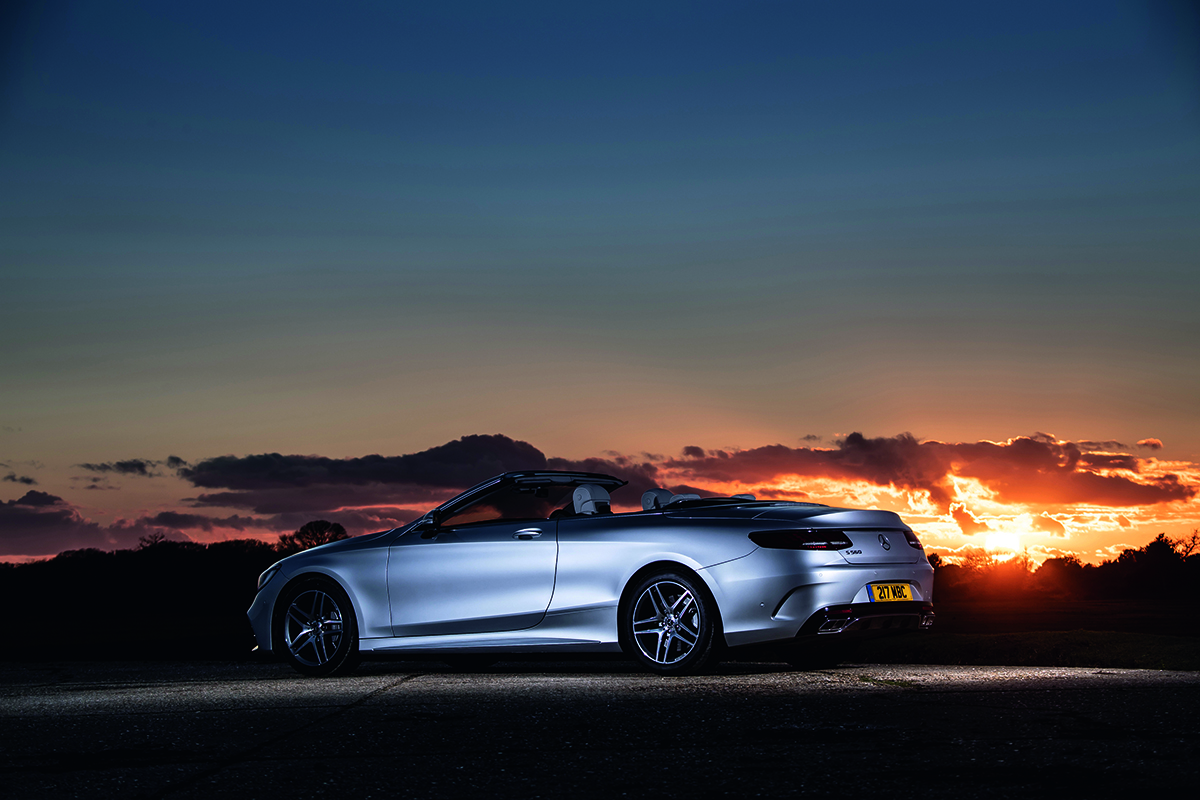
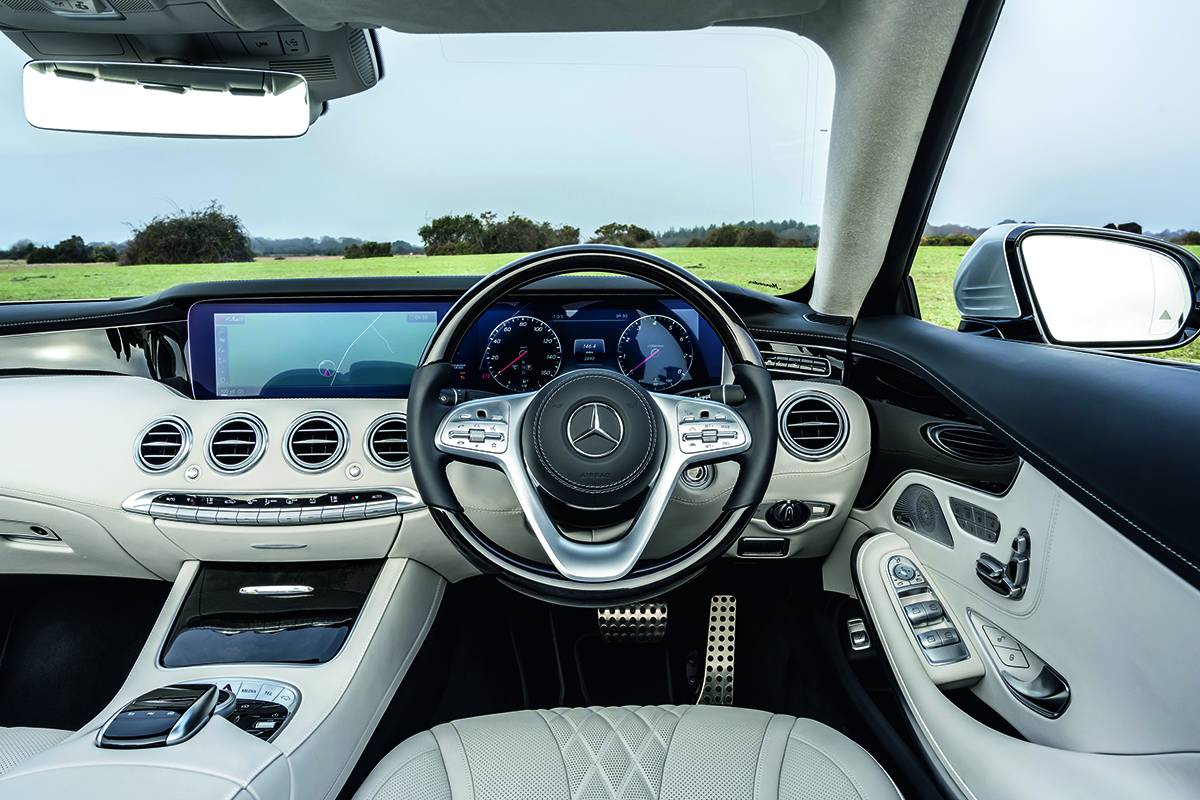
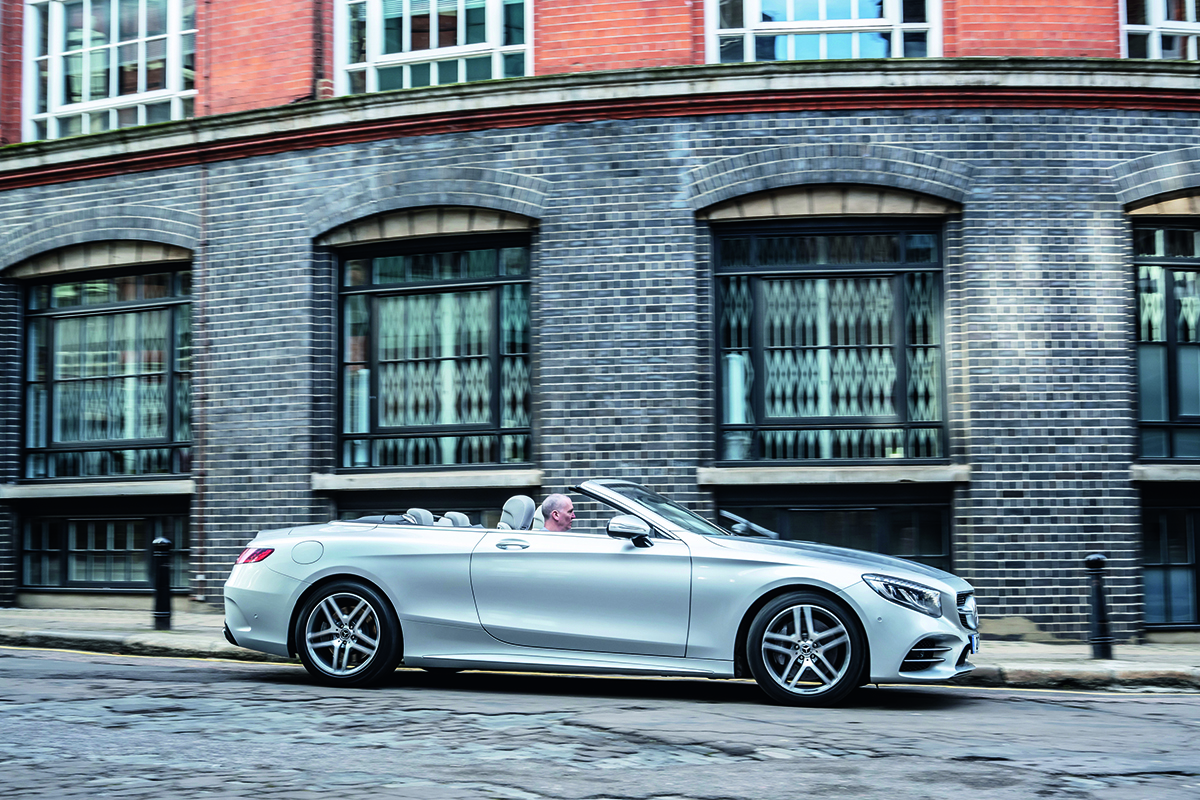
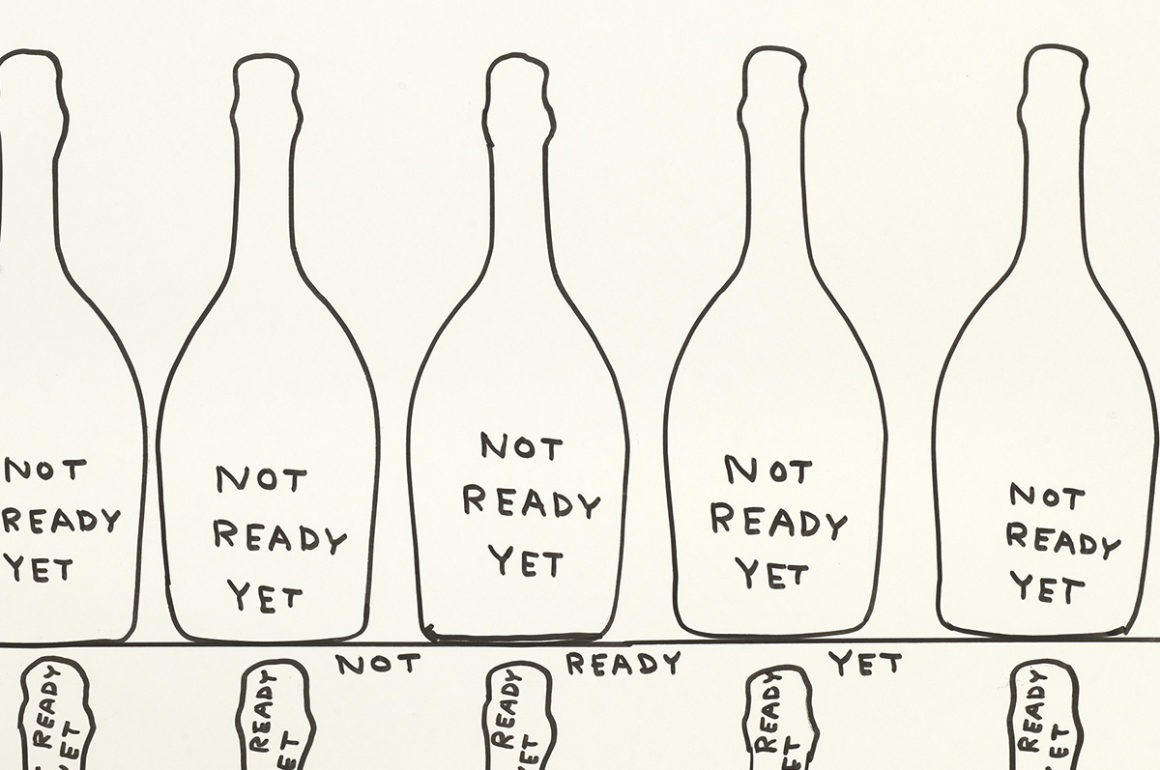
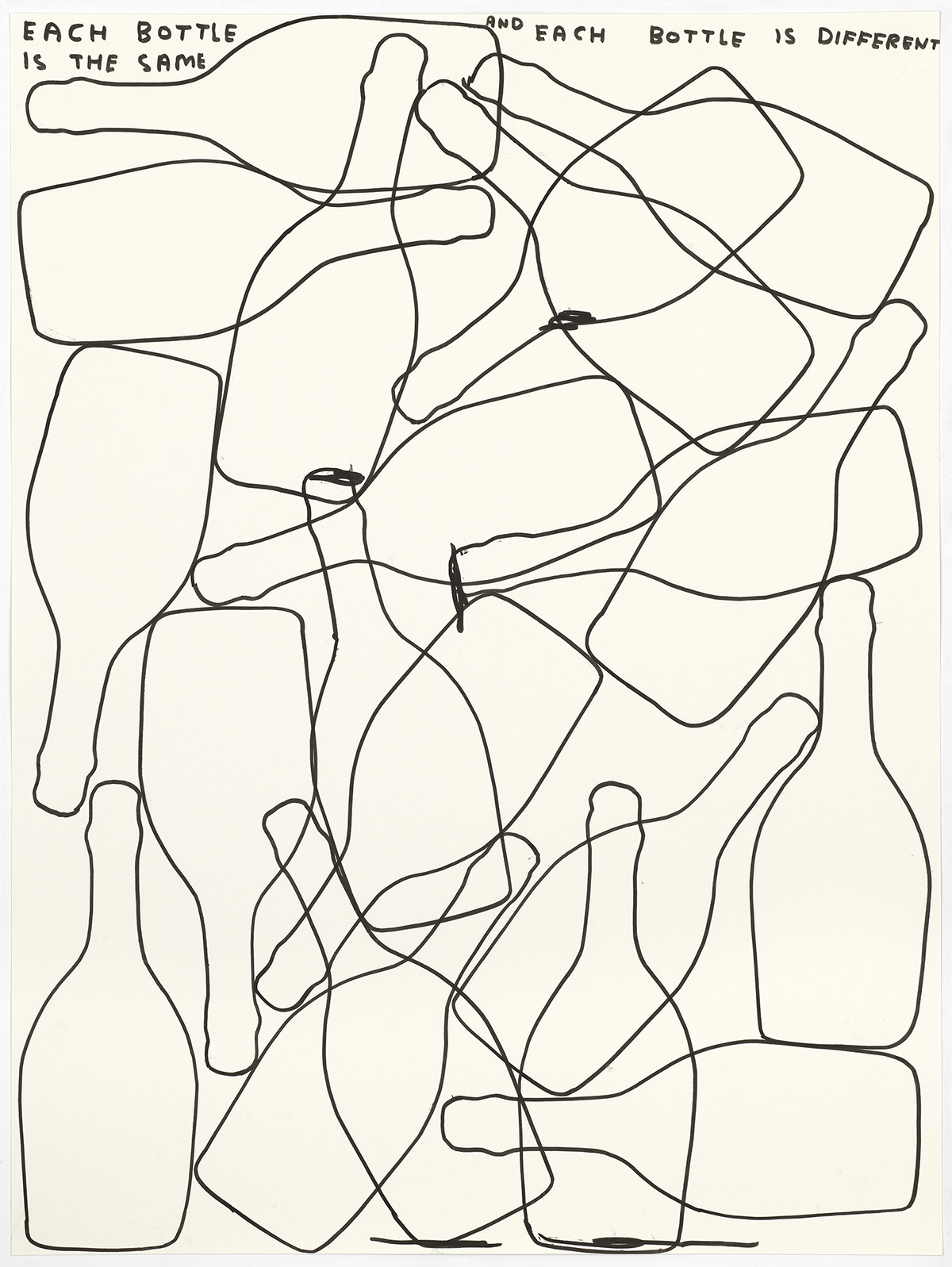

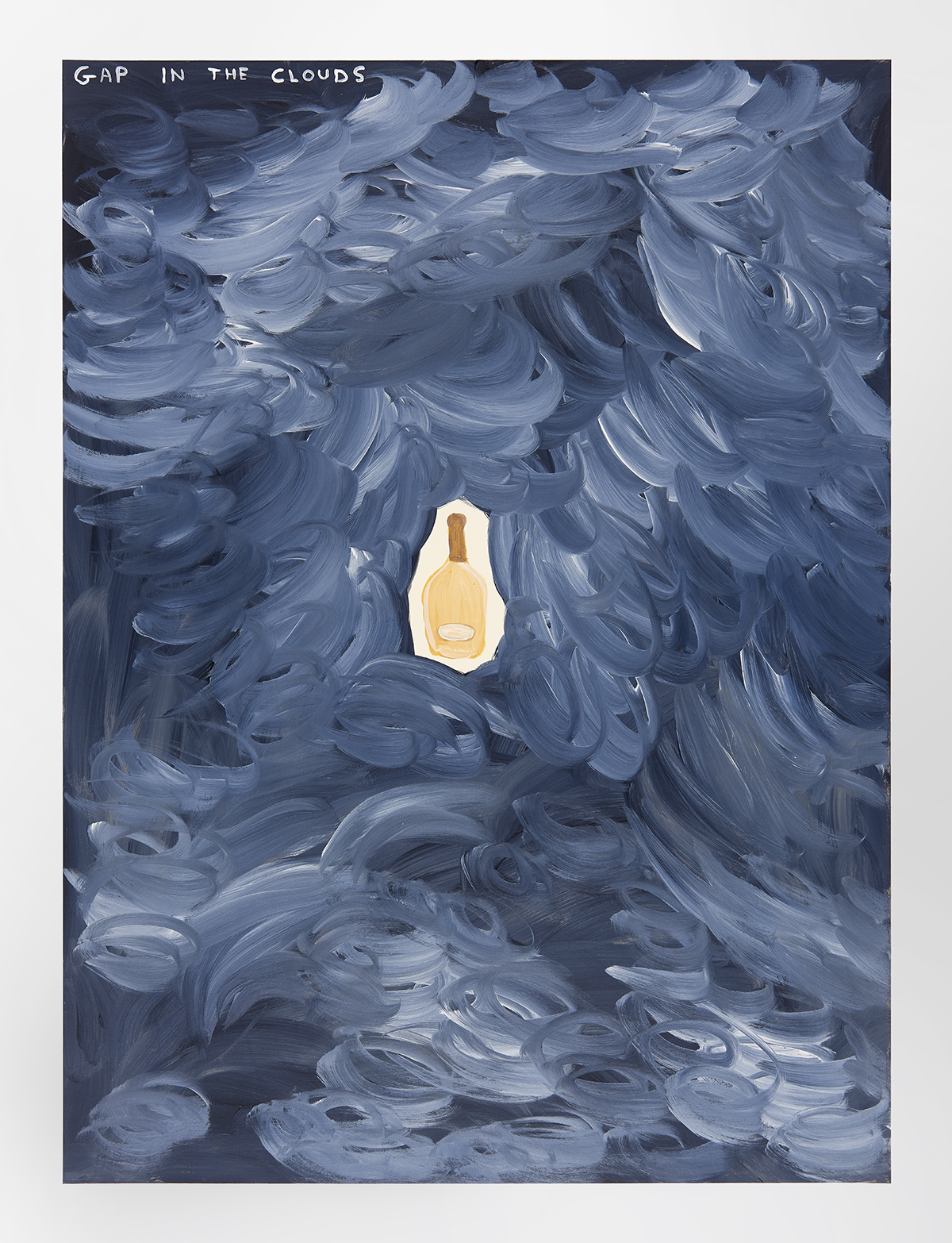
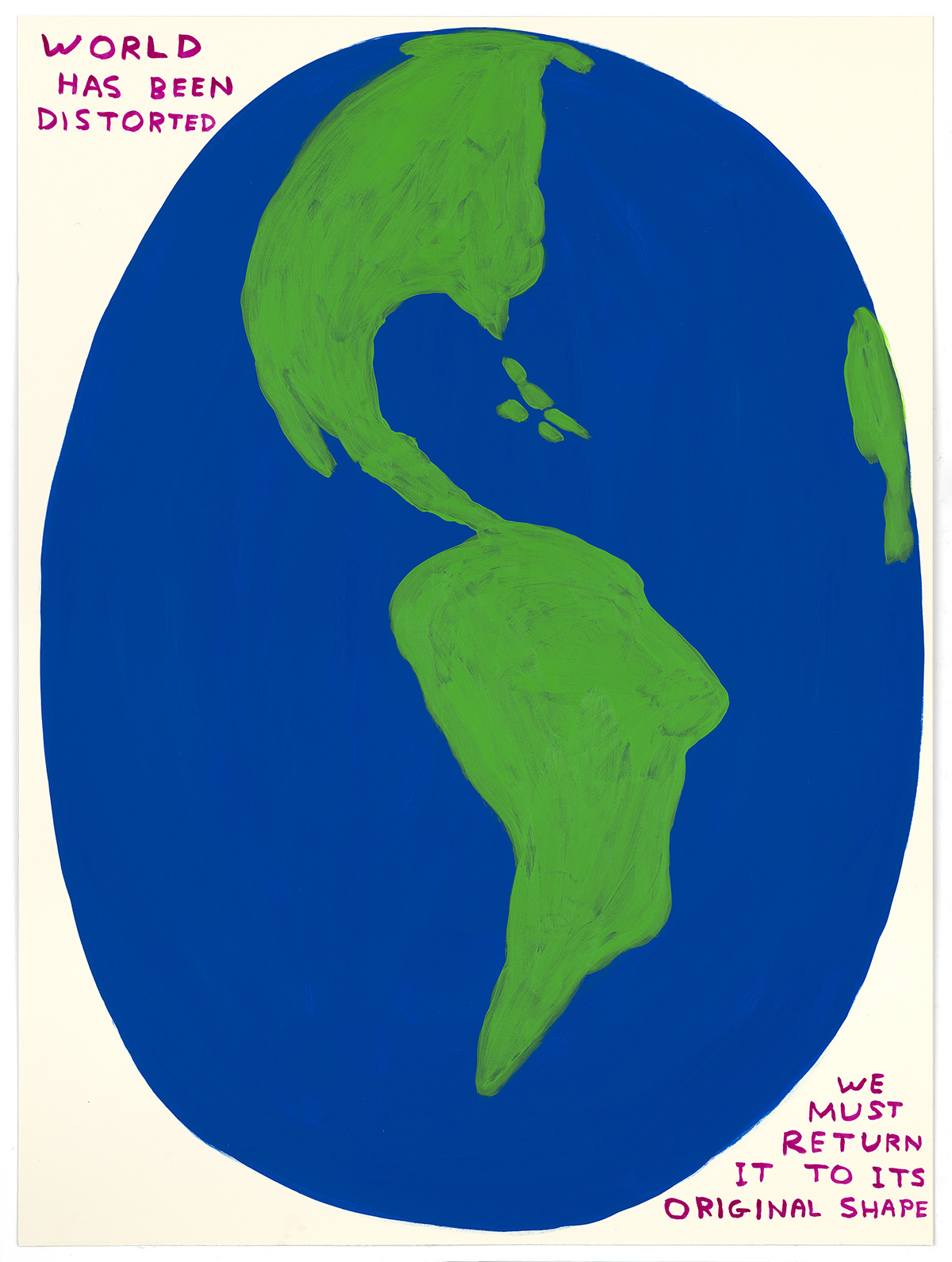
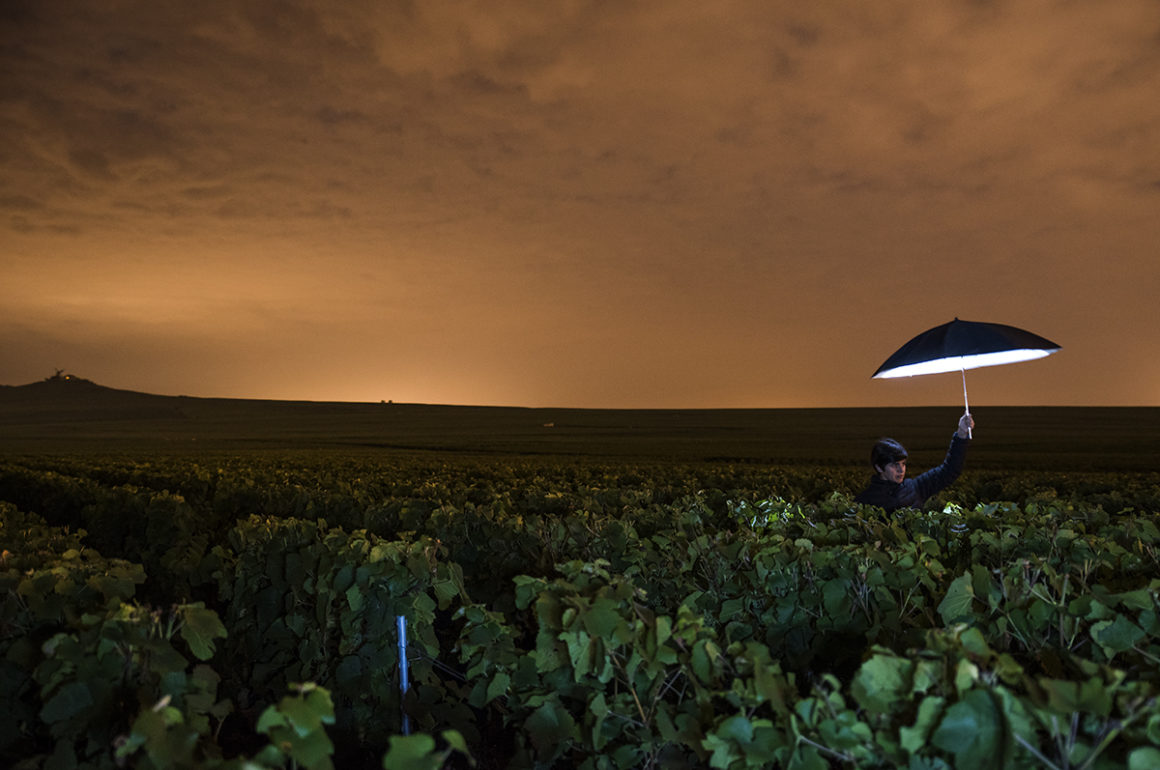
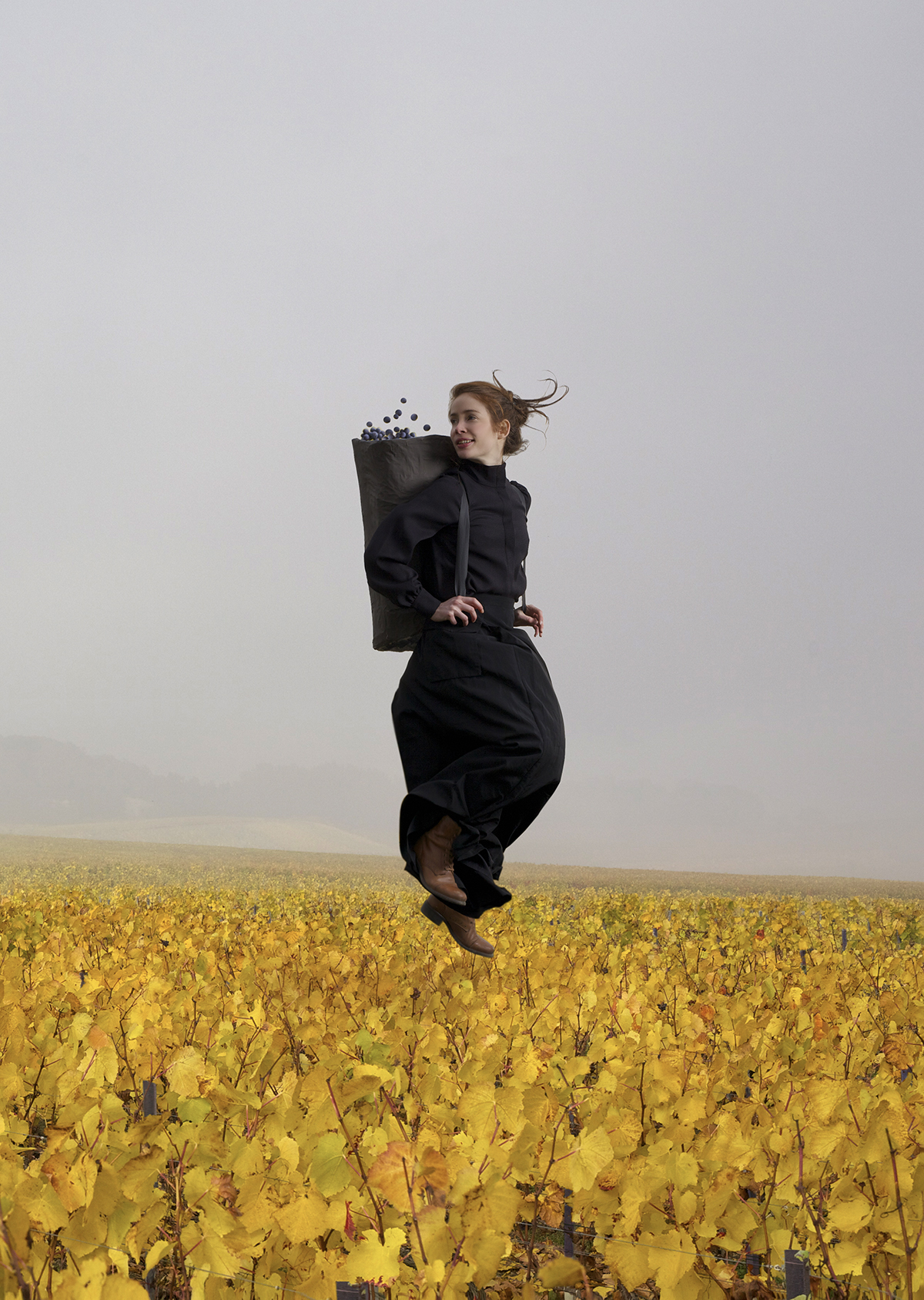
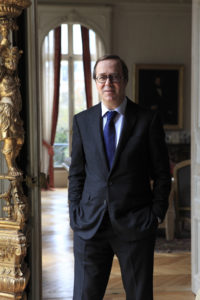
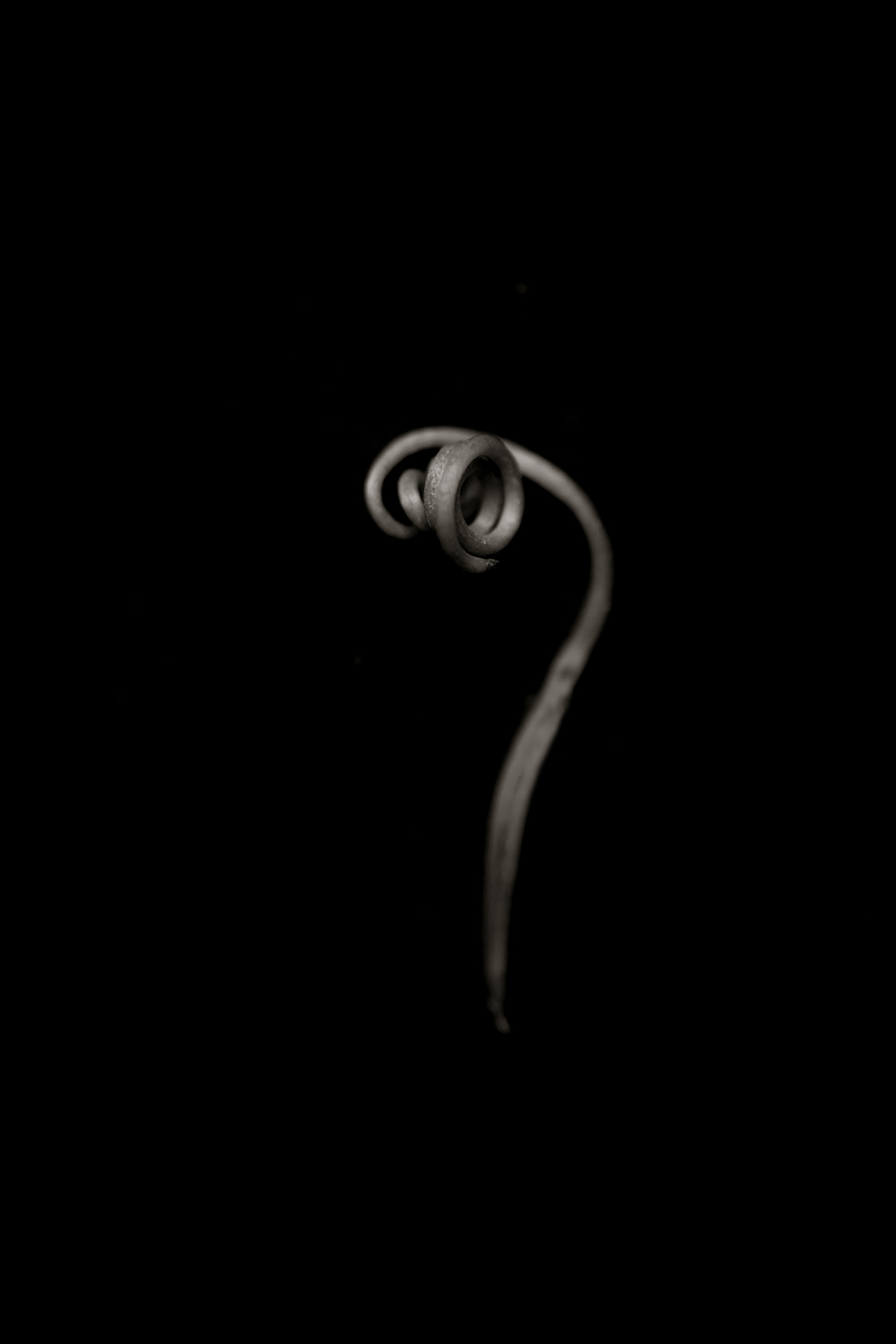
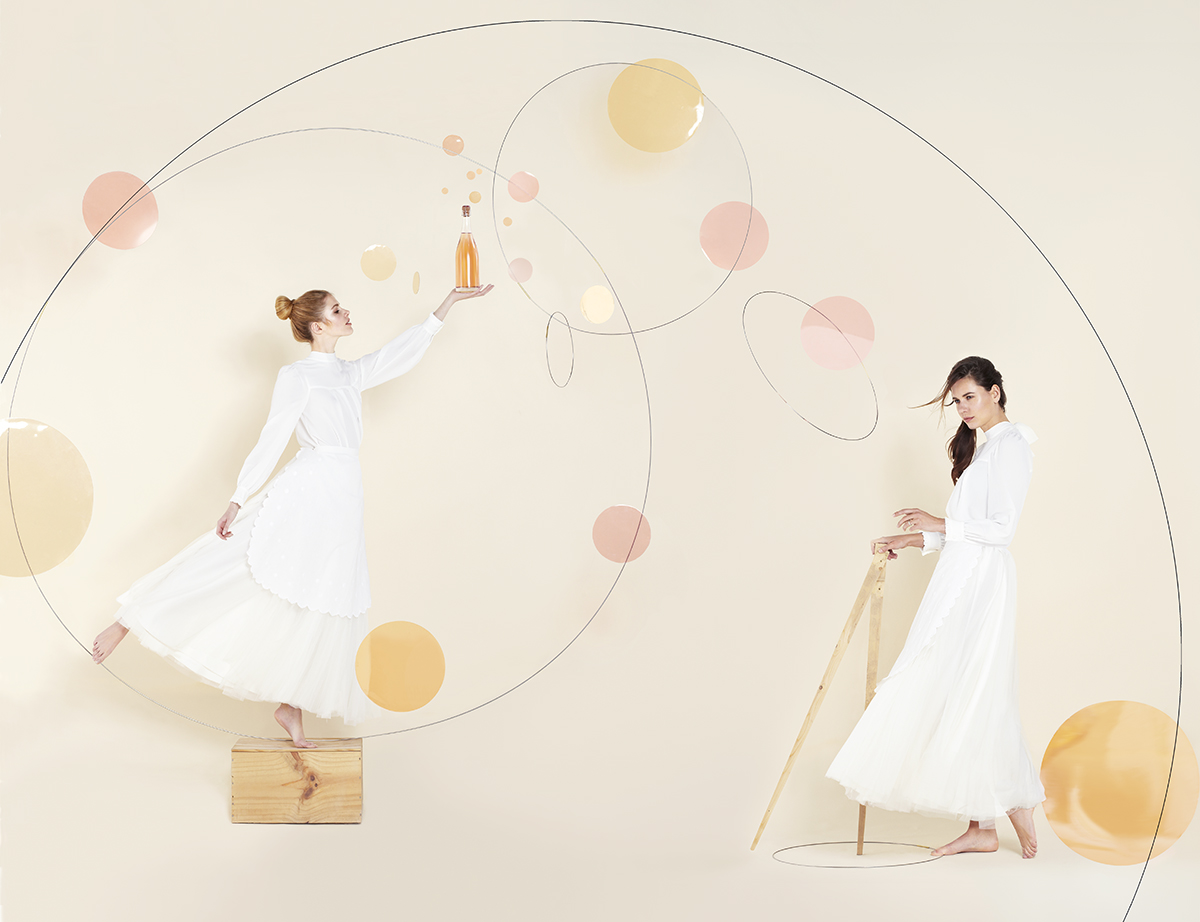
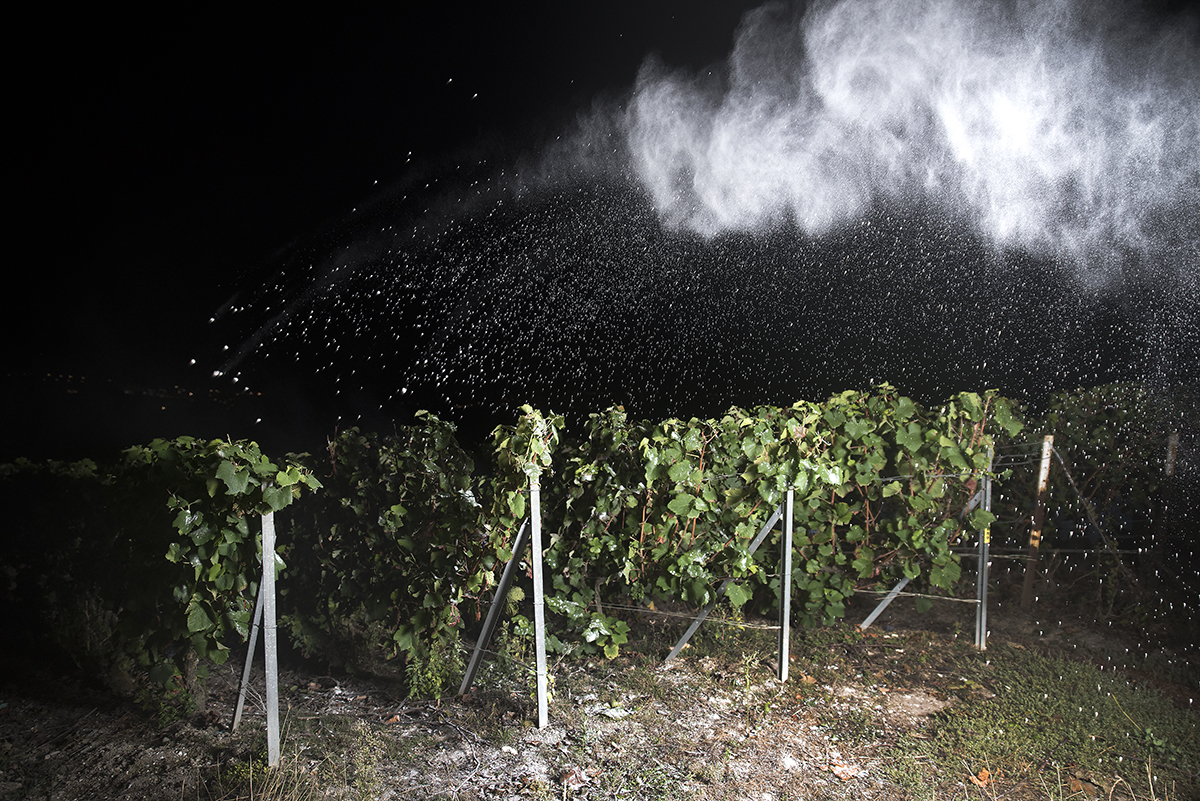
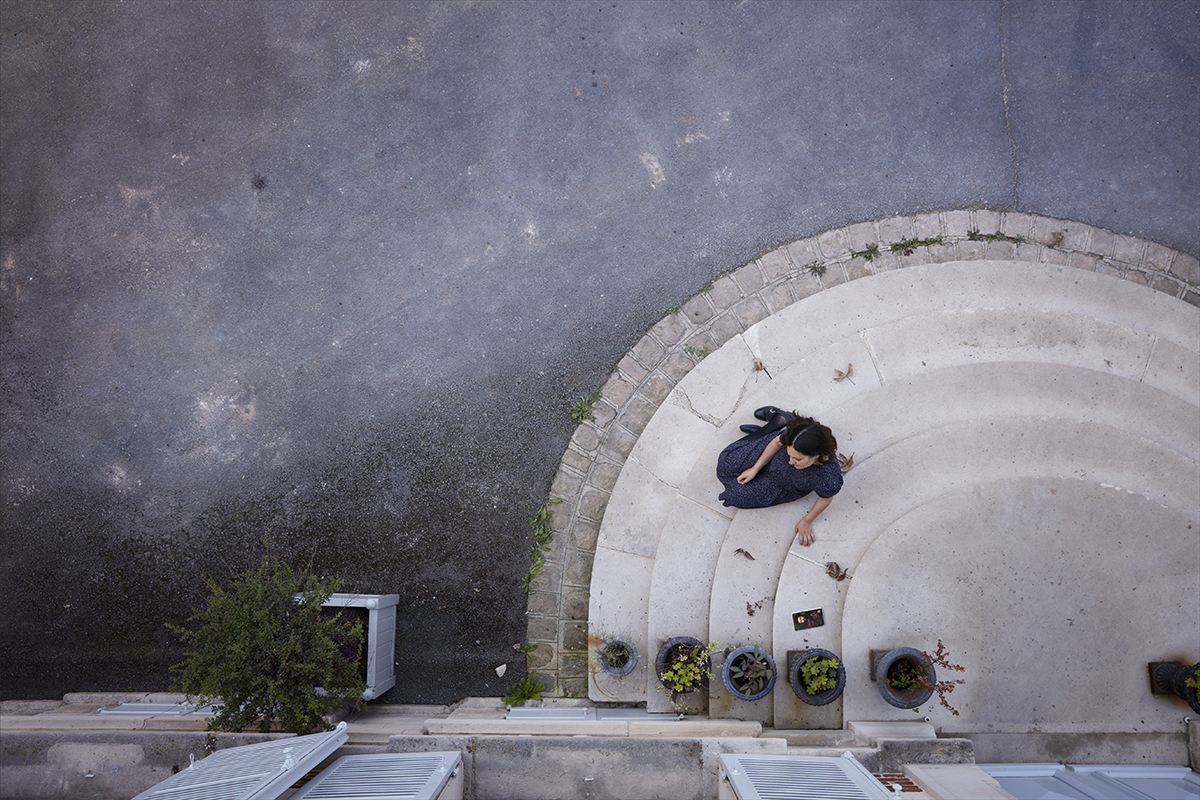
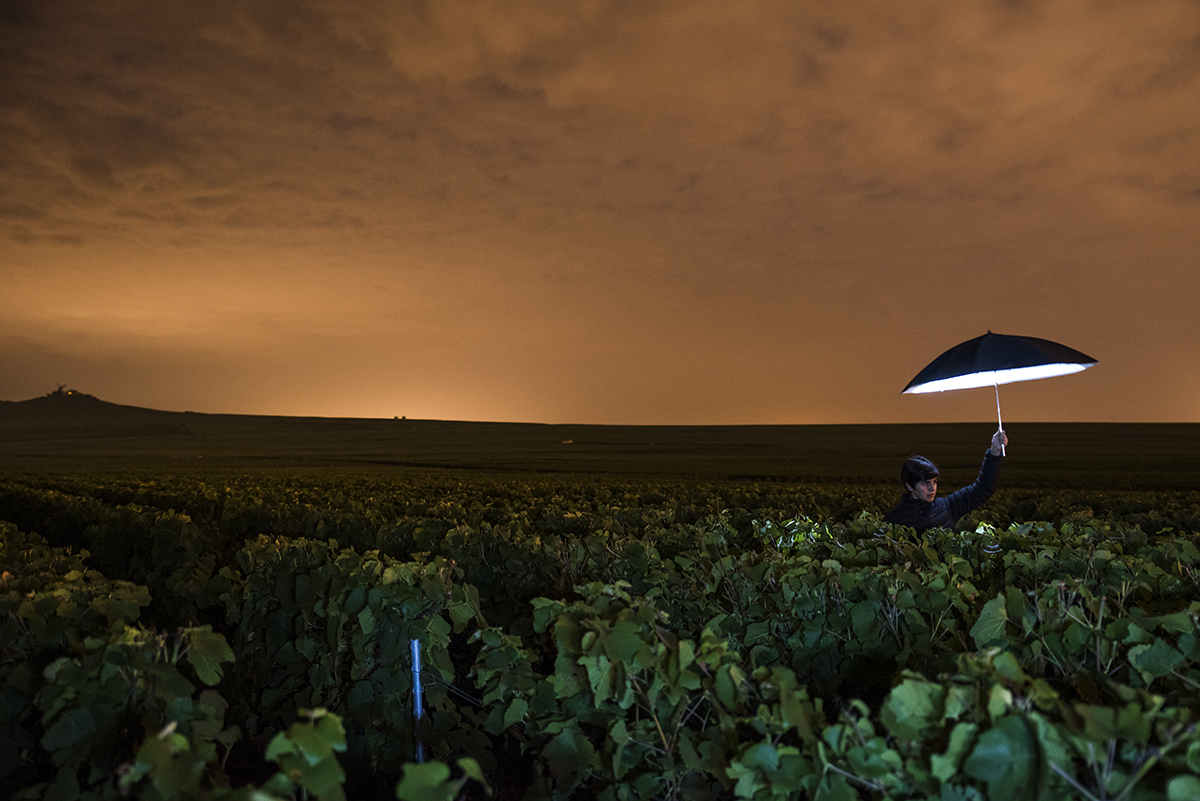
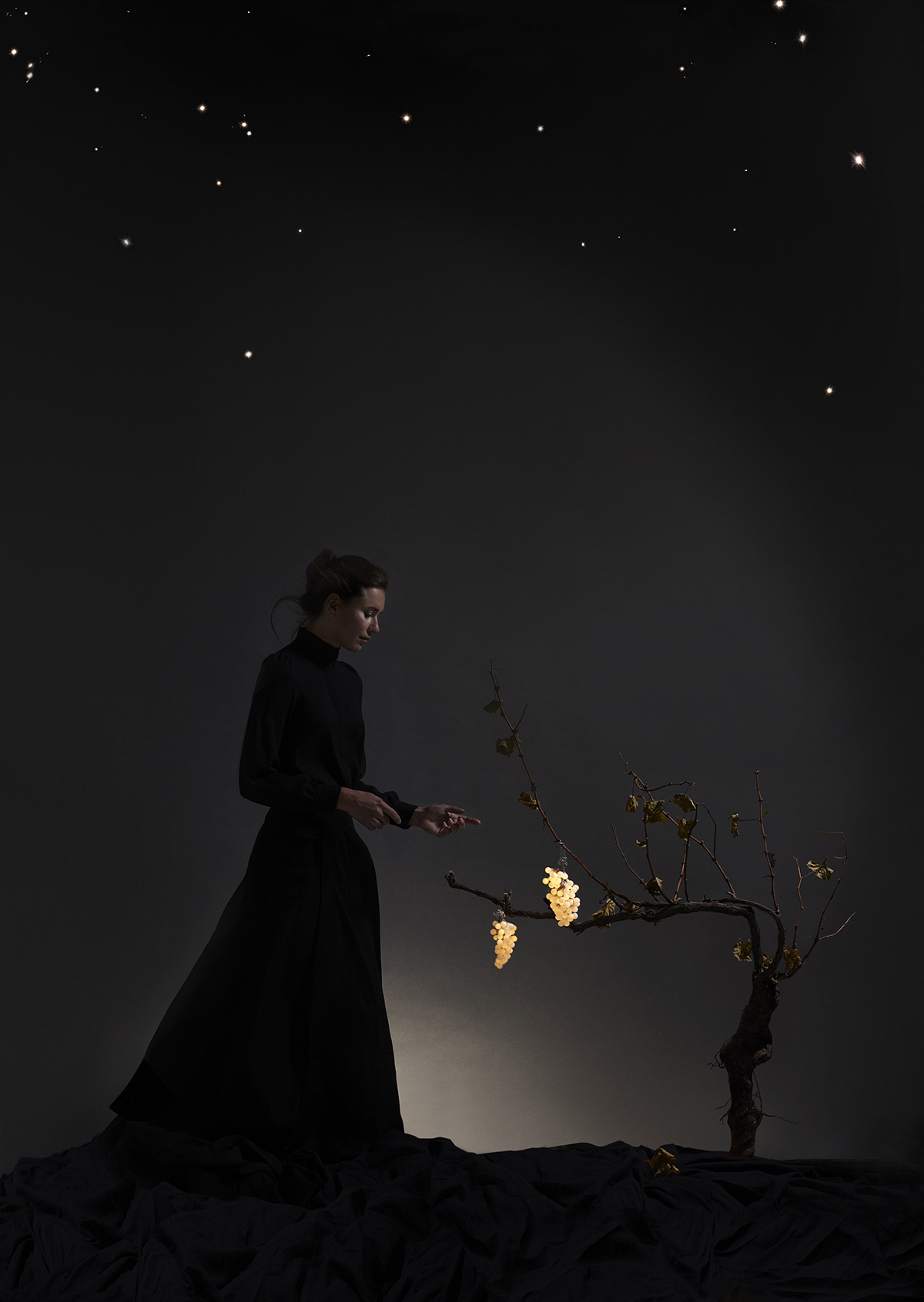
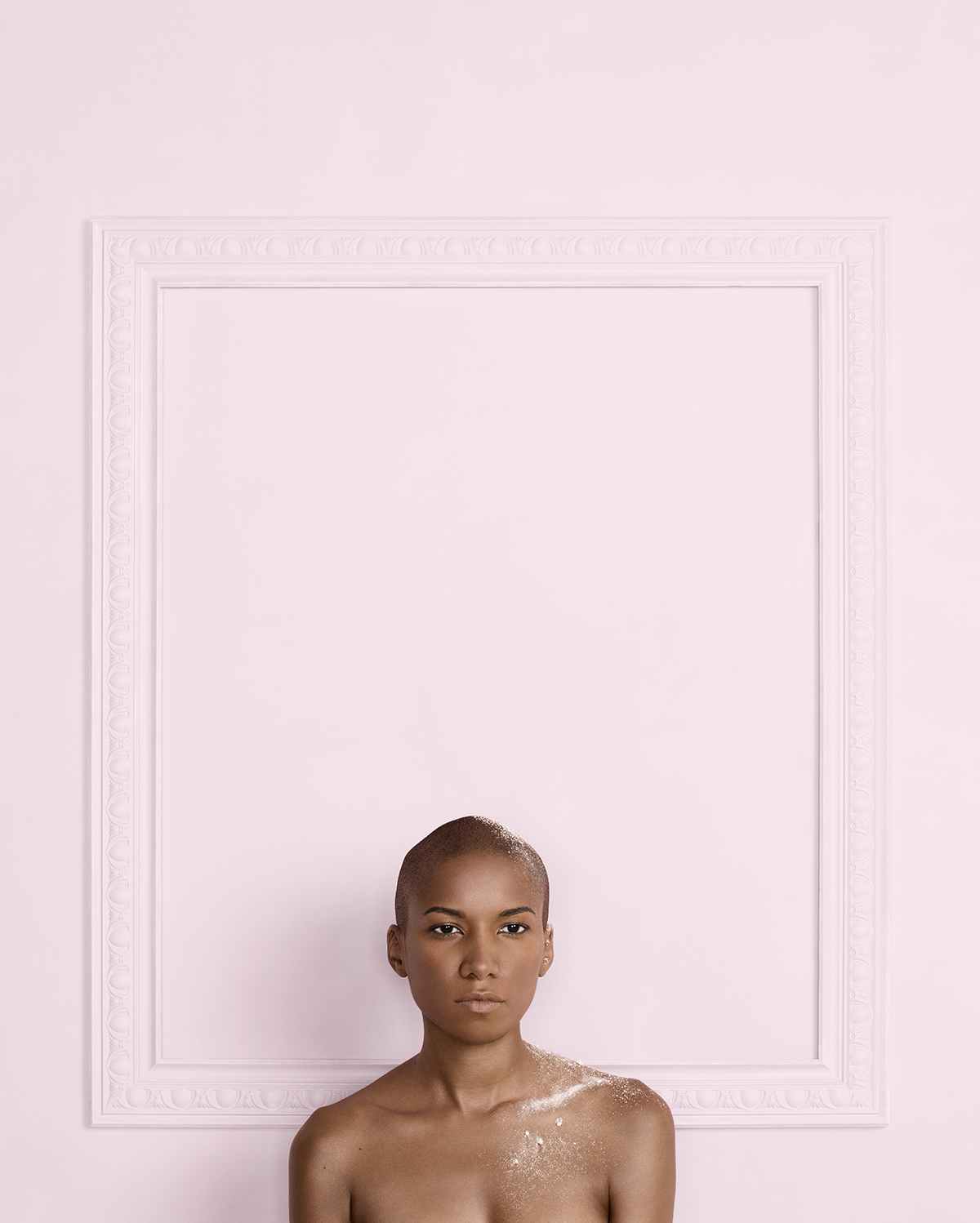
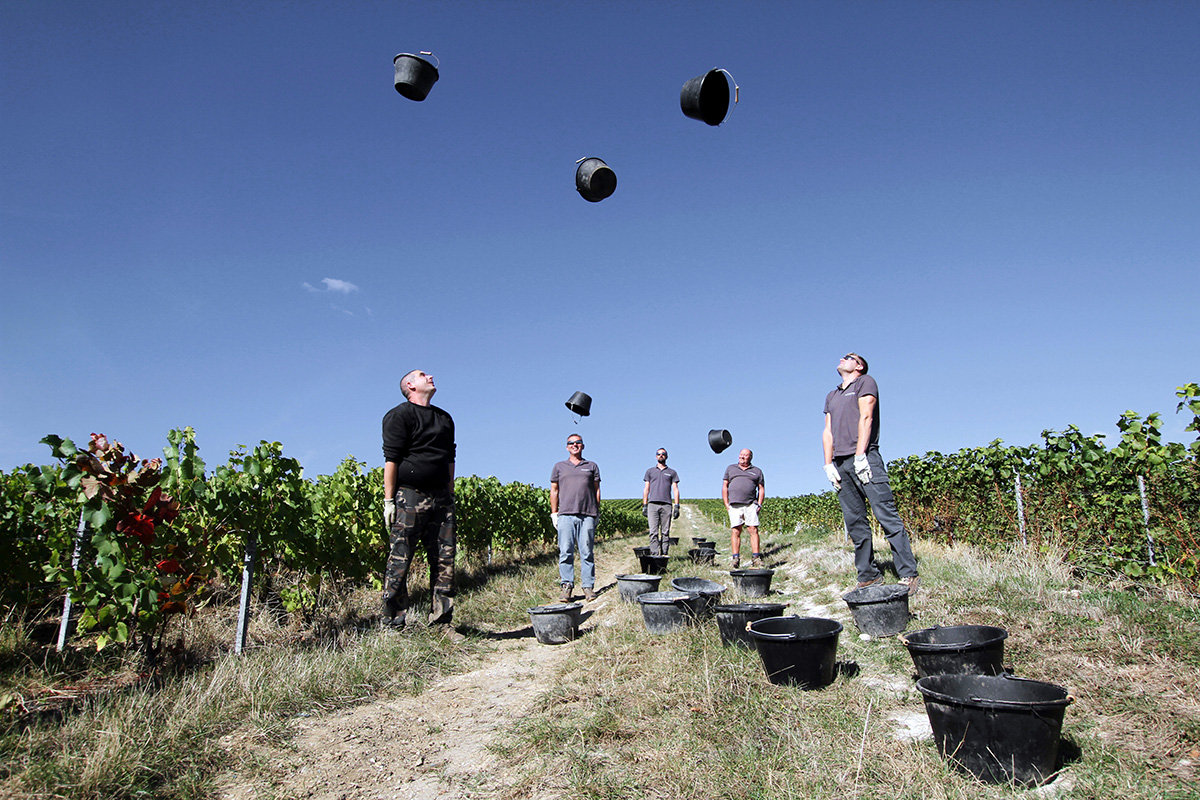

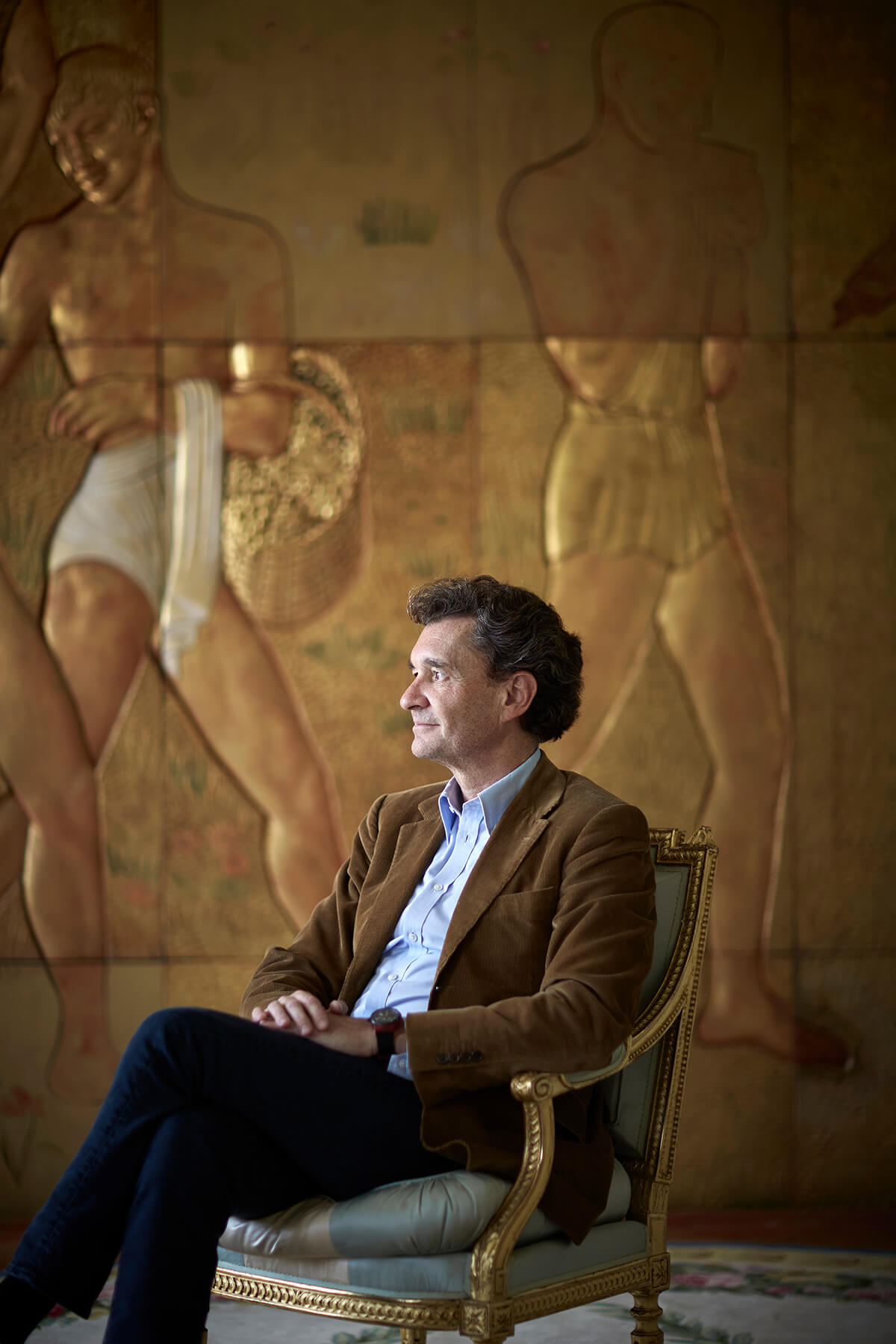
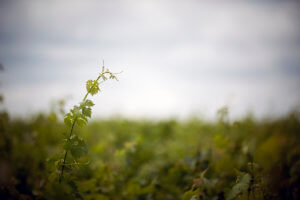
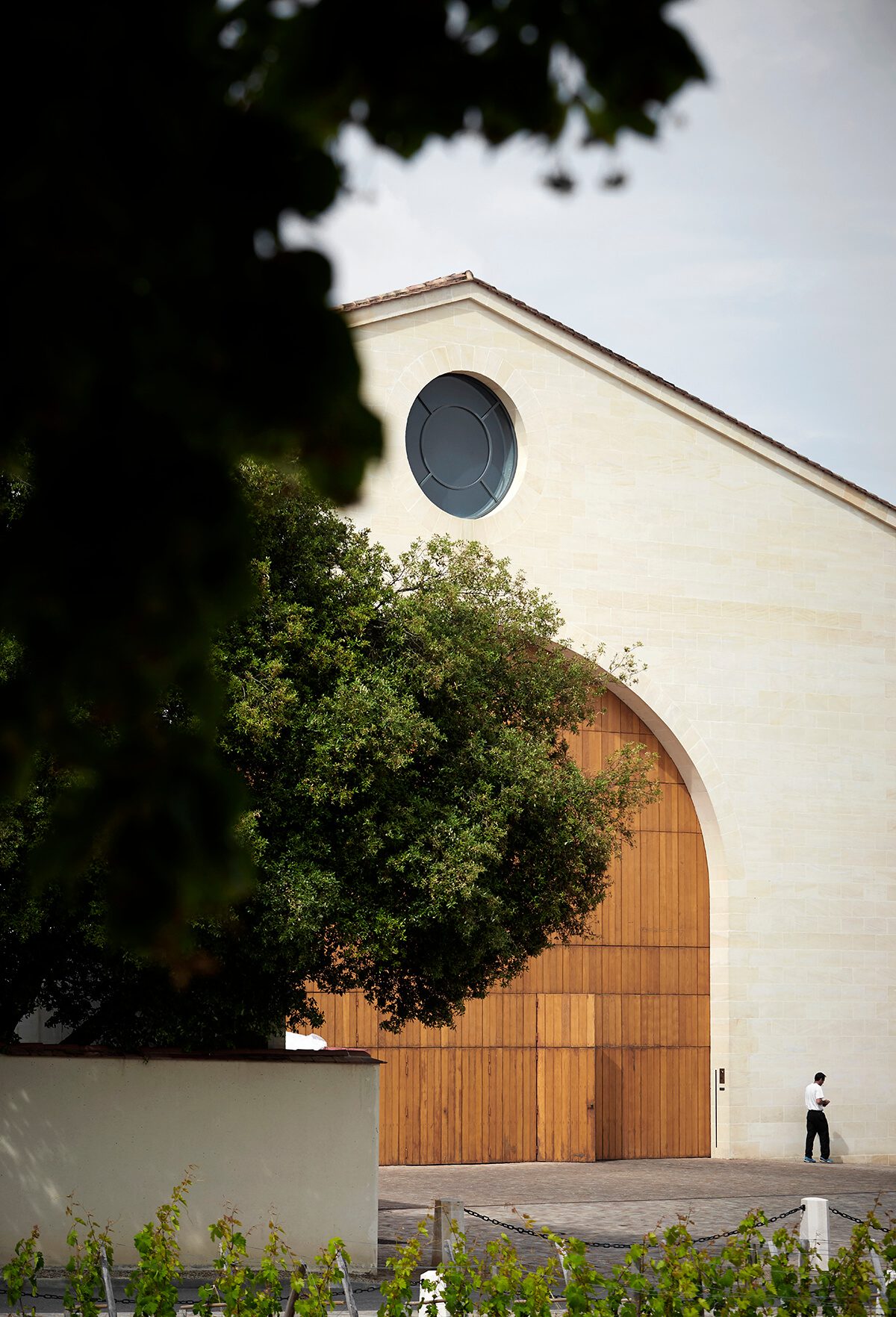
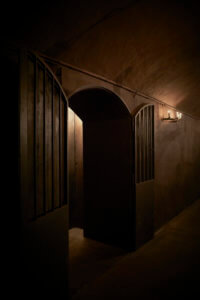
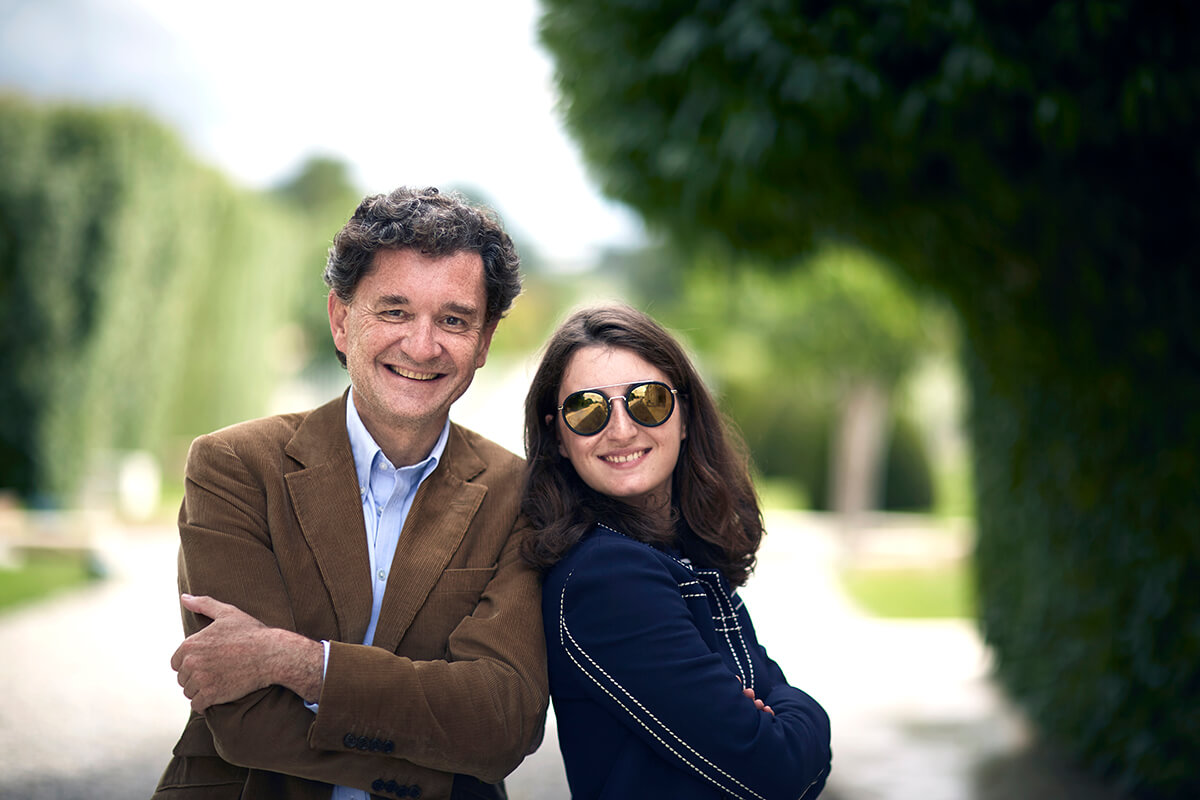
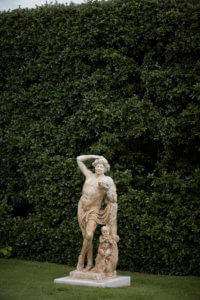
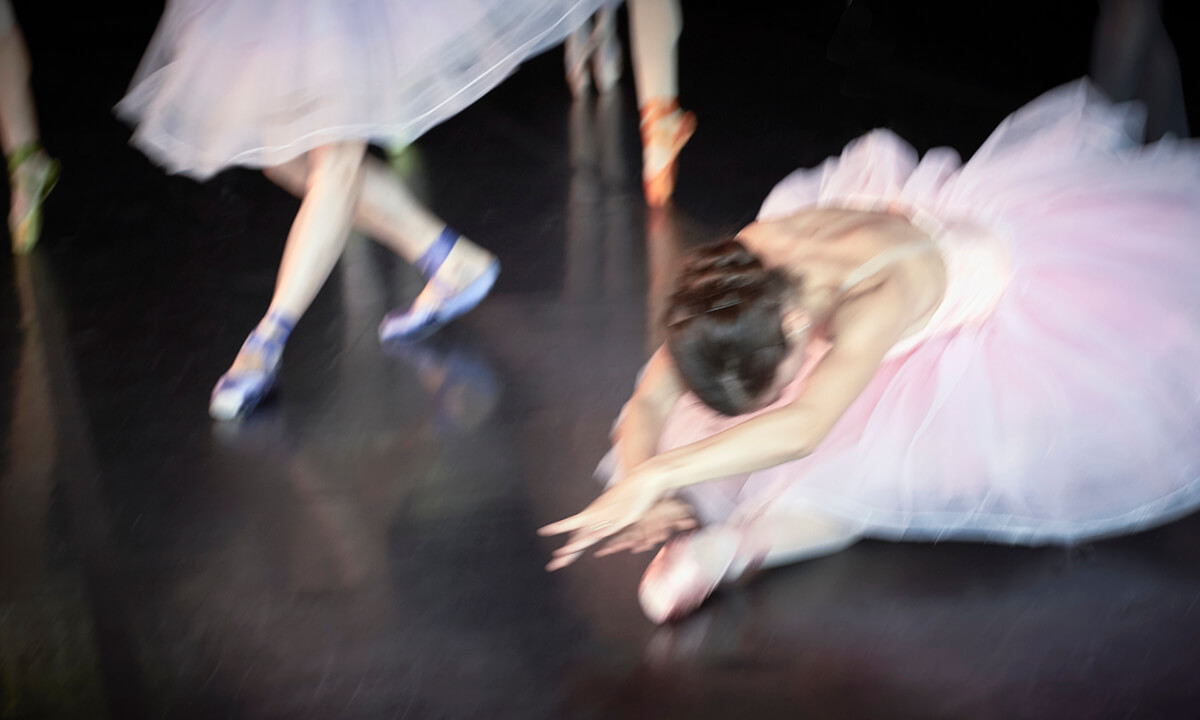
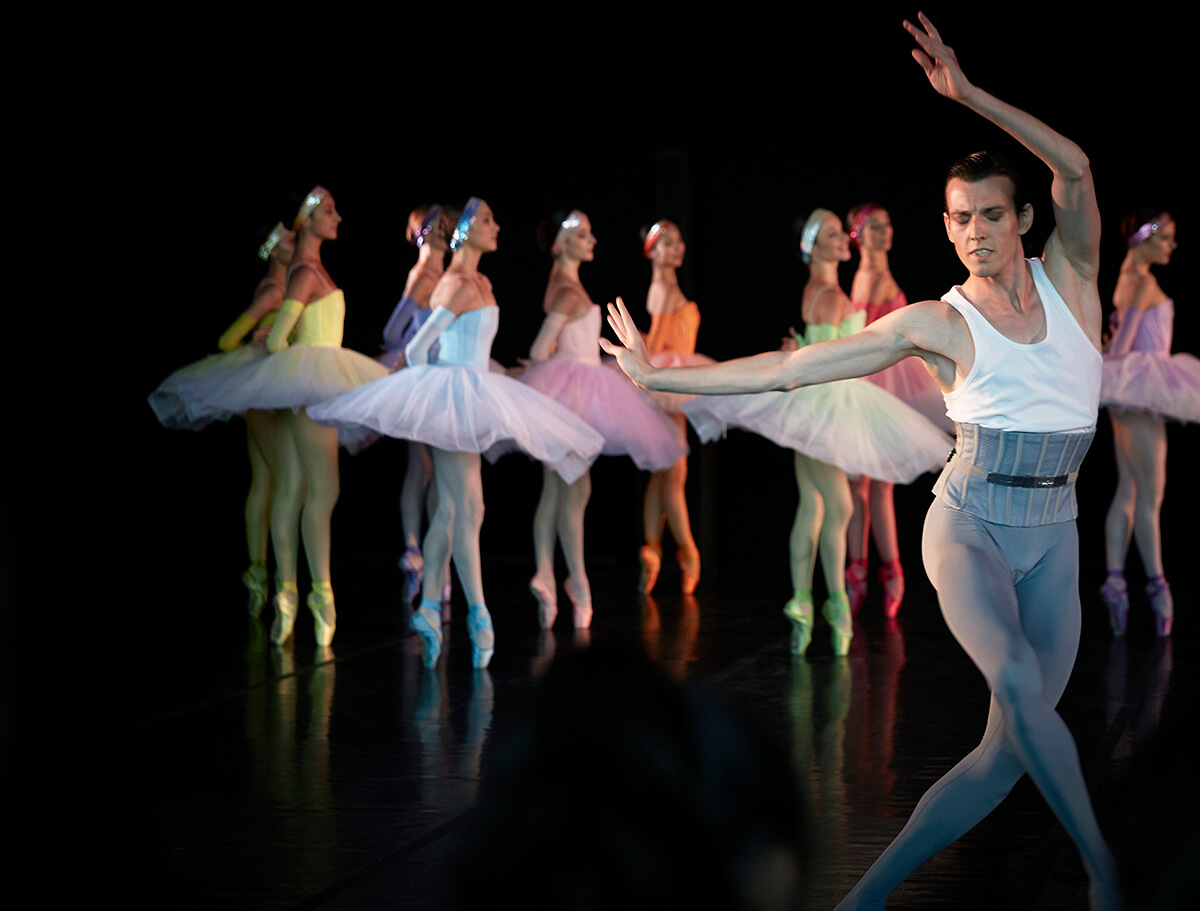
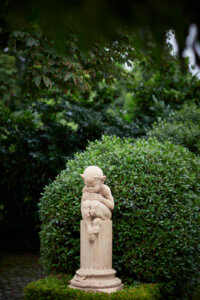 The next morning, I meet Philippe Sereys de Rothschild in a drawing room at Grand Mouton, the family’s traditional residence, a few hundred metres away in the heart of Château Mouton Rothschild. The room is square and traditionally decorated; four chairs have been placed facing inwards towards each other. Between two of them is an occasional table, on top of which has been placed a tray containing still and sparkling water, small bottles of tonic water, and two halves of a lemon on a saucer. Sereys de Rothschild walks in, erect, greets us and offers us drinks, before settling down in a chair, squeezing one of the lemon halves into his glass of tonic water.
The next morning, I meet Philippe Sereys de Rothschild in a drawing room at Grand Mouton, the family’s traditional residence, a few hundred metres away in the heart of Château Mouton Rothschild. The room is square and traditionally decorated; four chairs have been placed facing inwards towards each other. Between two of them is an occasional table, on top of which has been placed a tray containing still and sparkling water, small bottles of tonic water, and two halves of a lemon on a saucer. Sereys de Rothschild walks in, erect, greets us and offers us drinks, before settling down in a chair, squeezing one of the lemon halves into his glass of tonic water.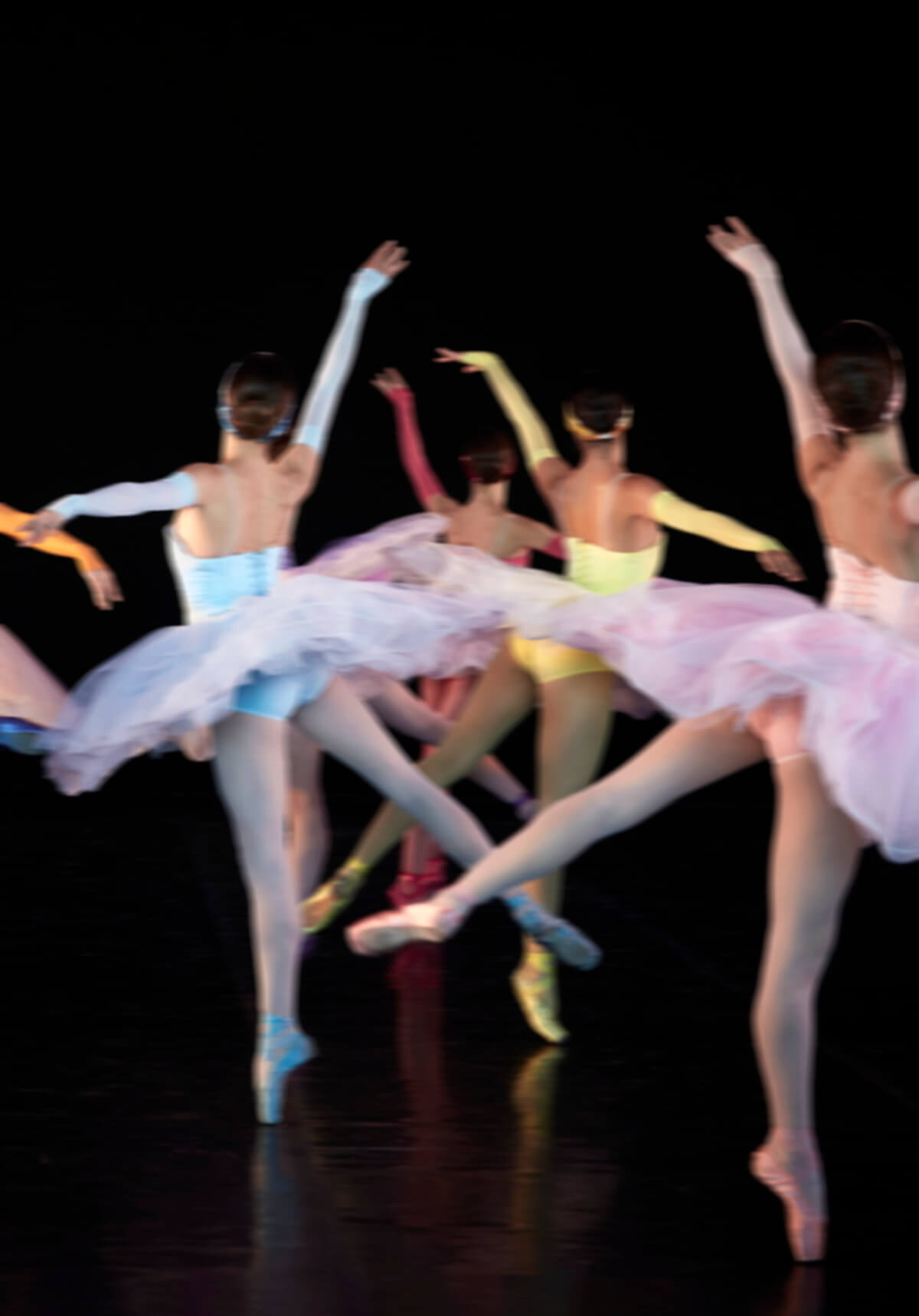
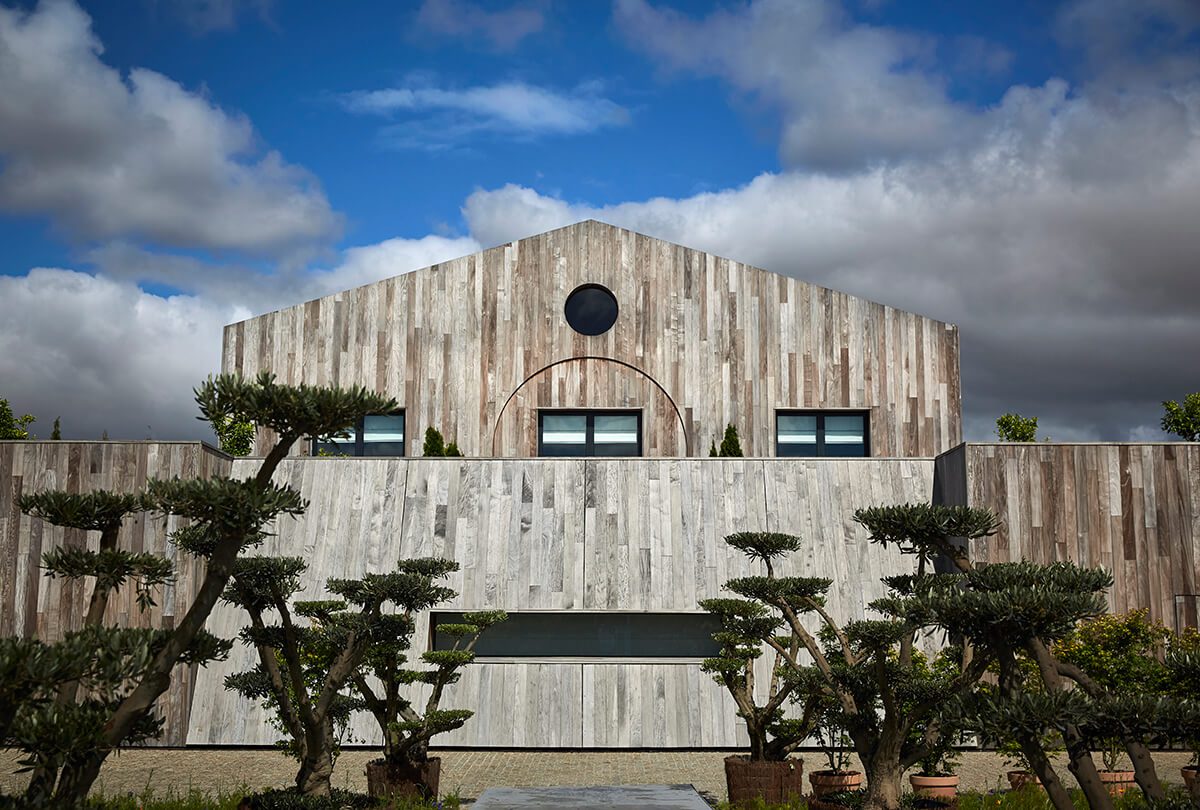
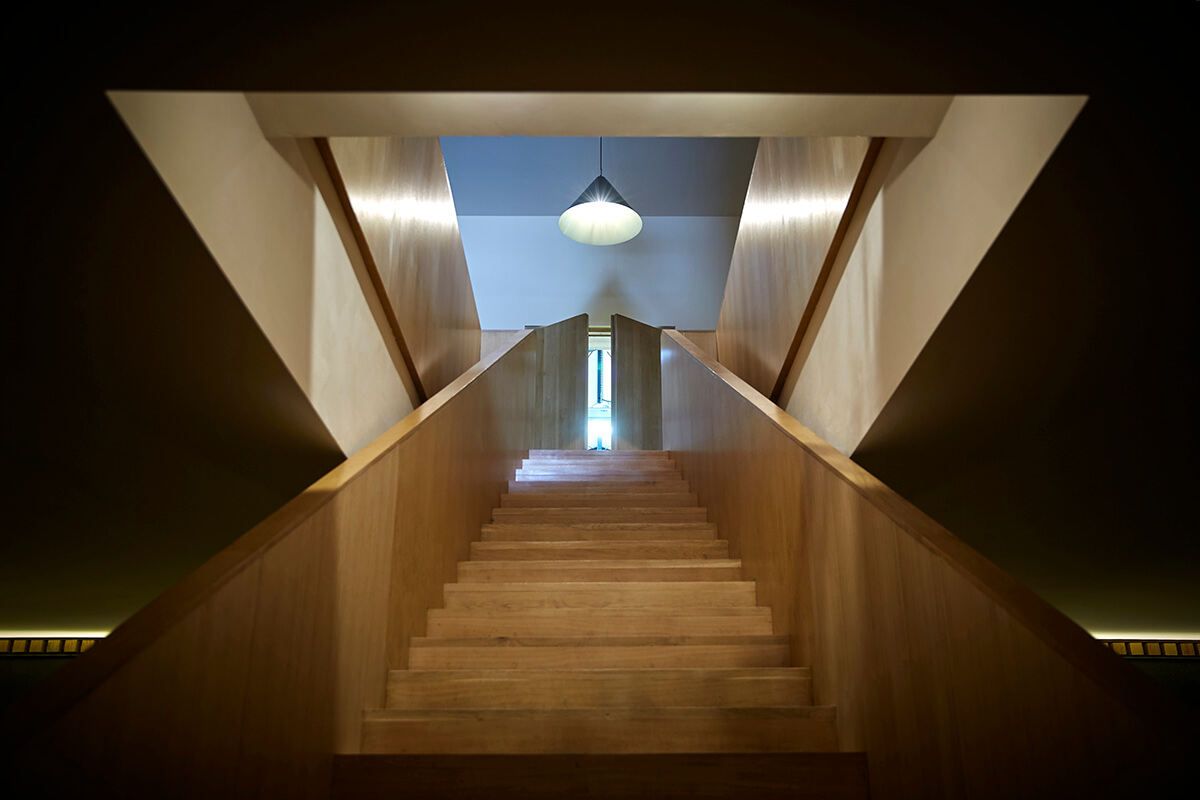
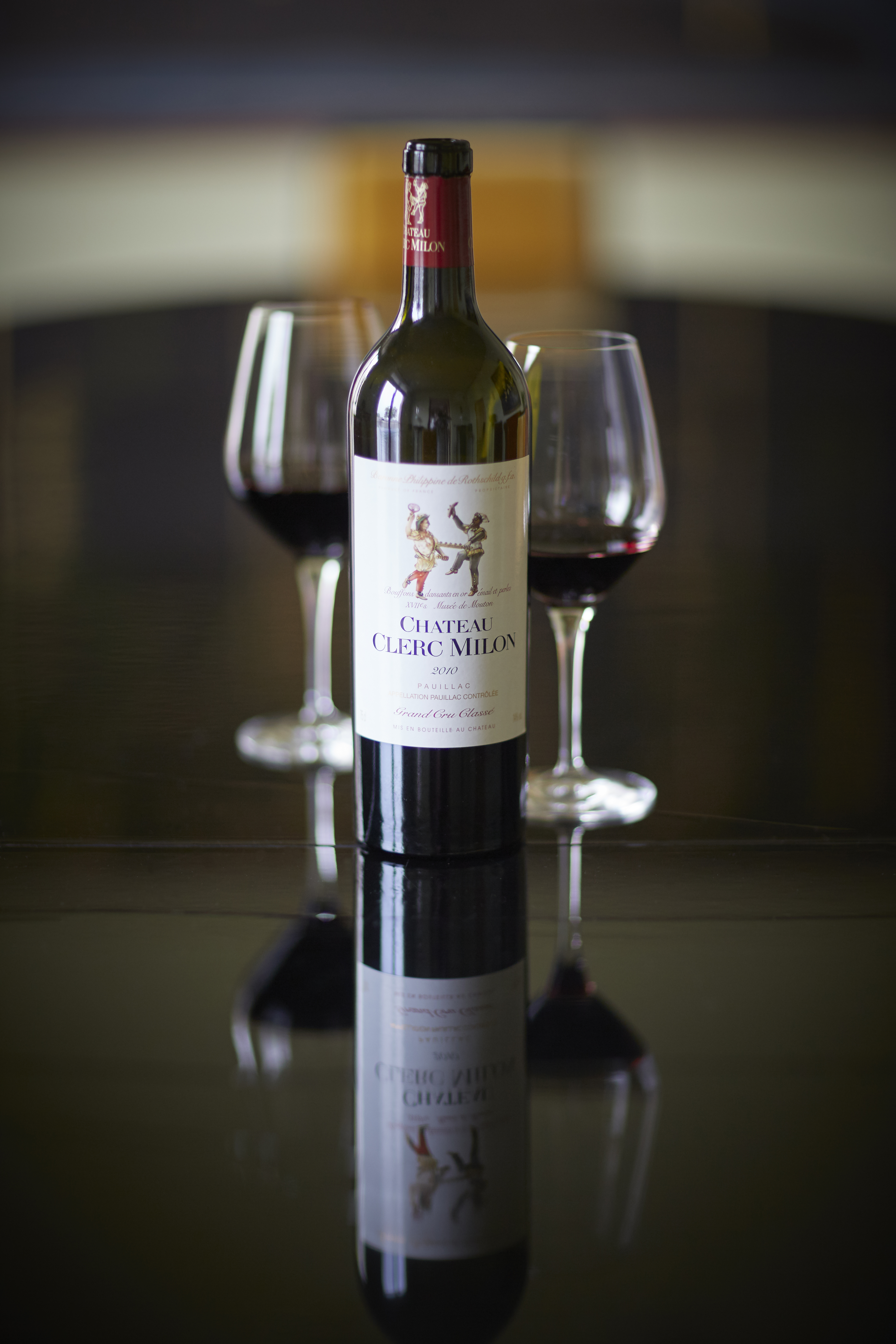
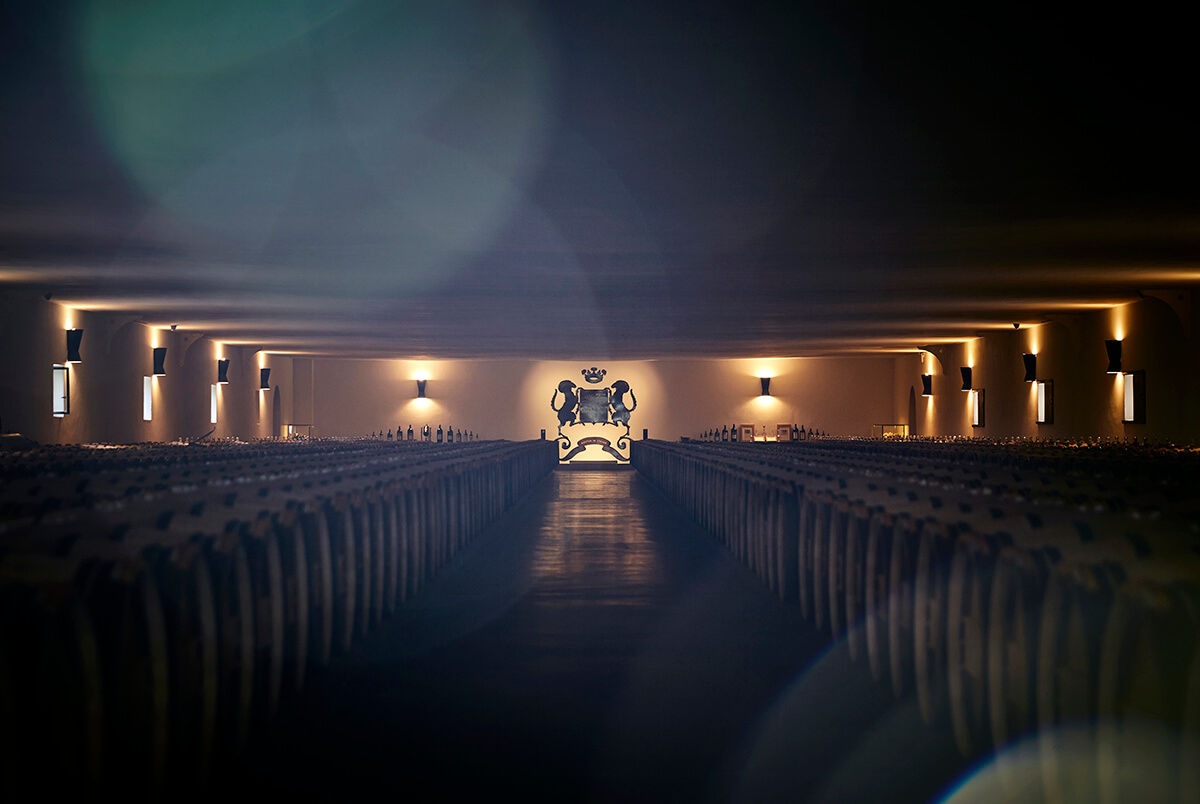
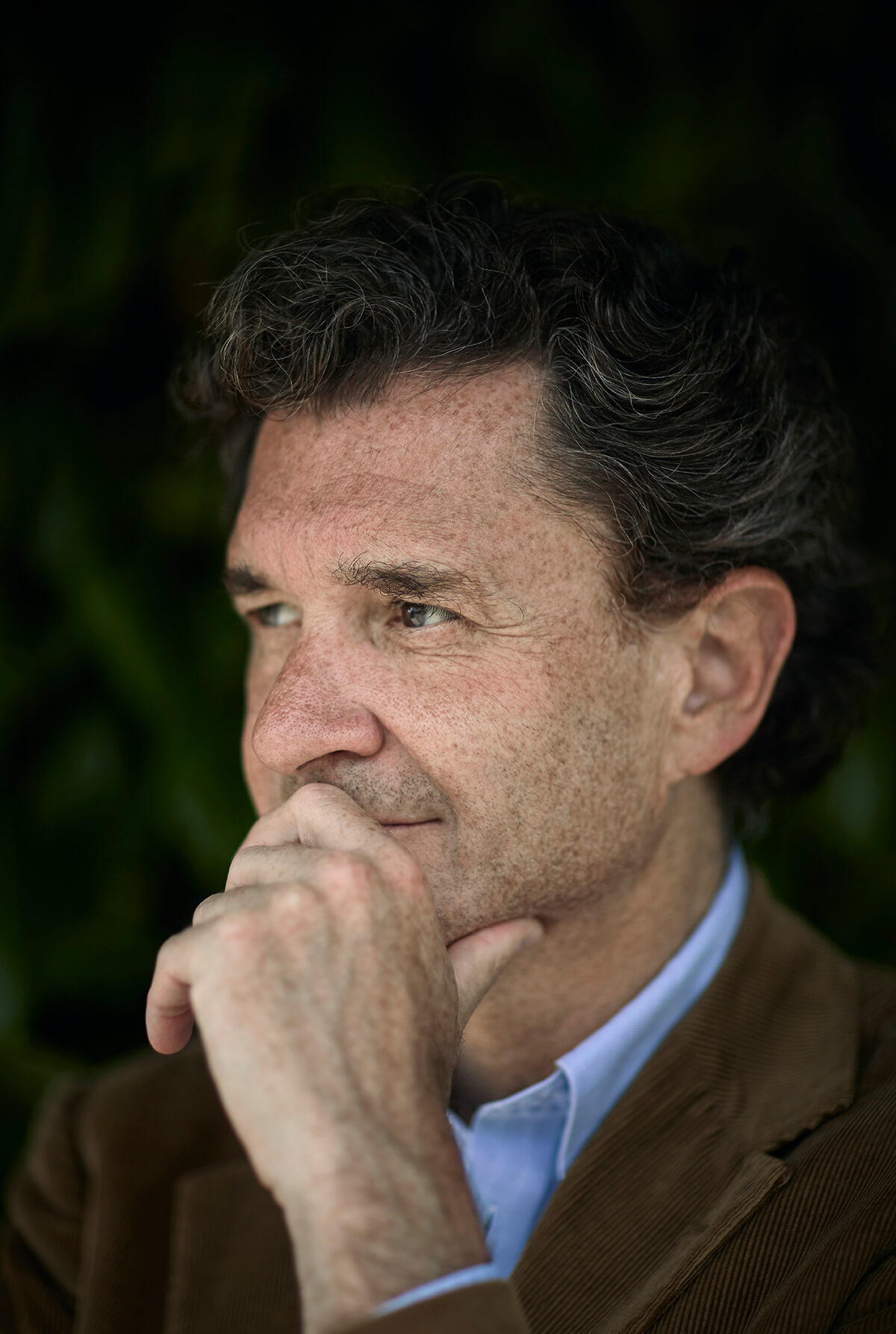

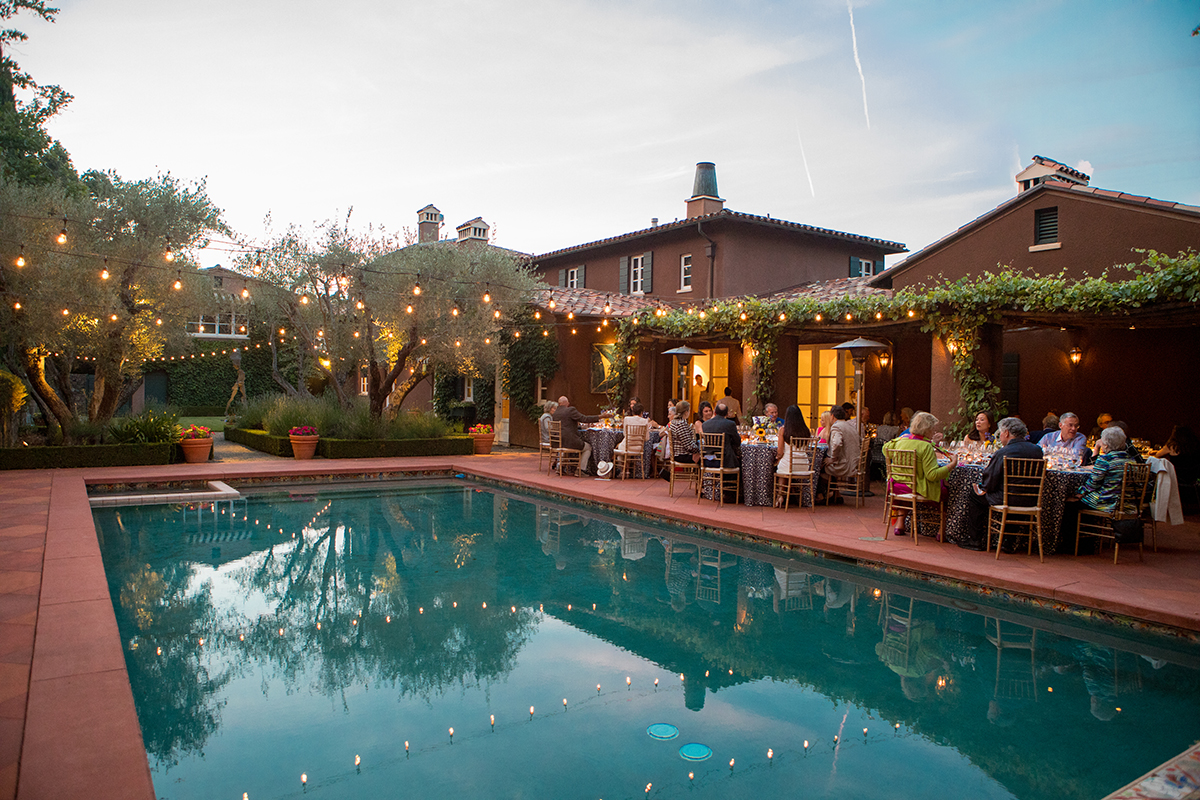
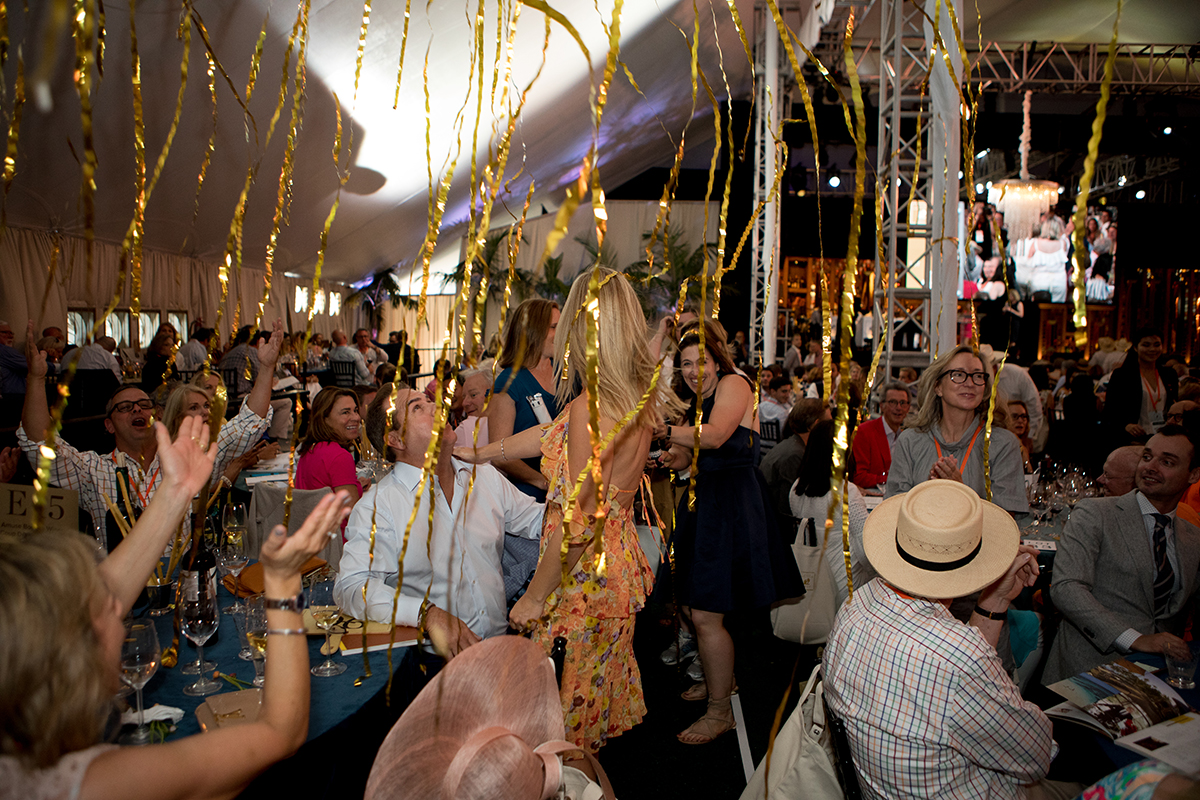
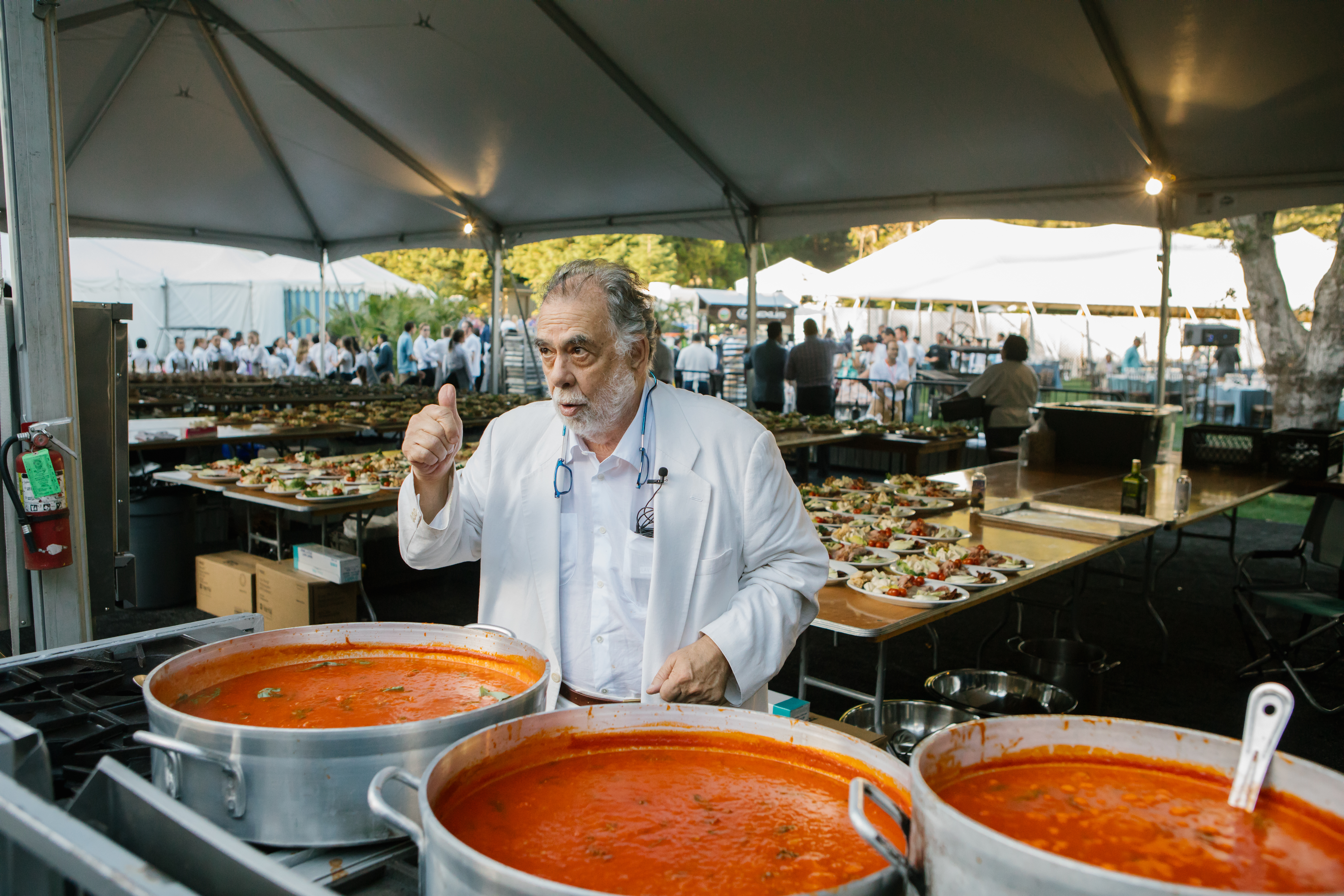
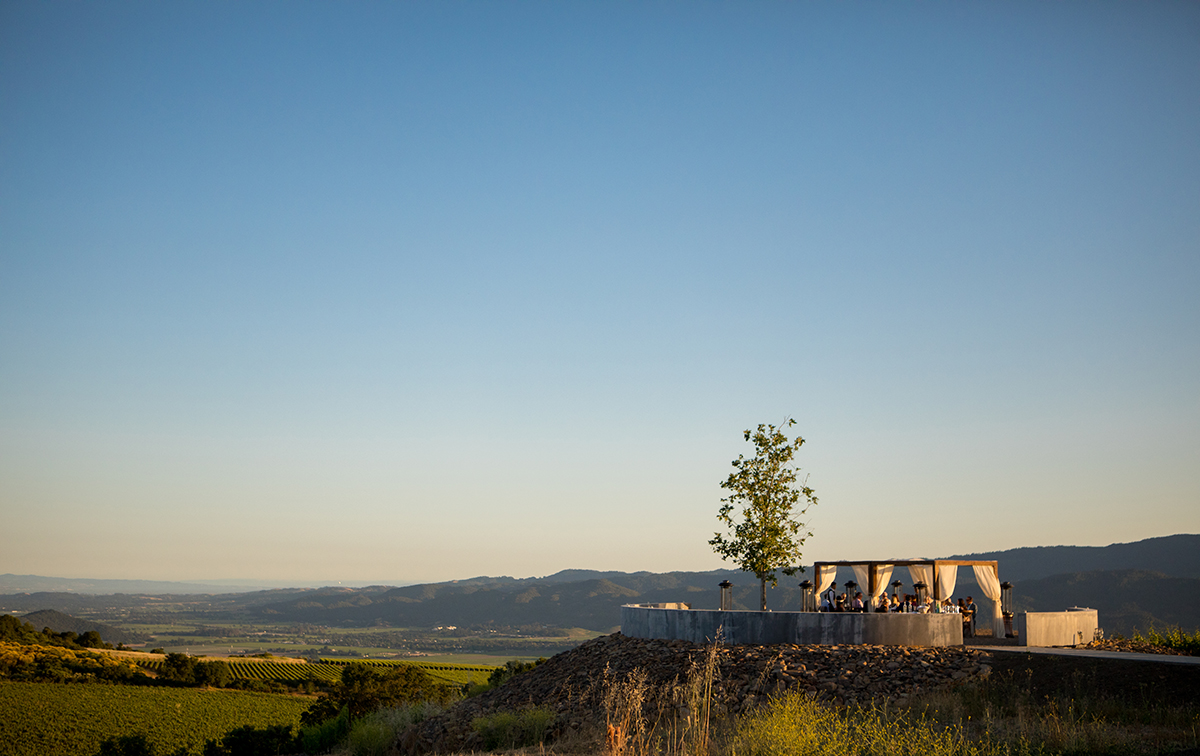





Recent Comments